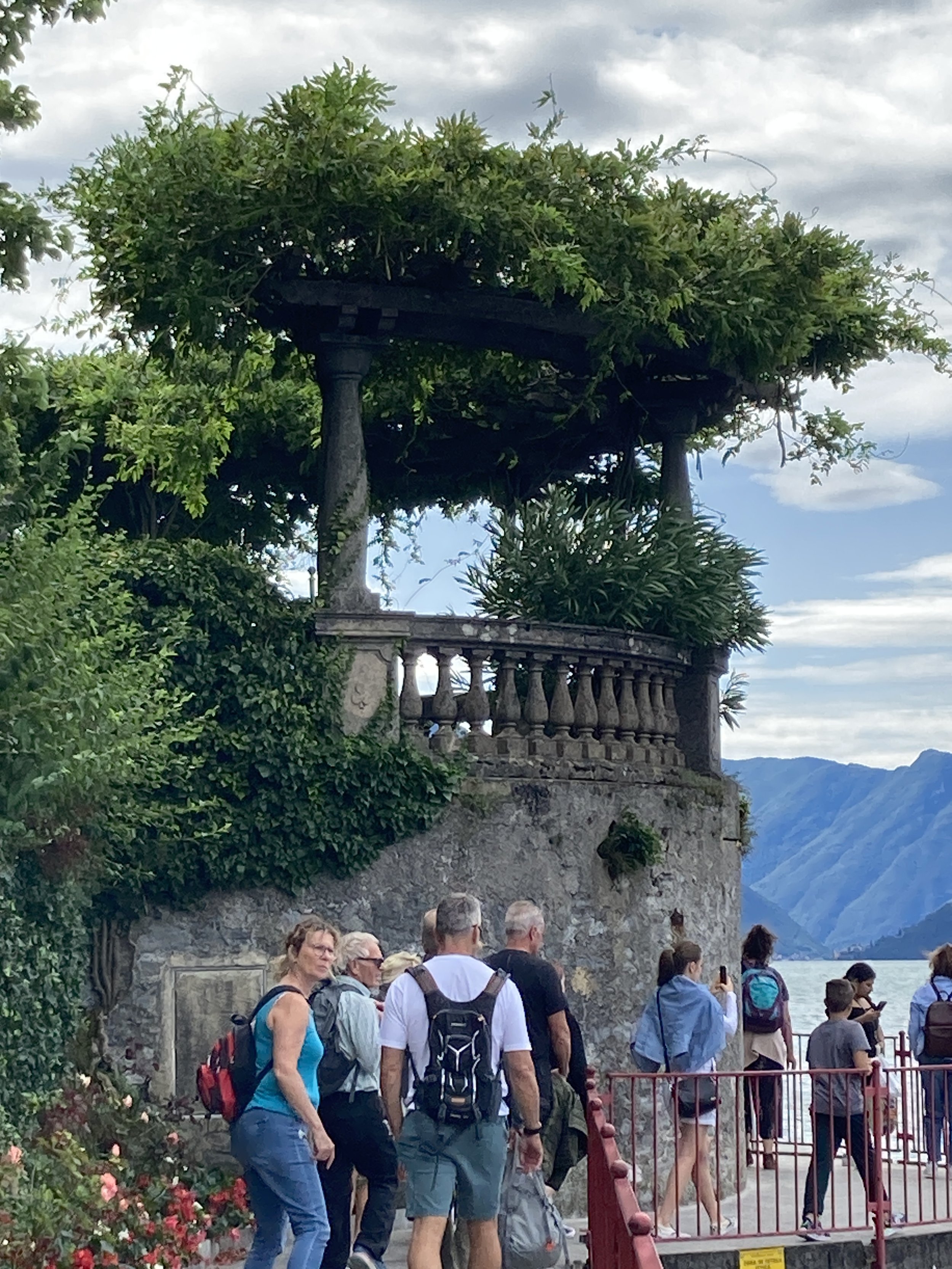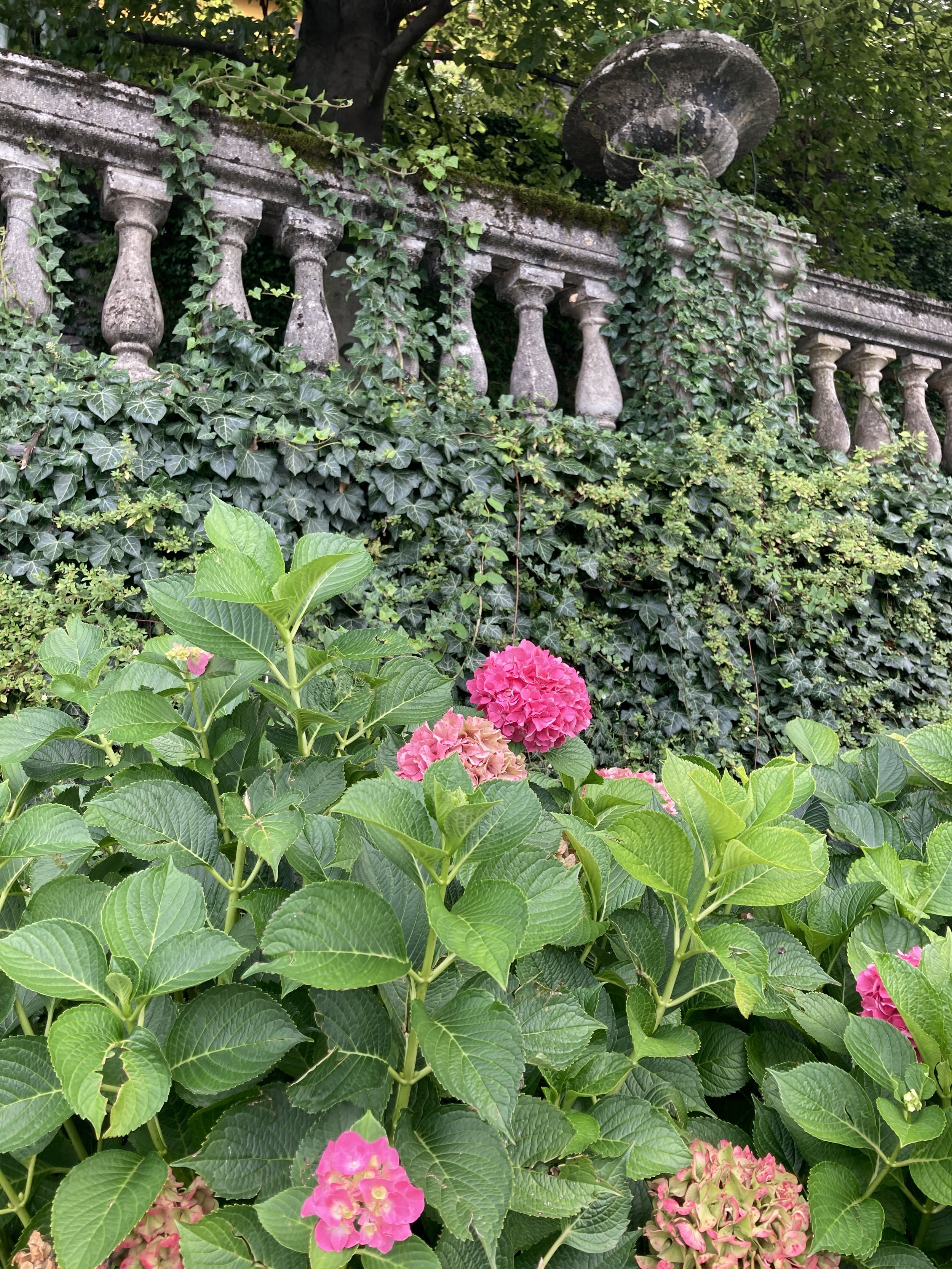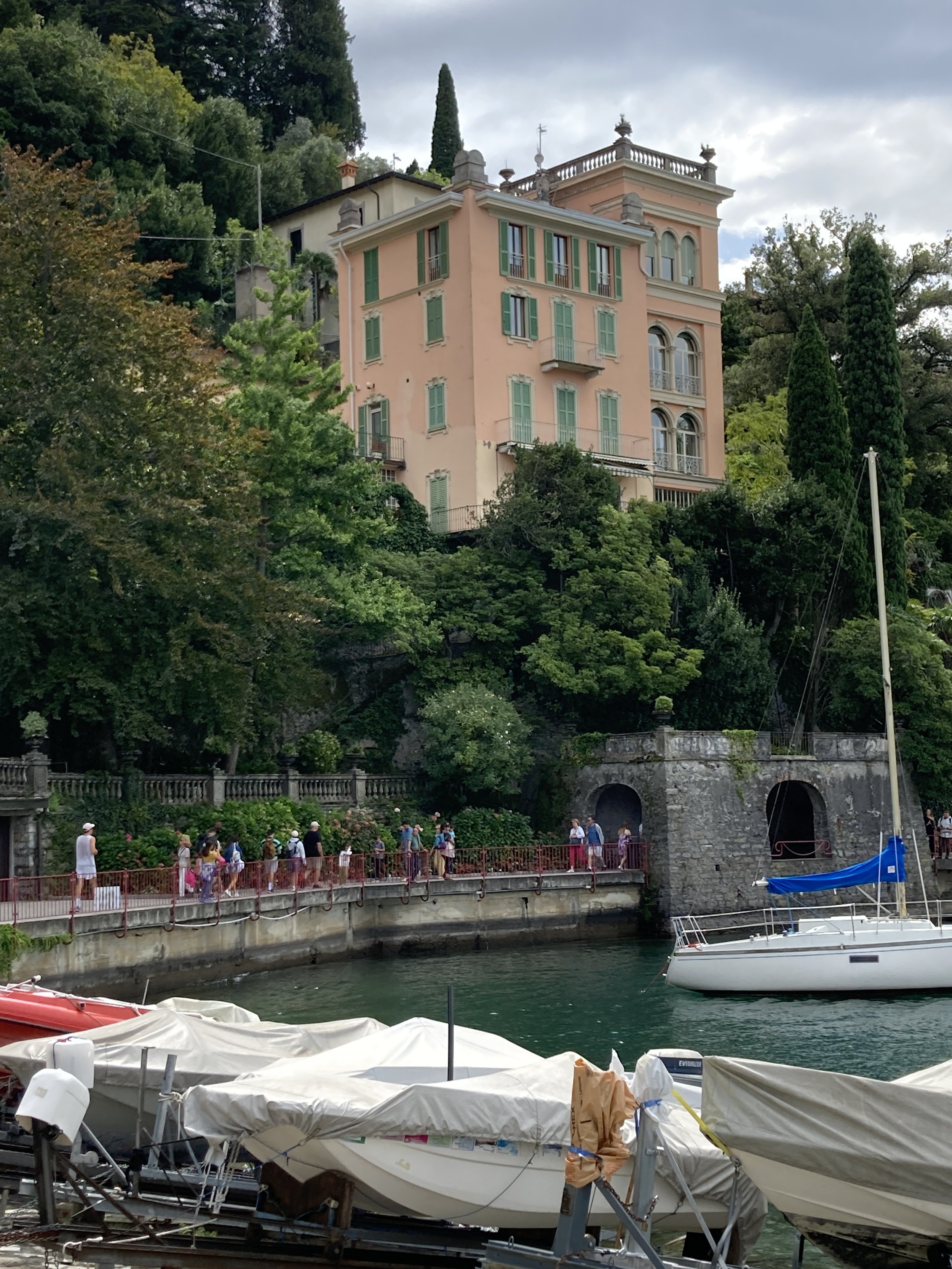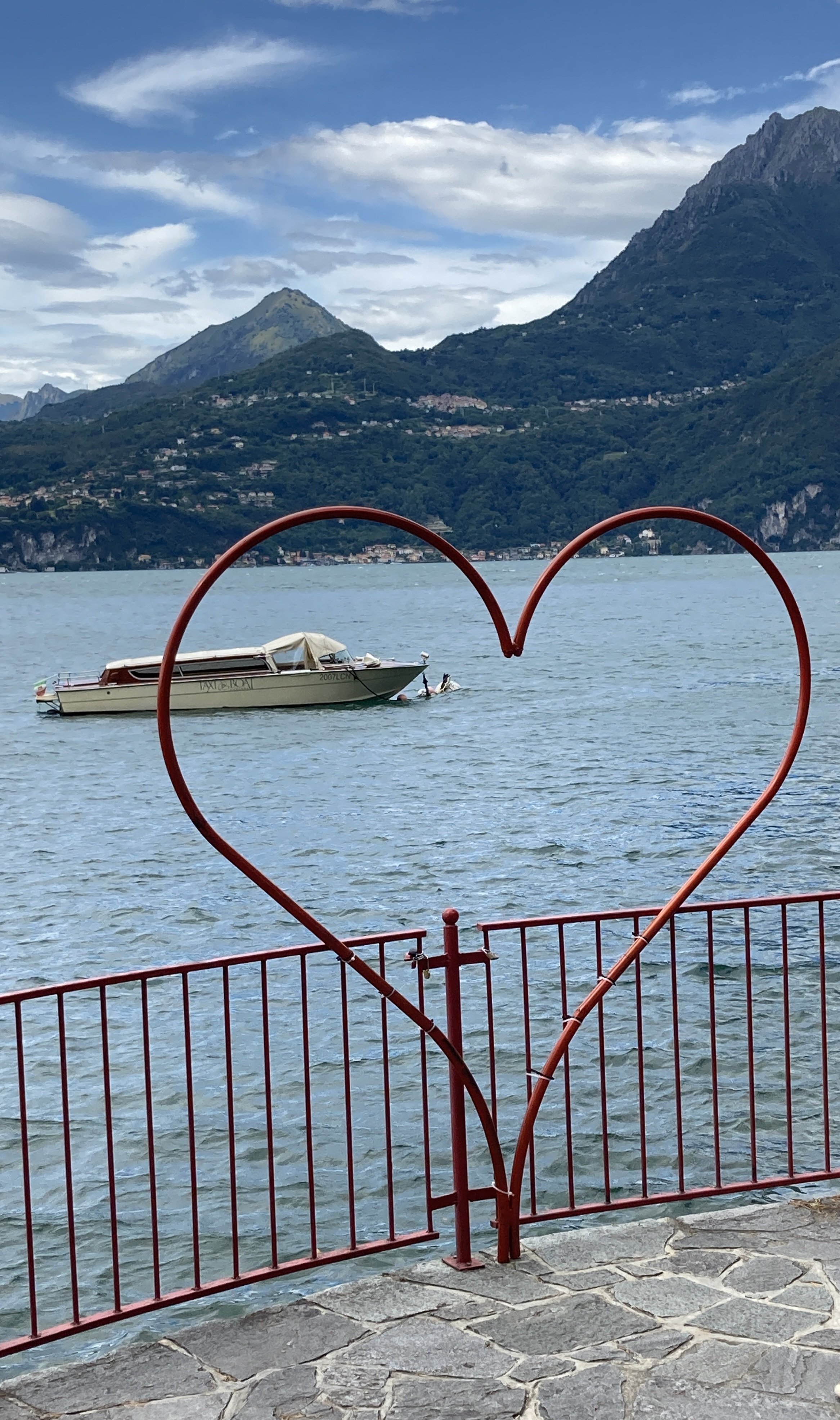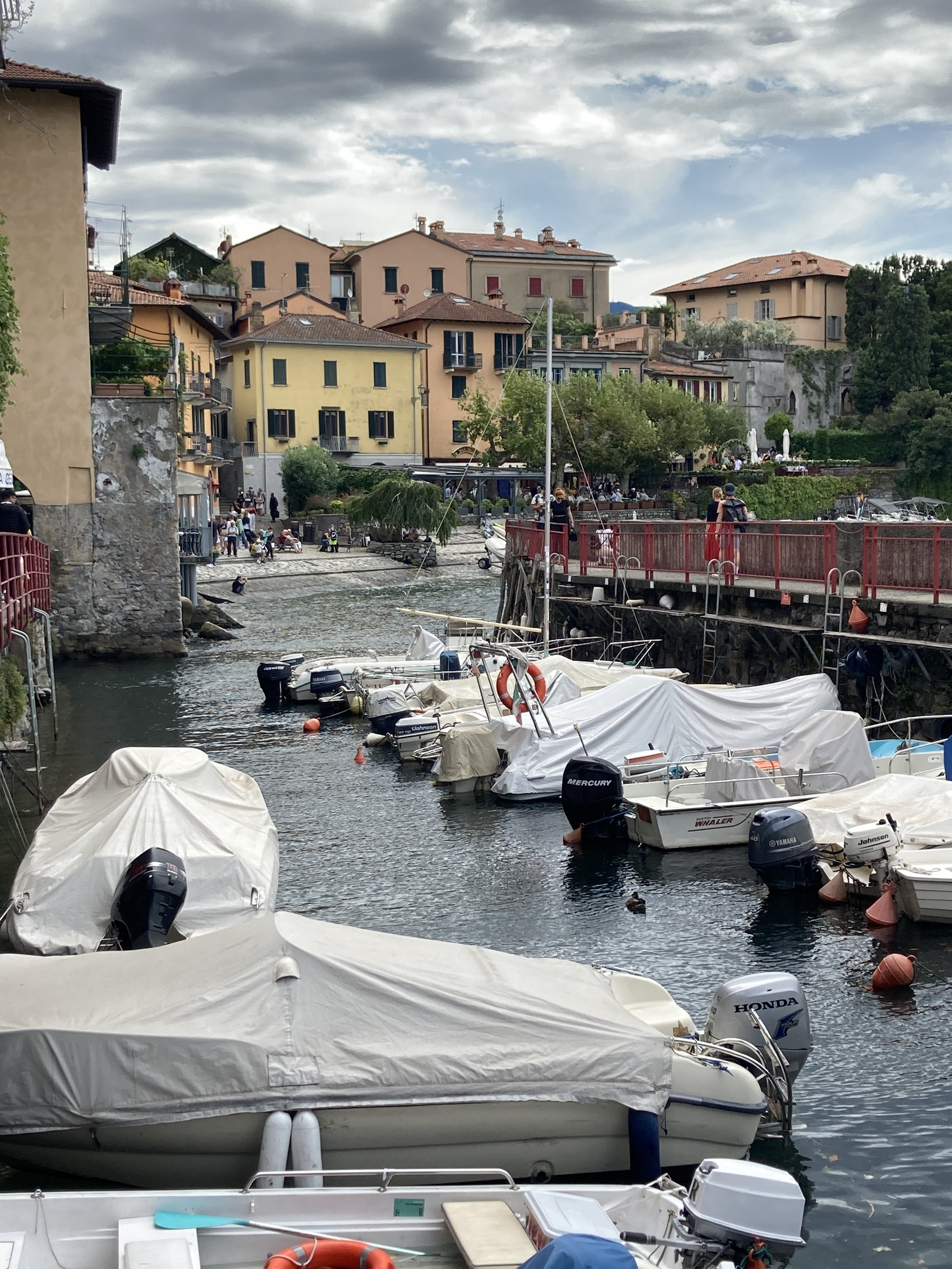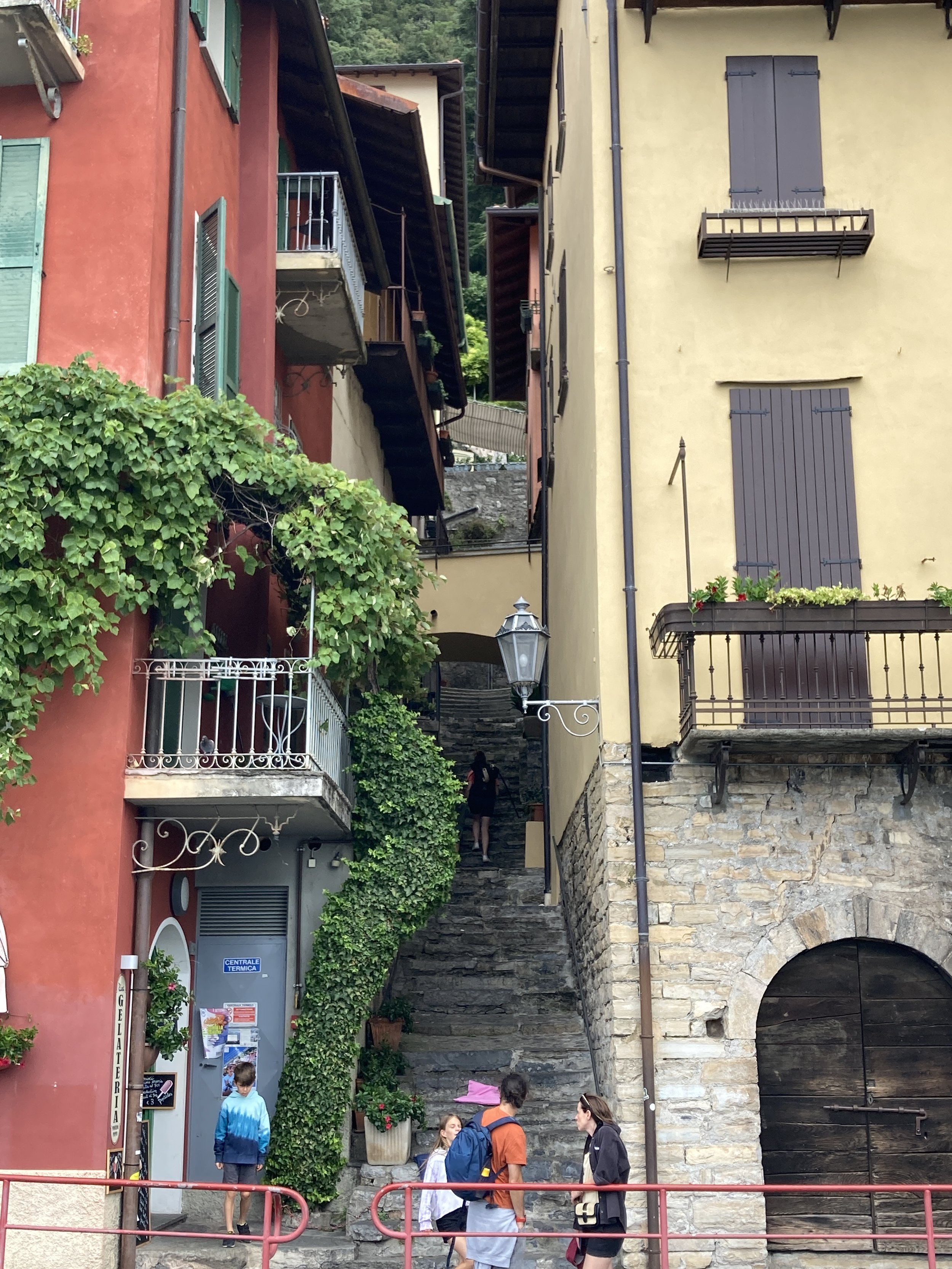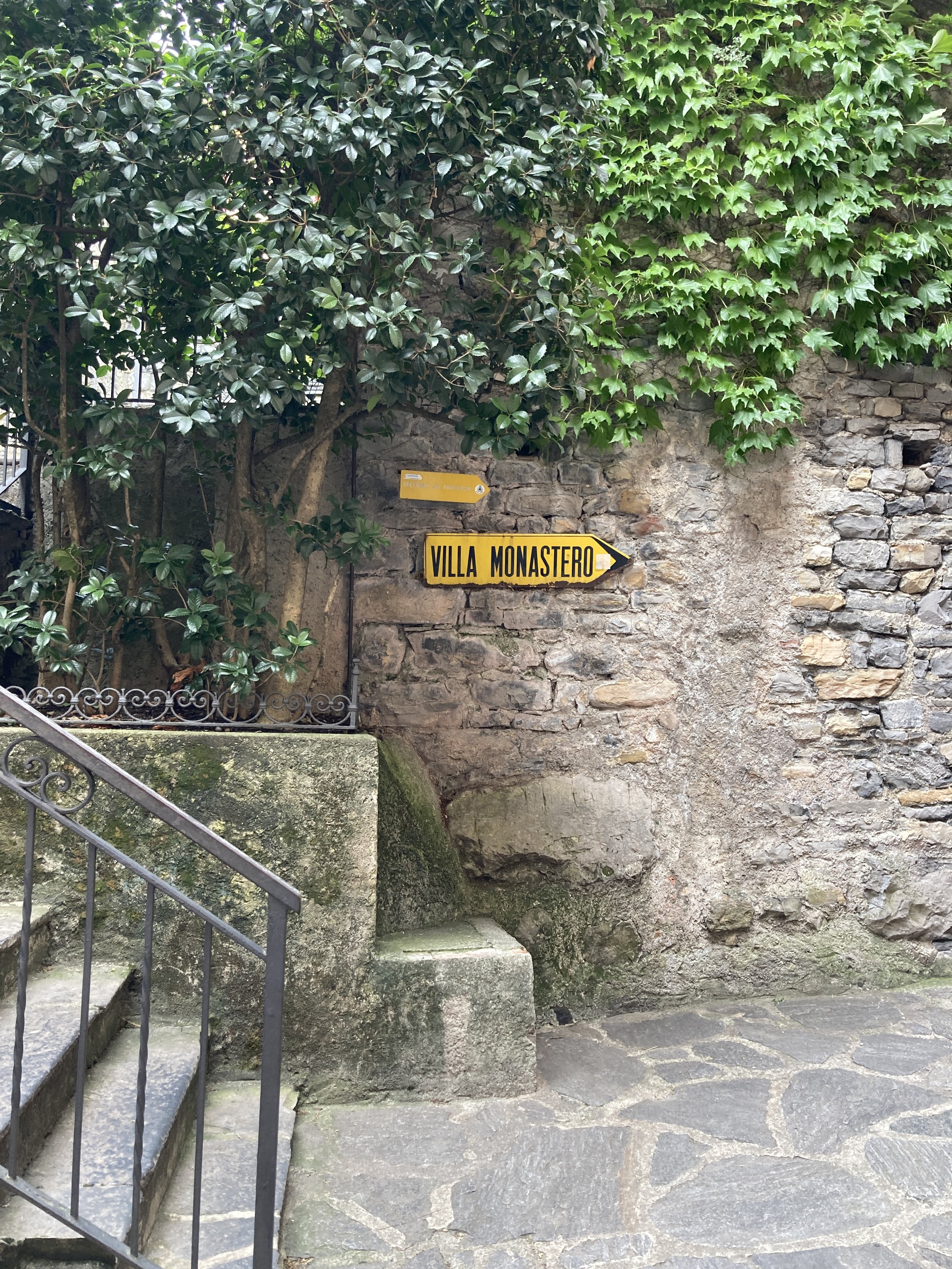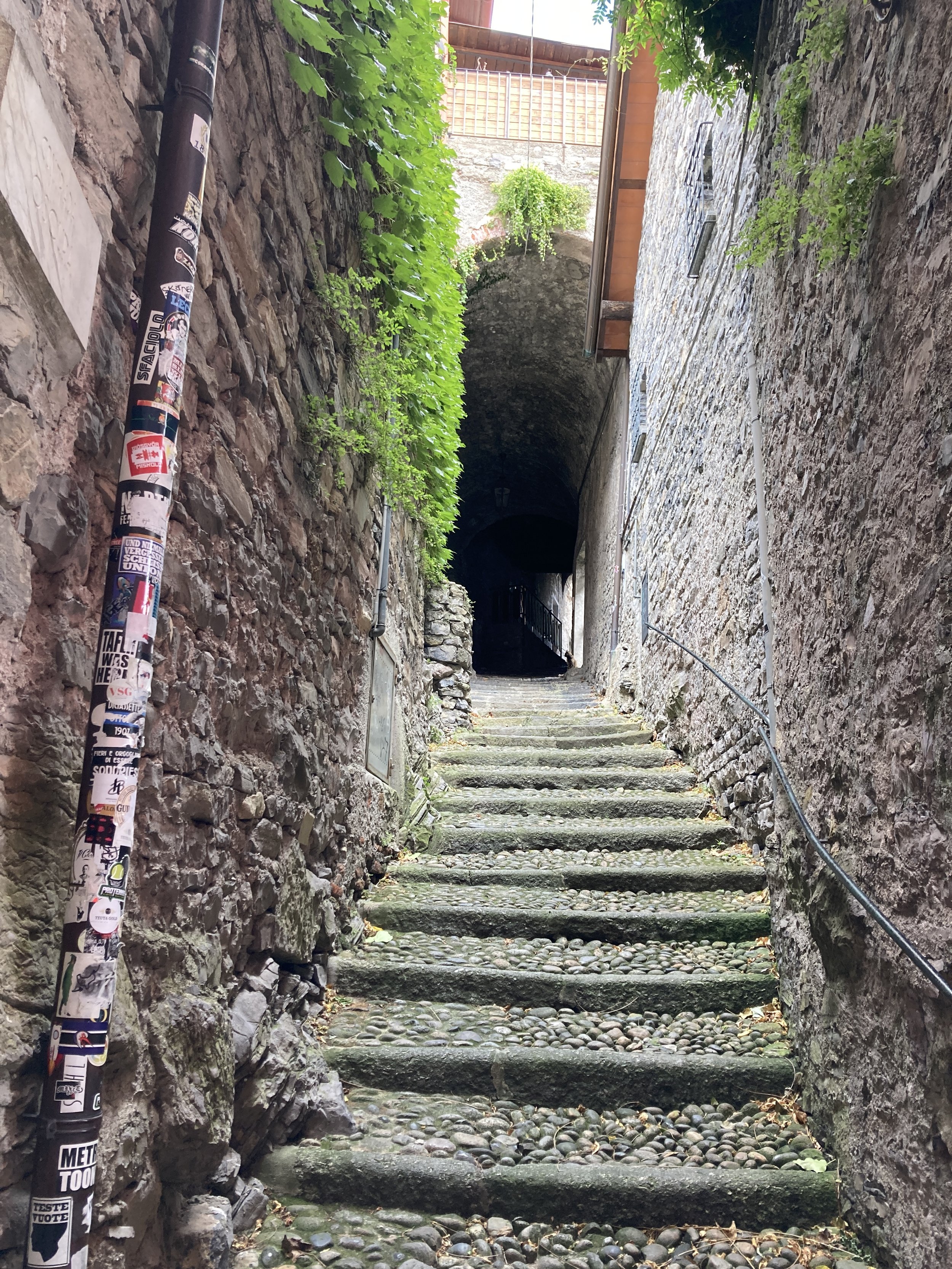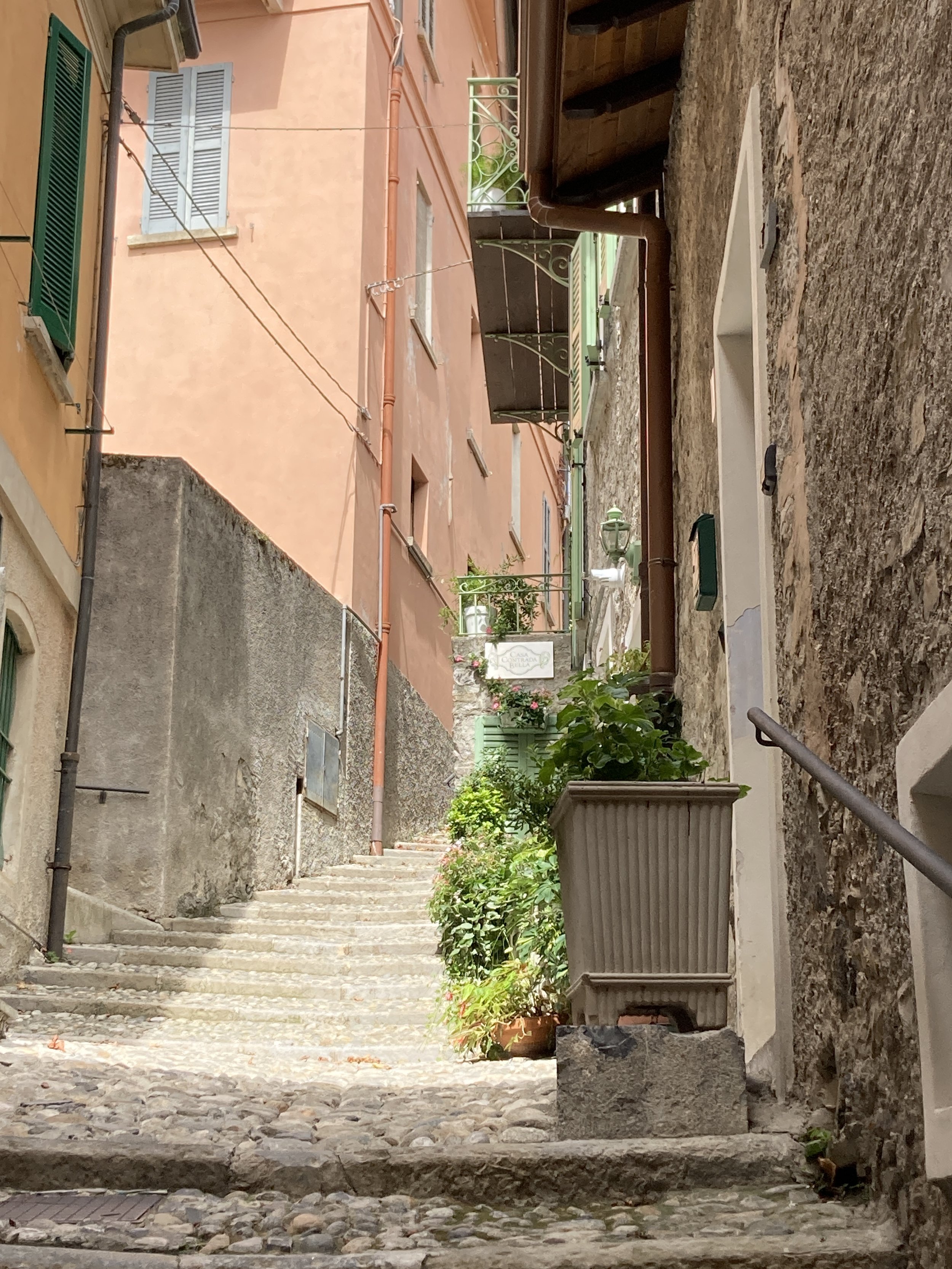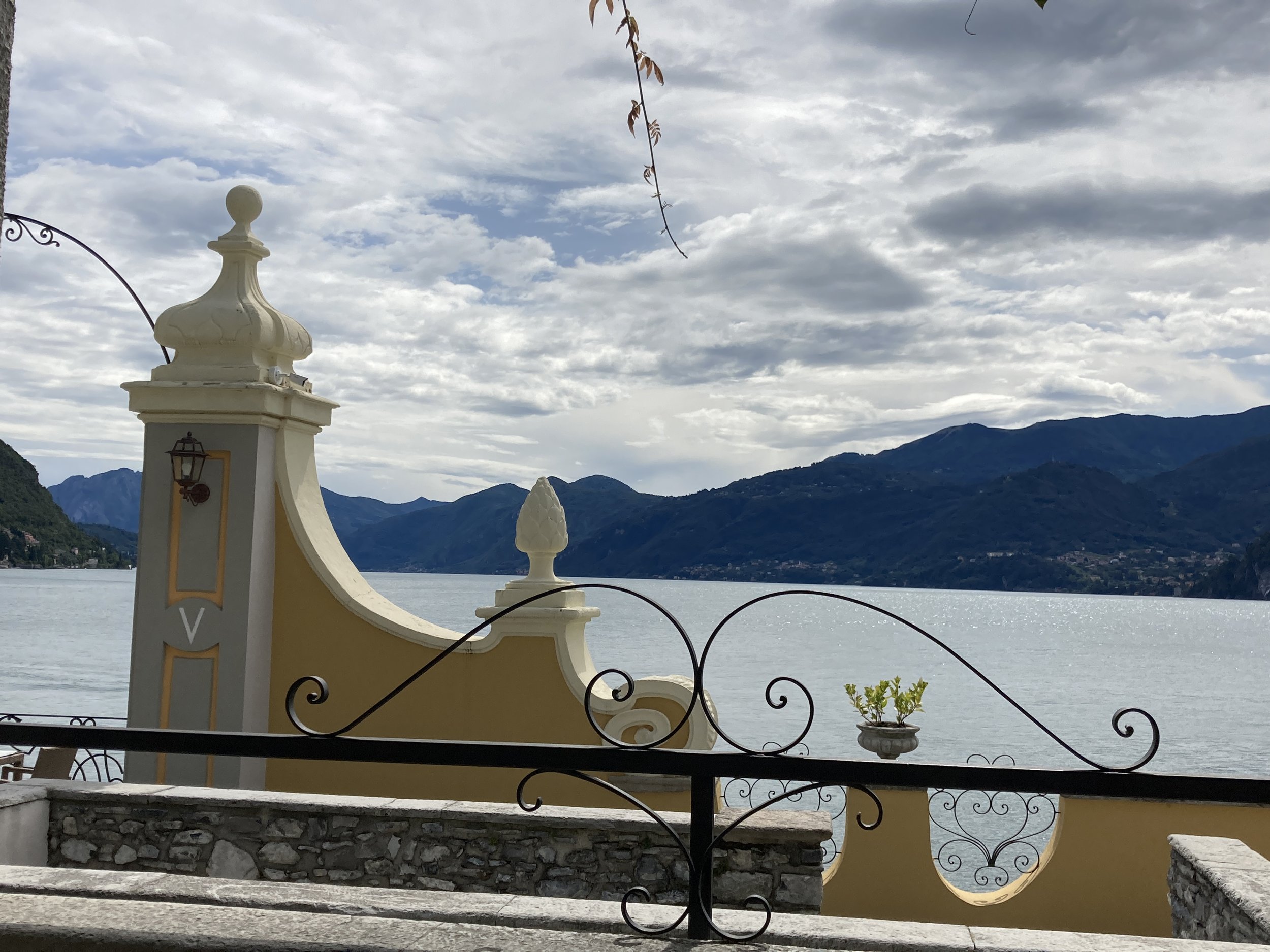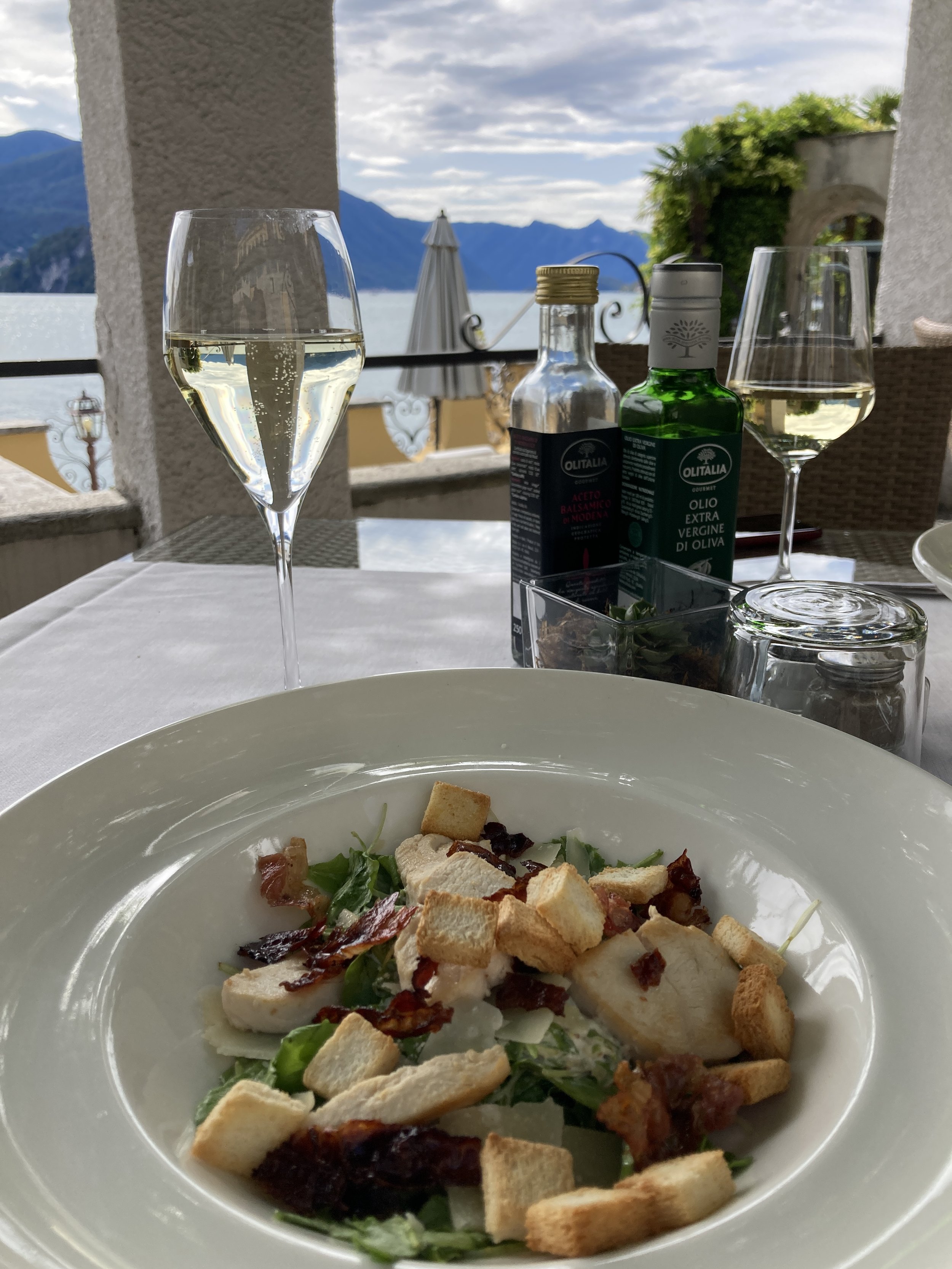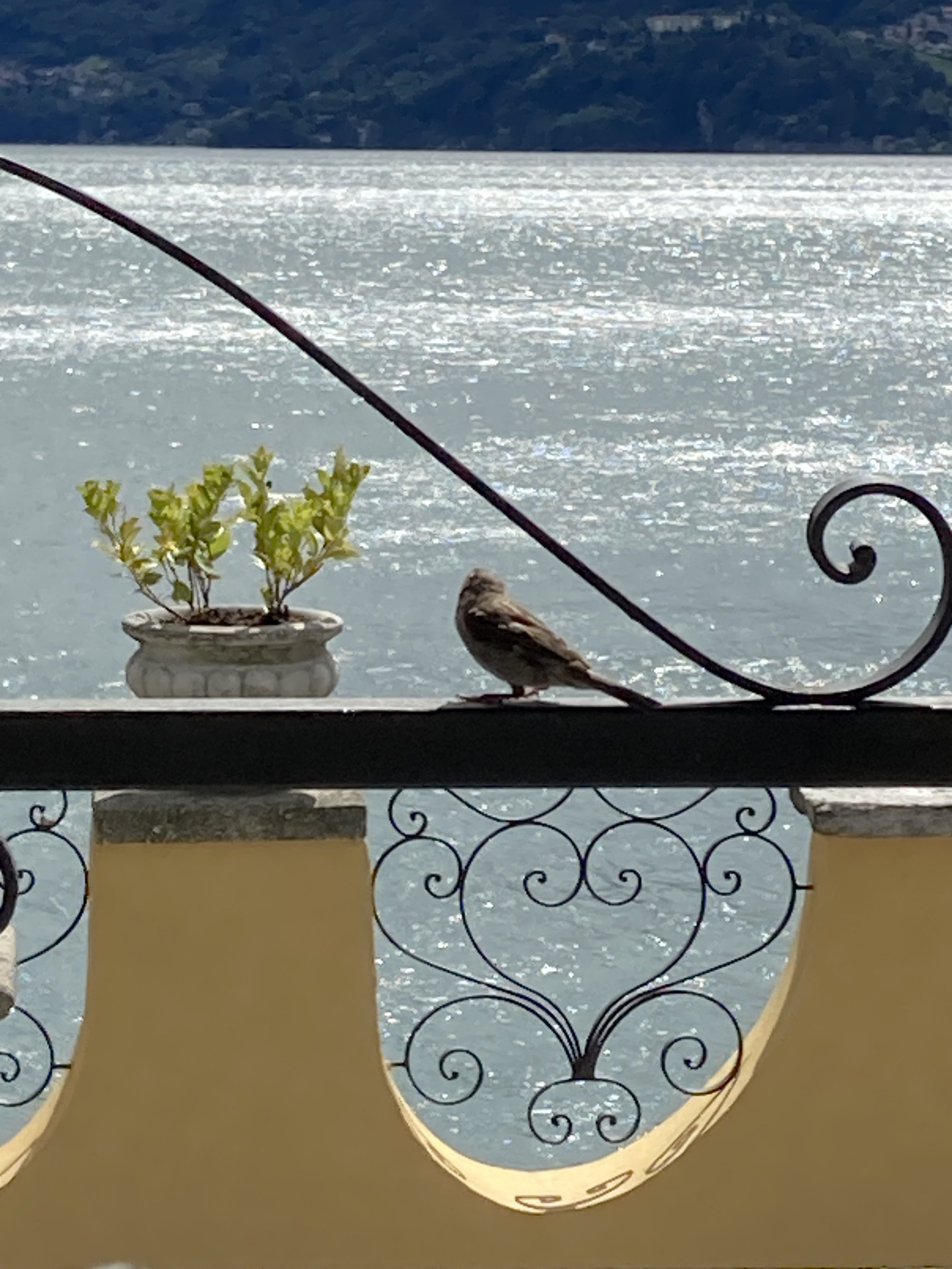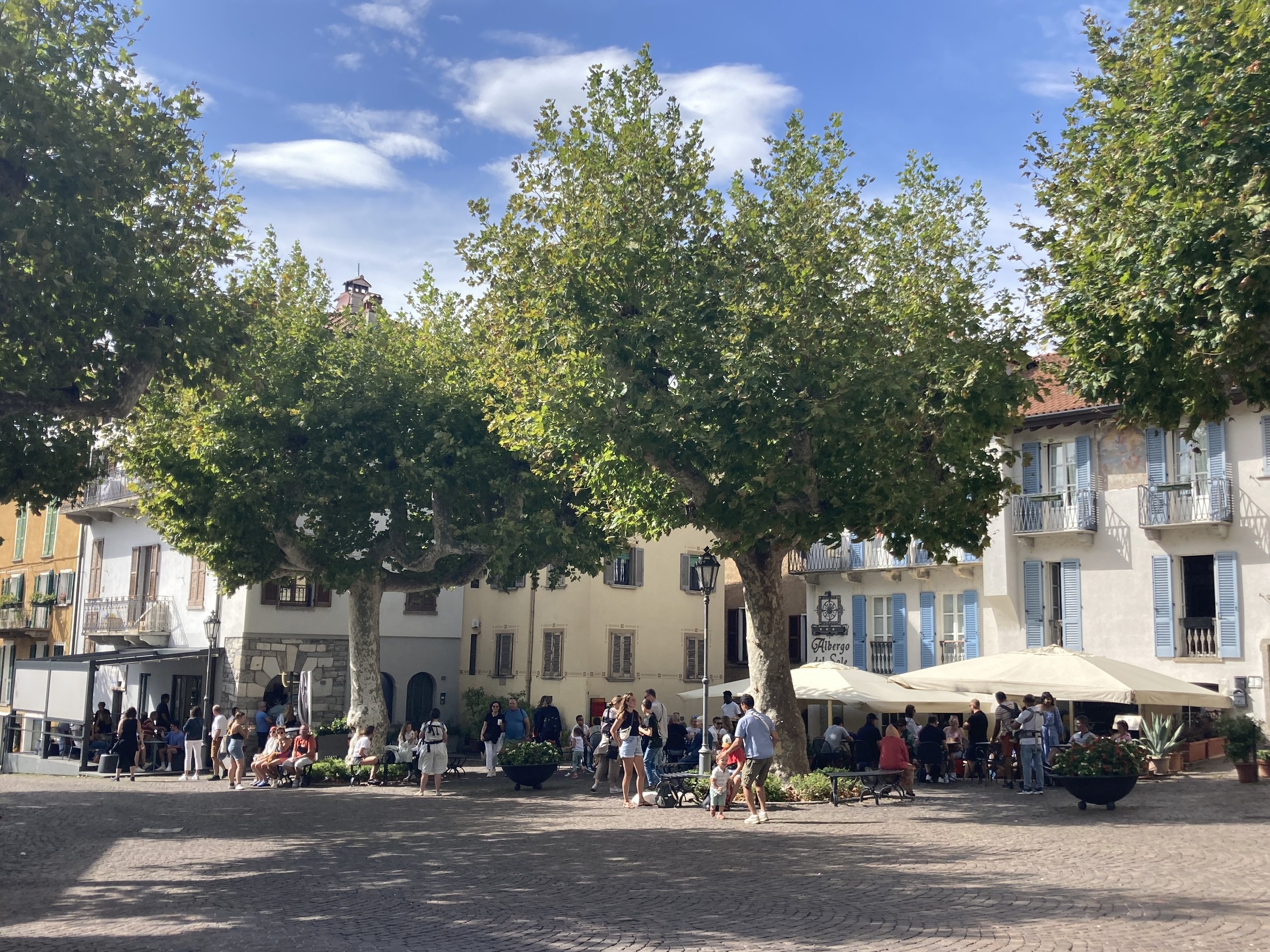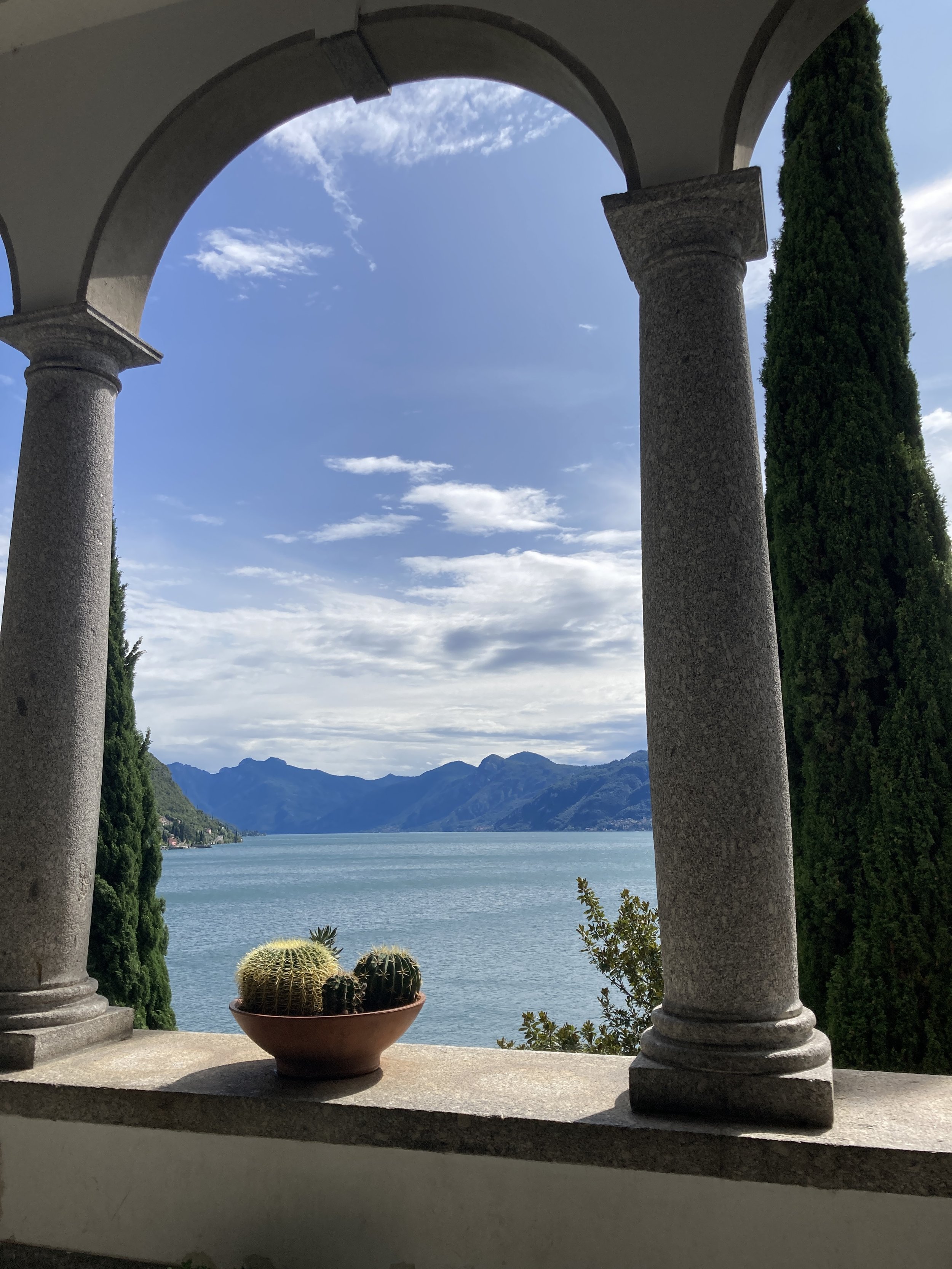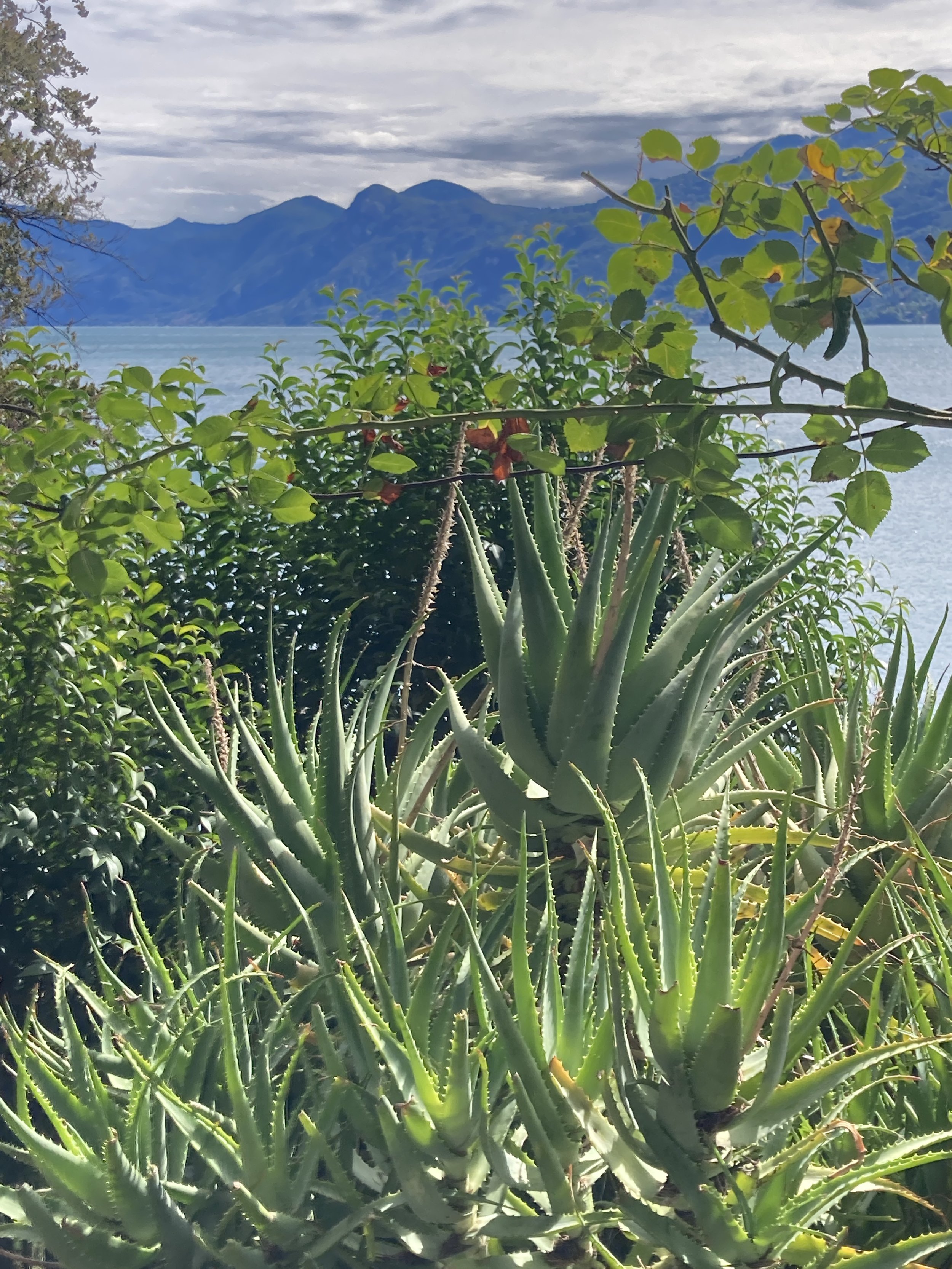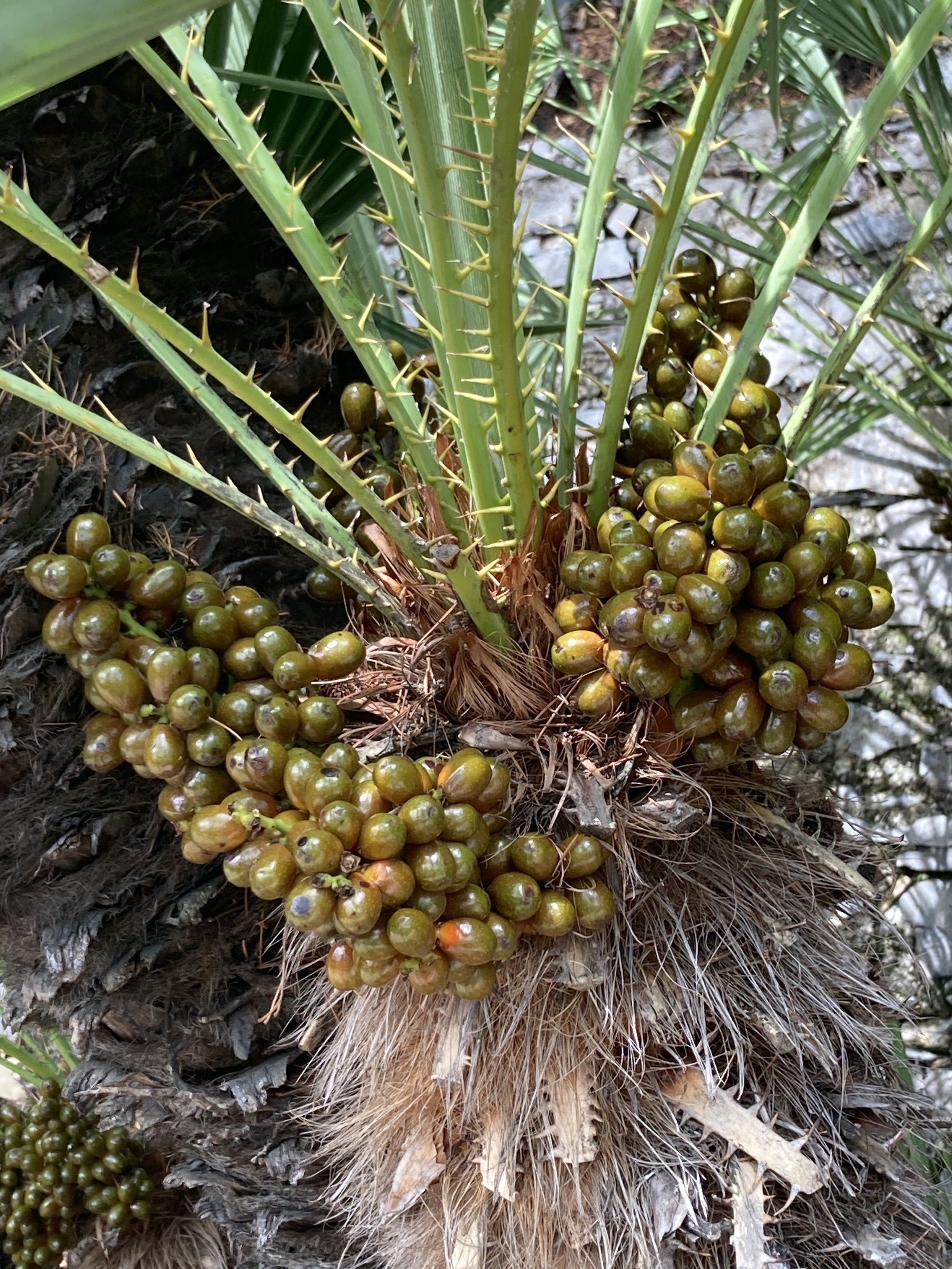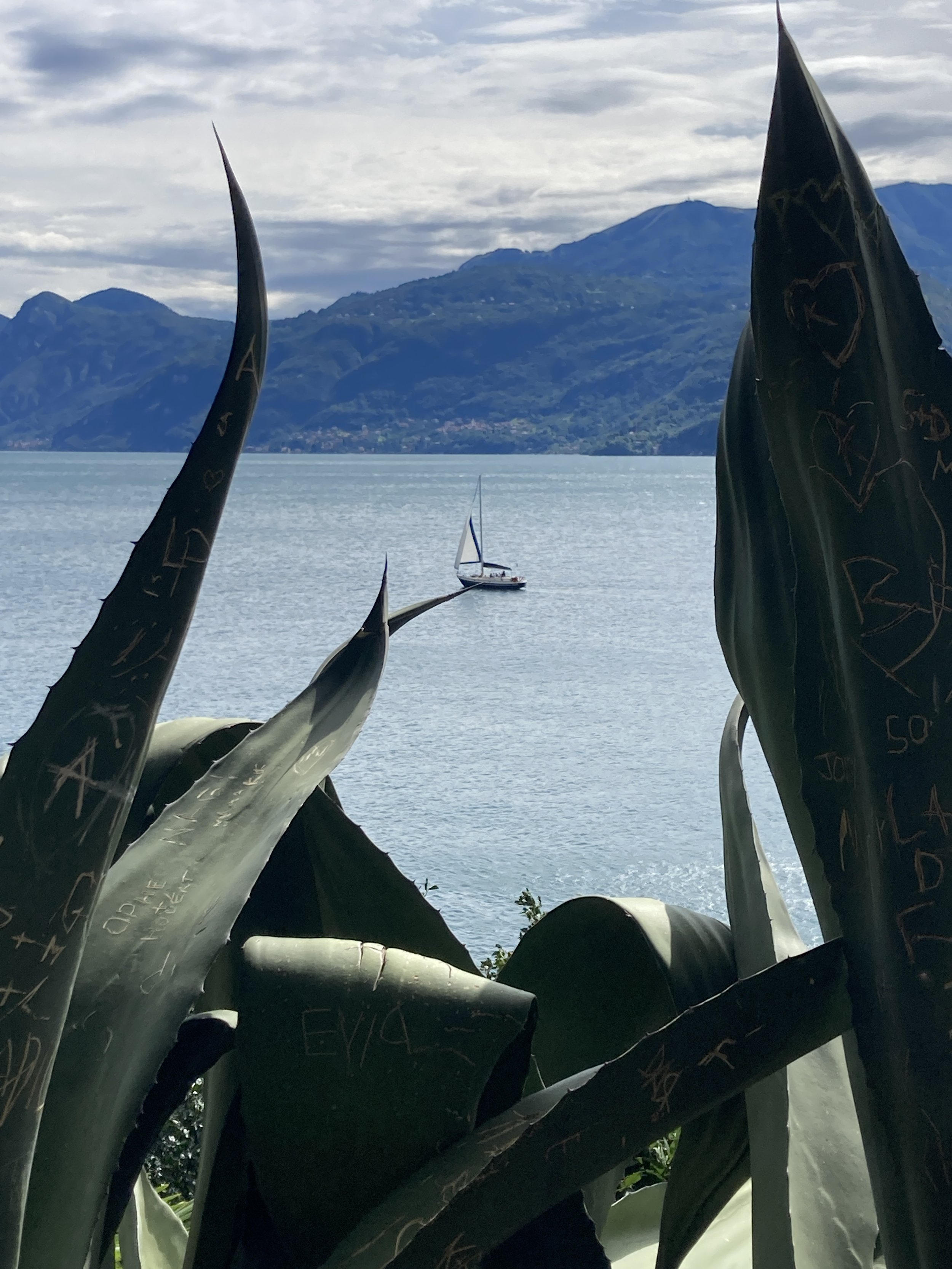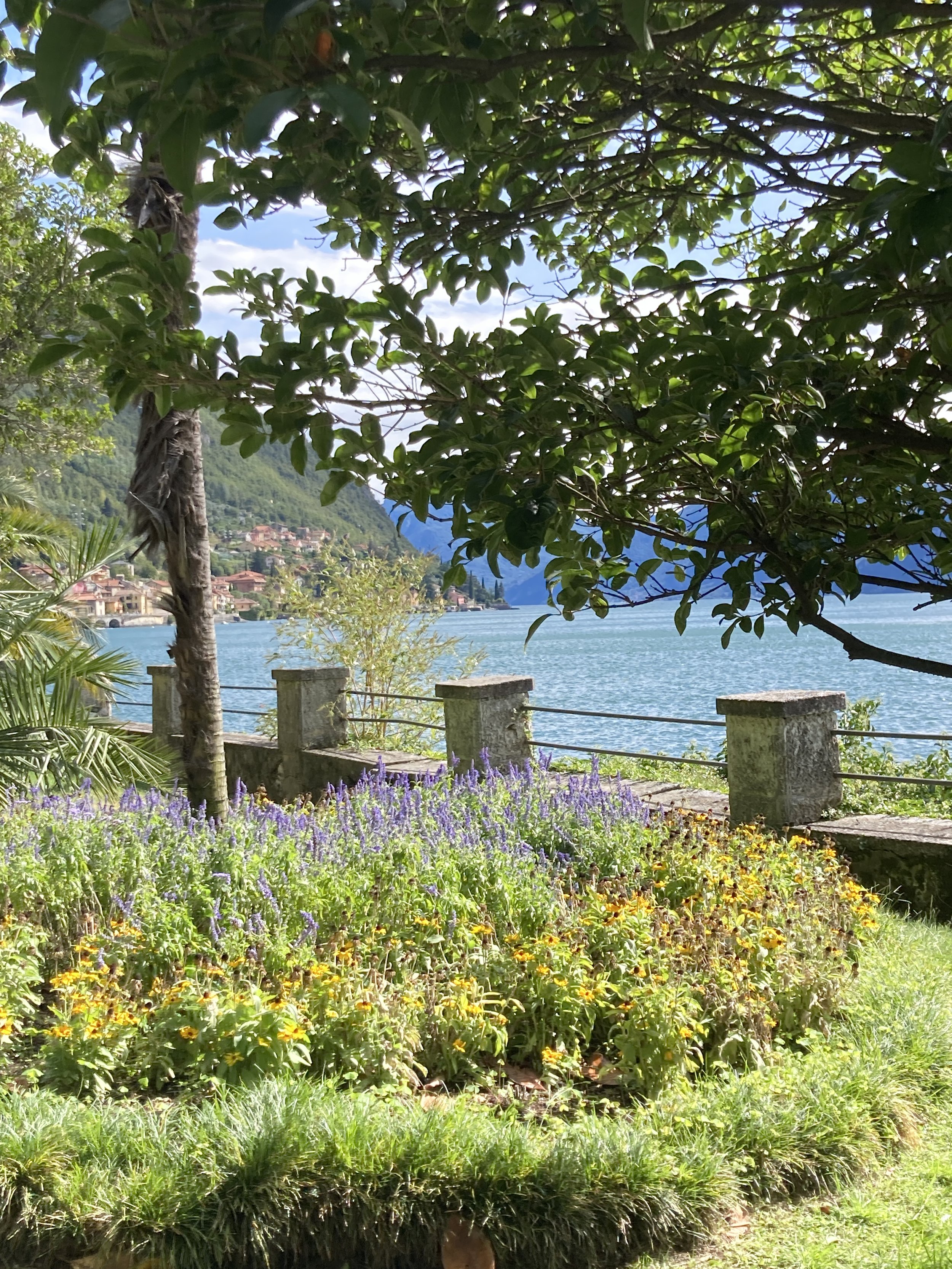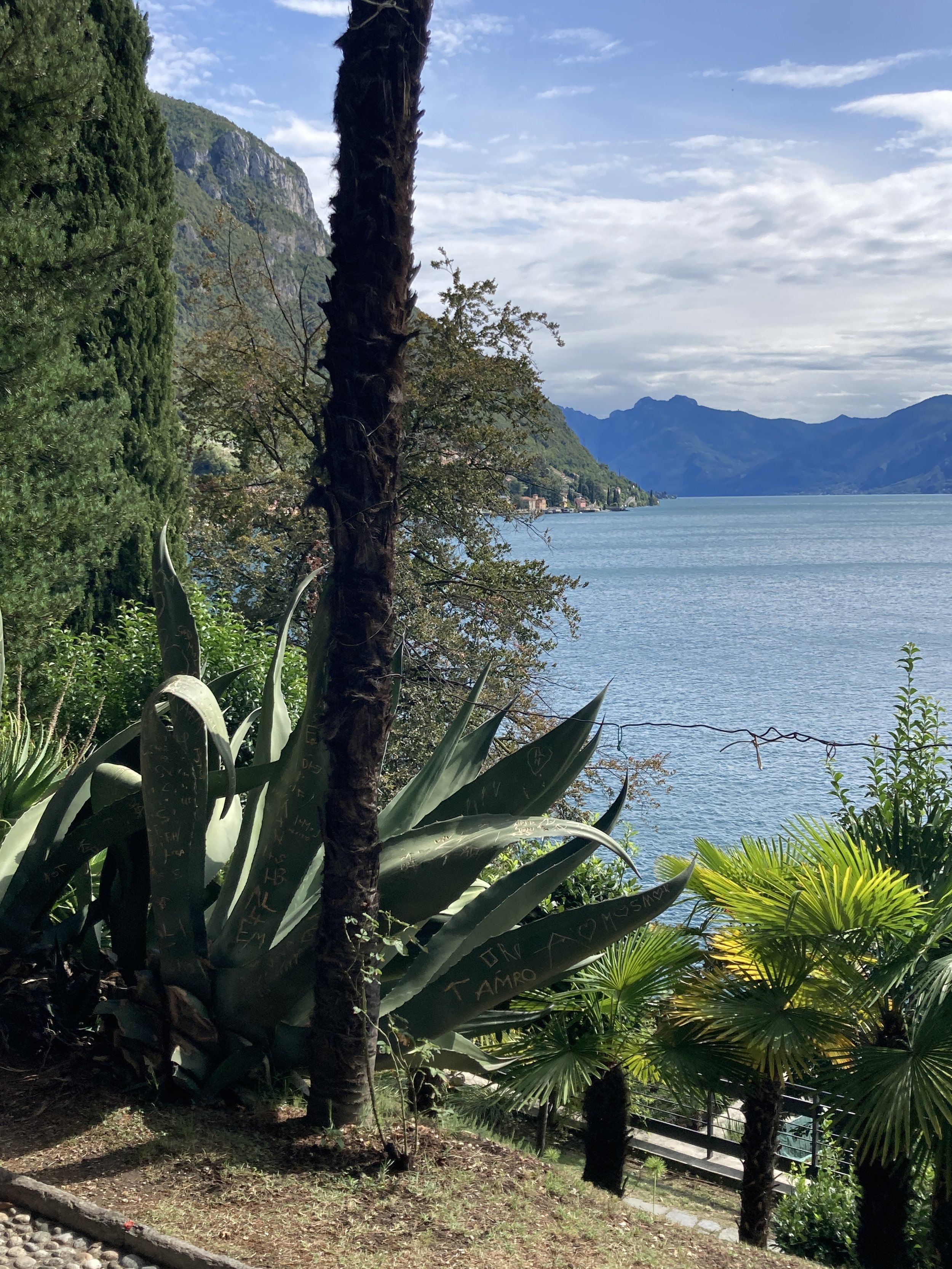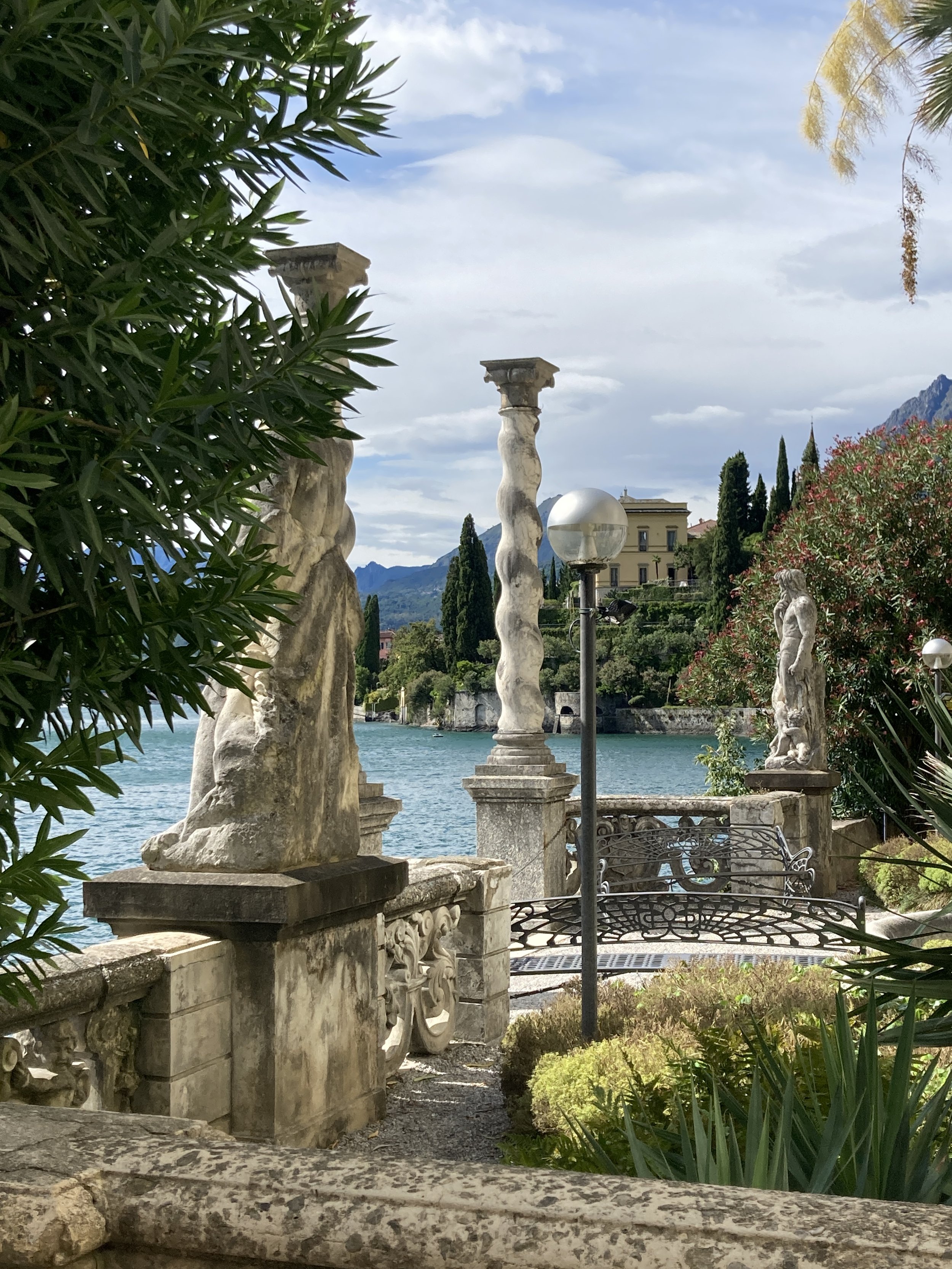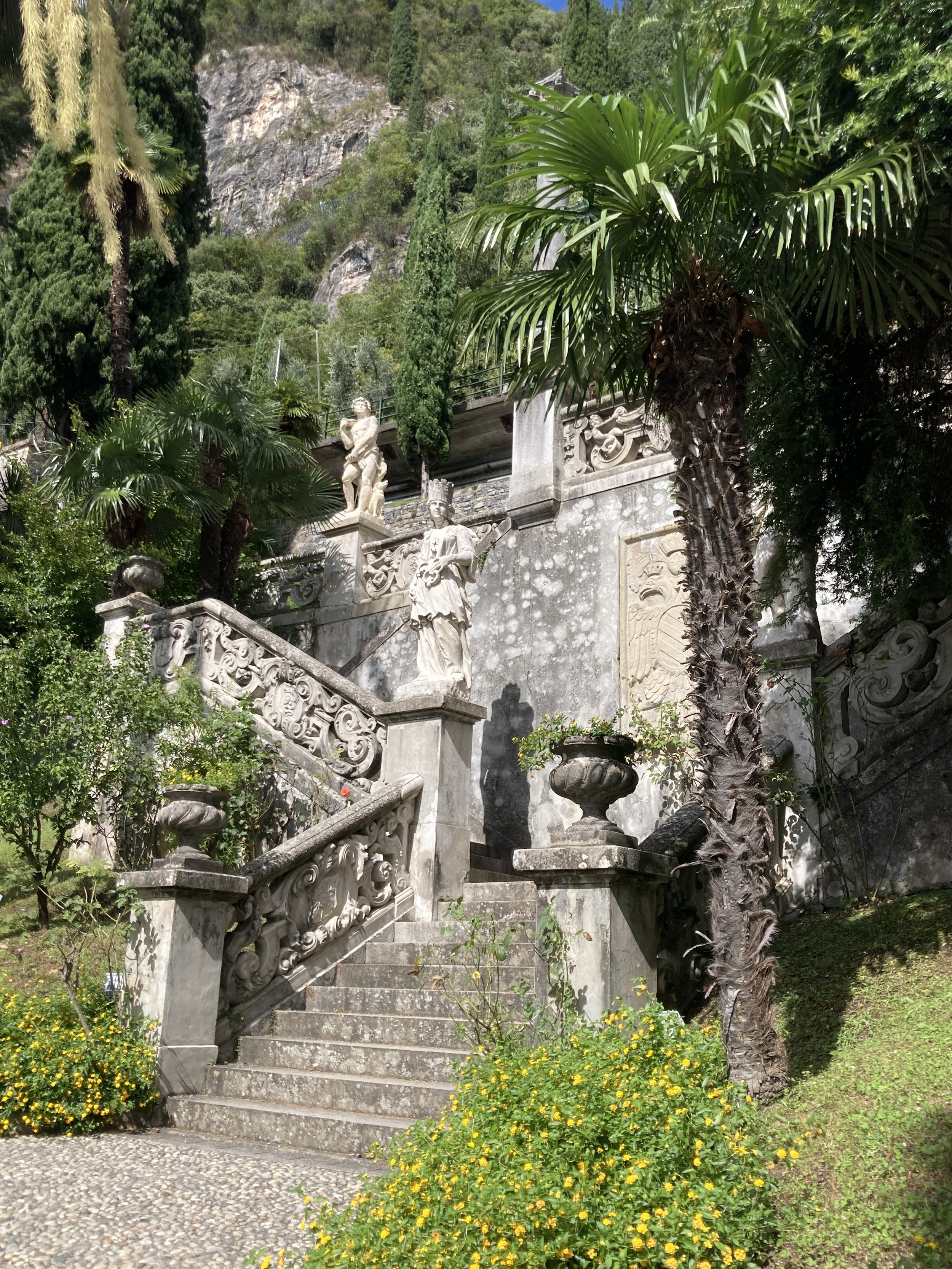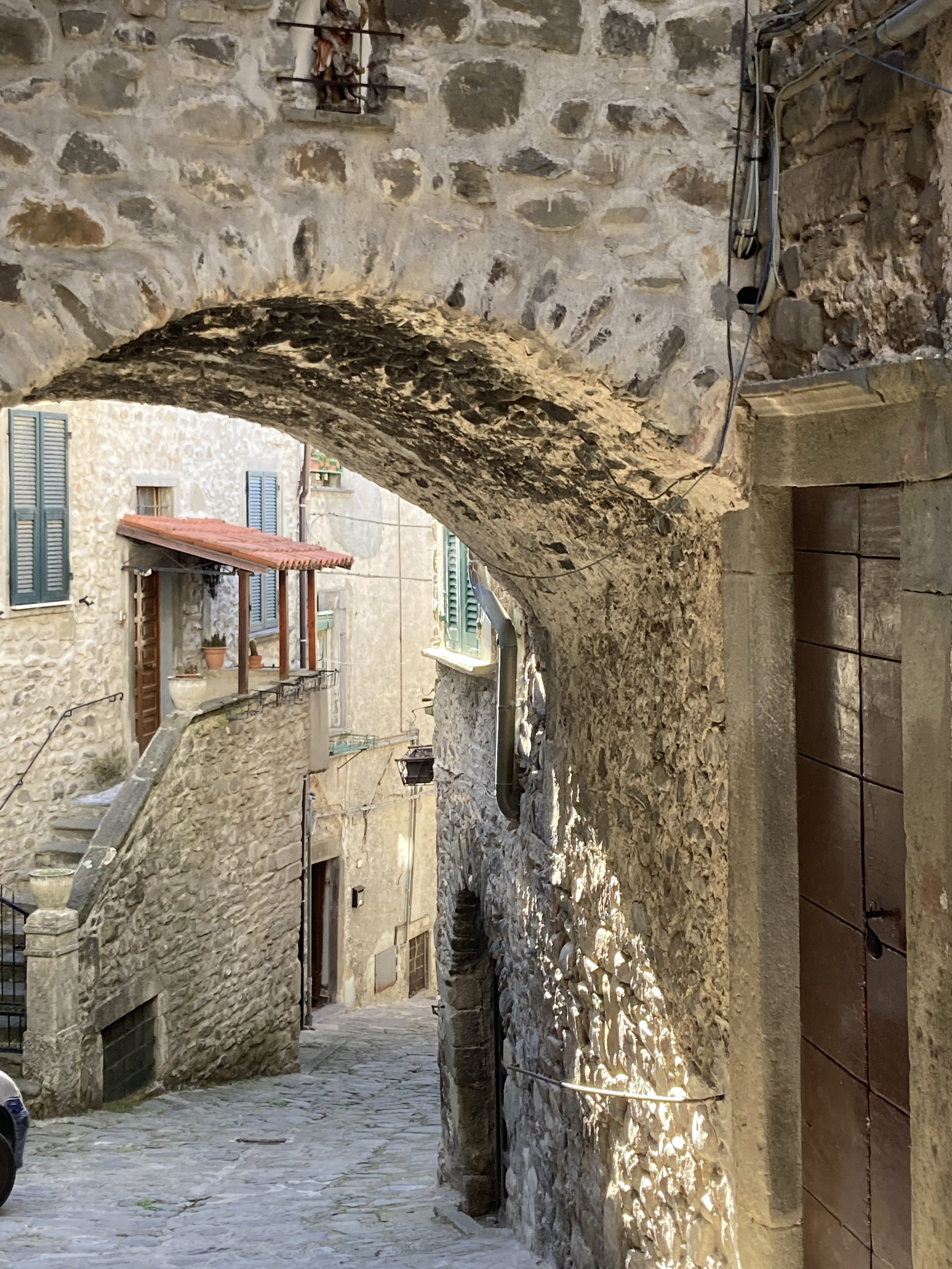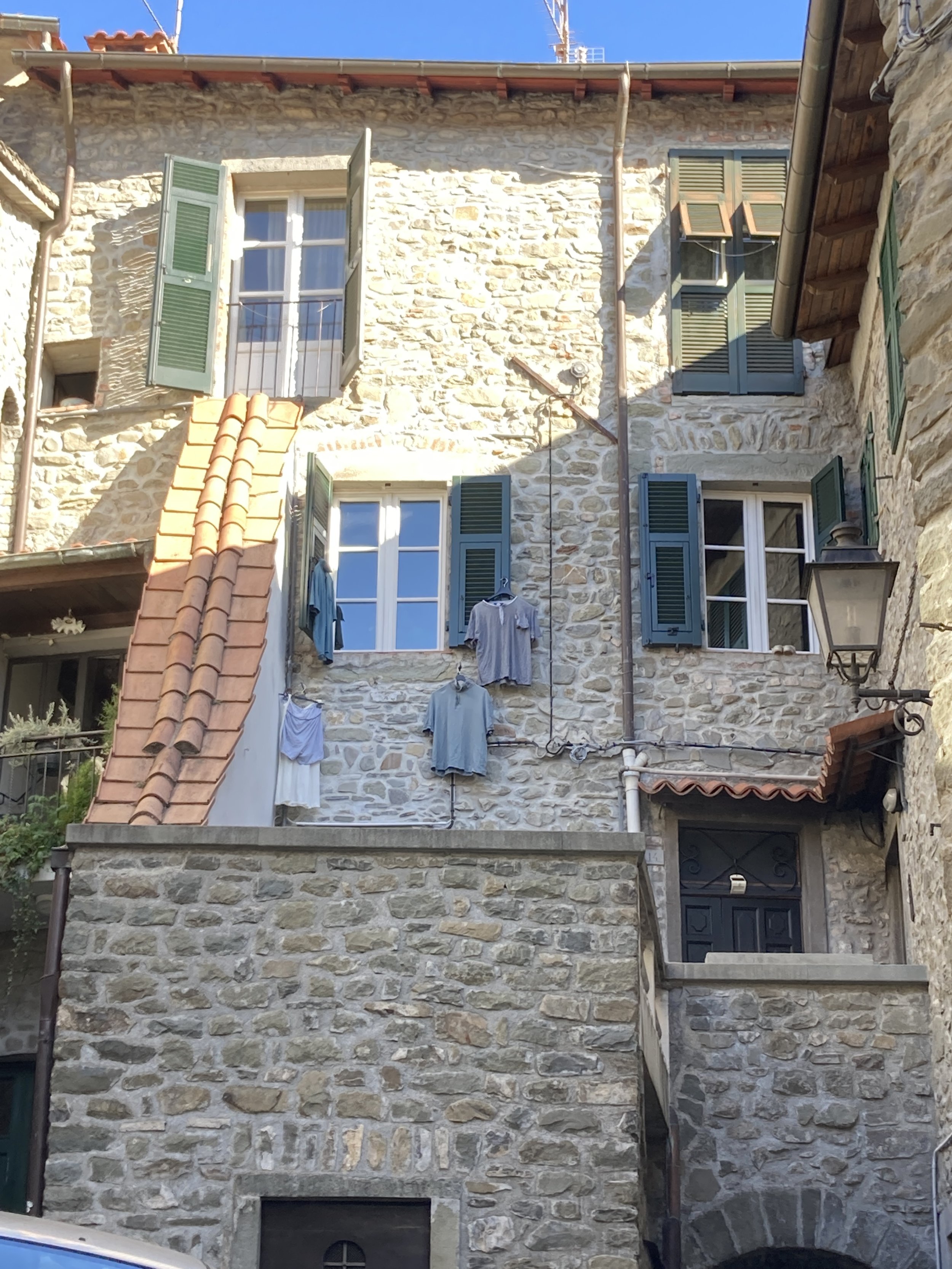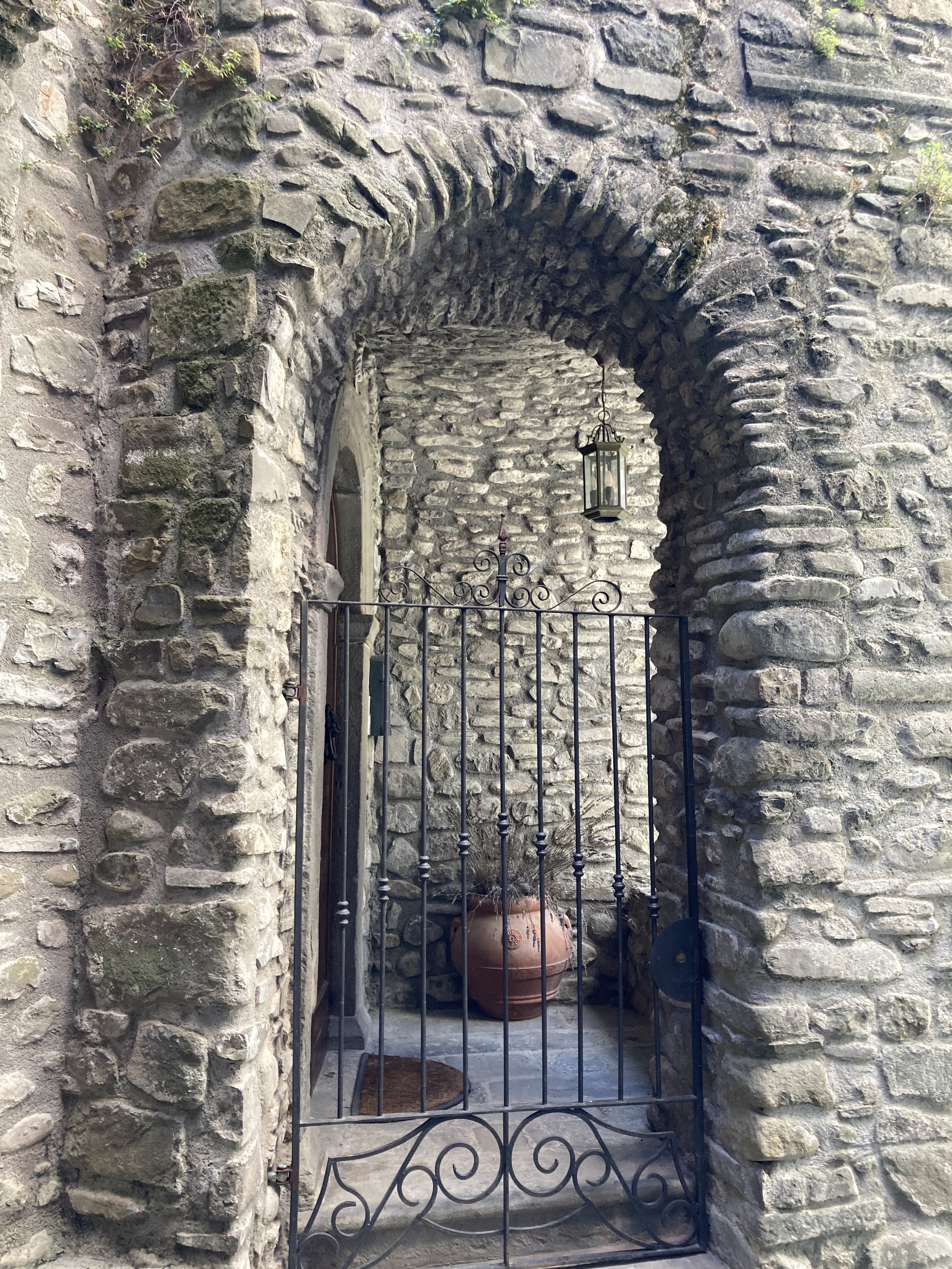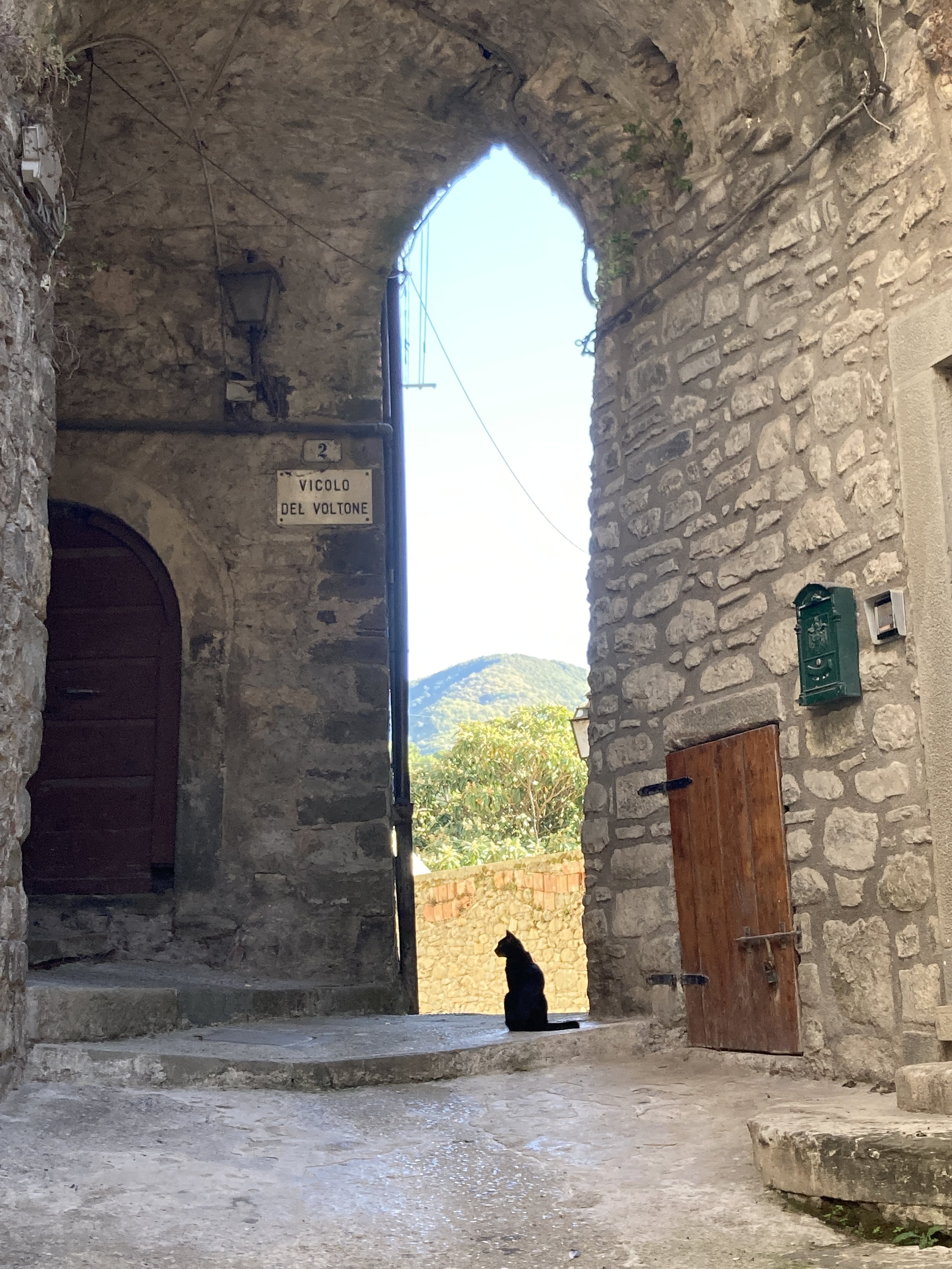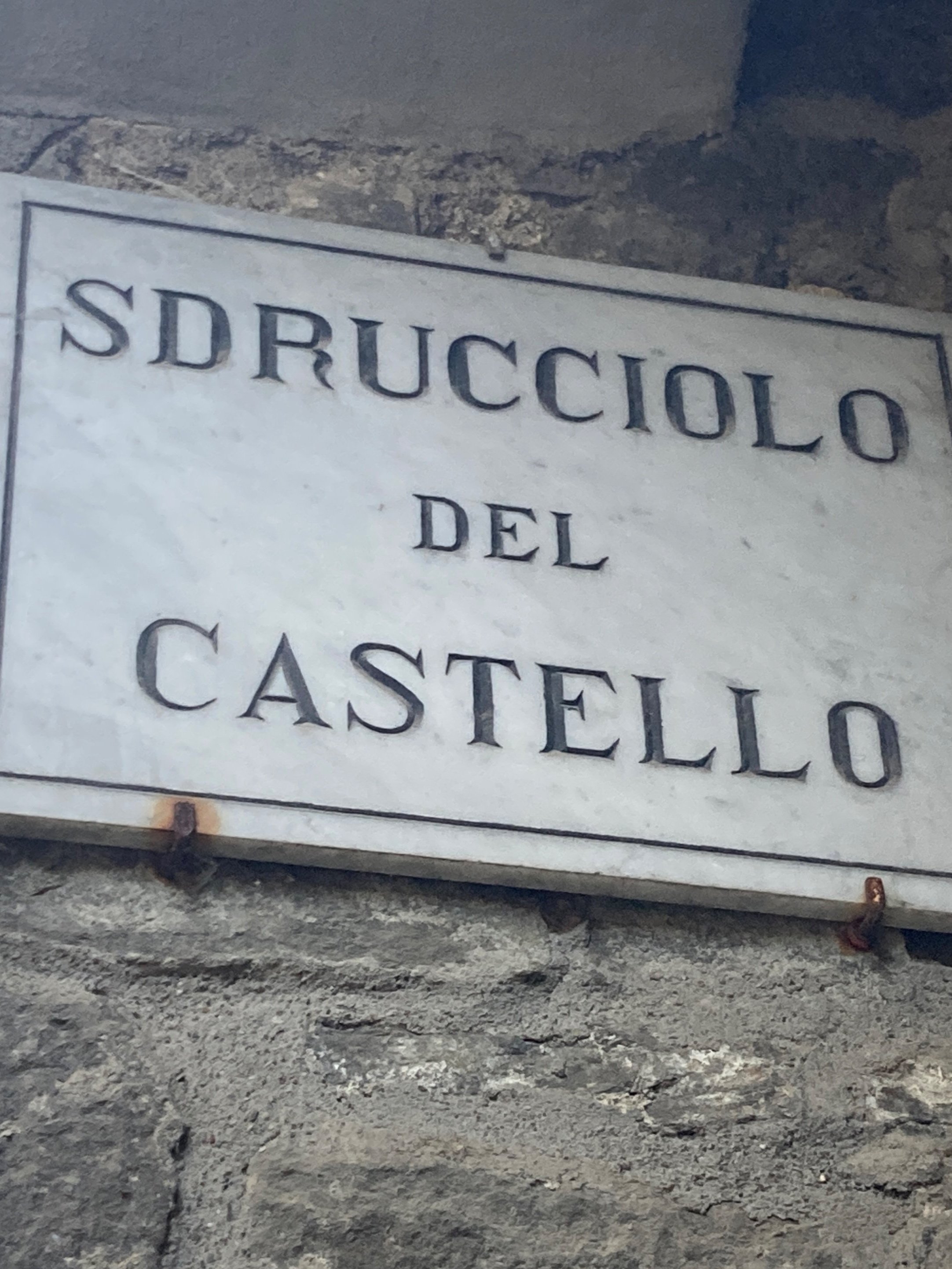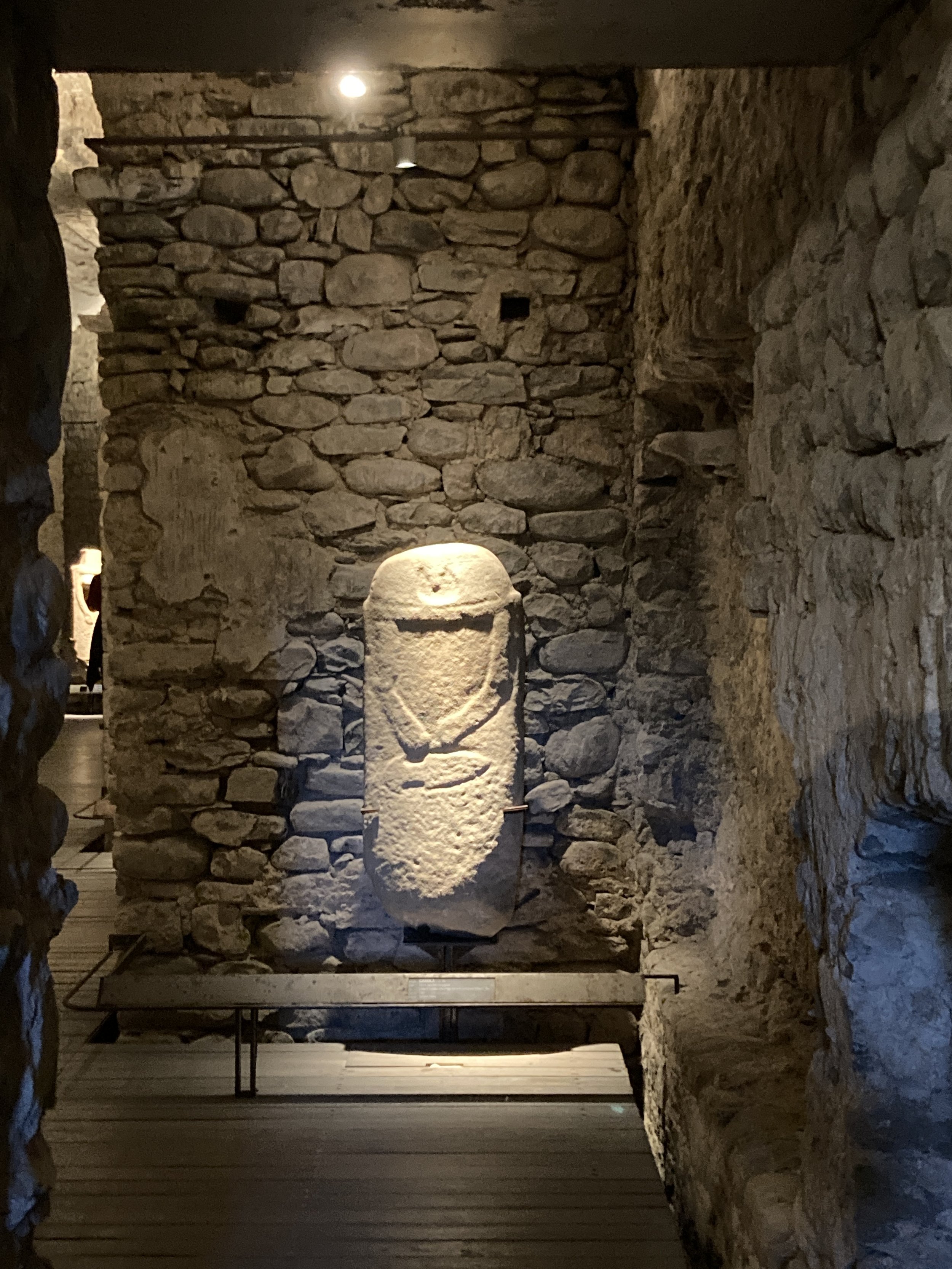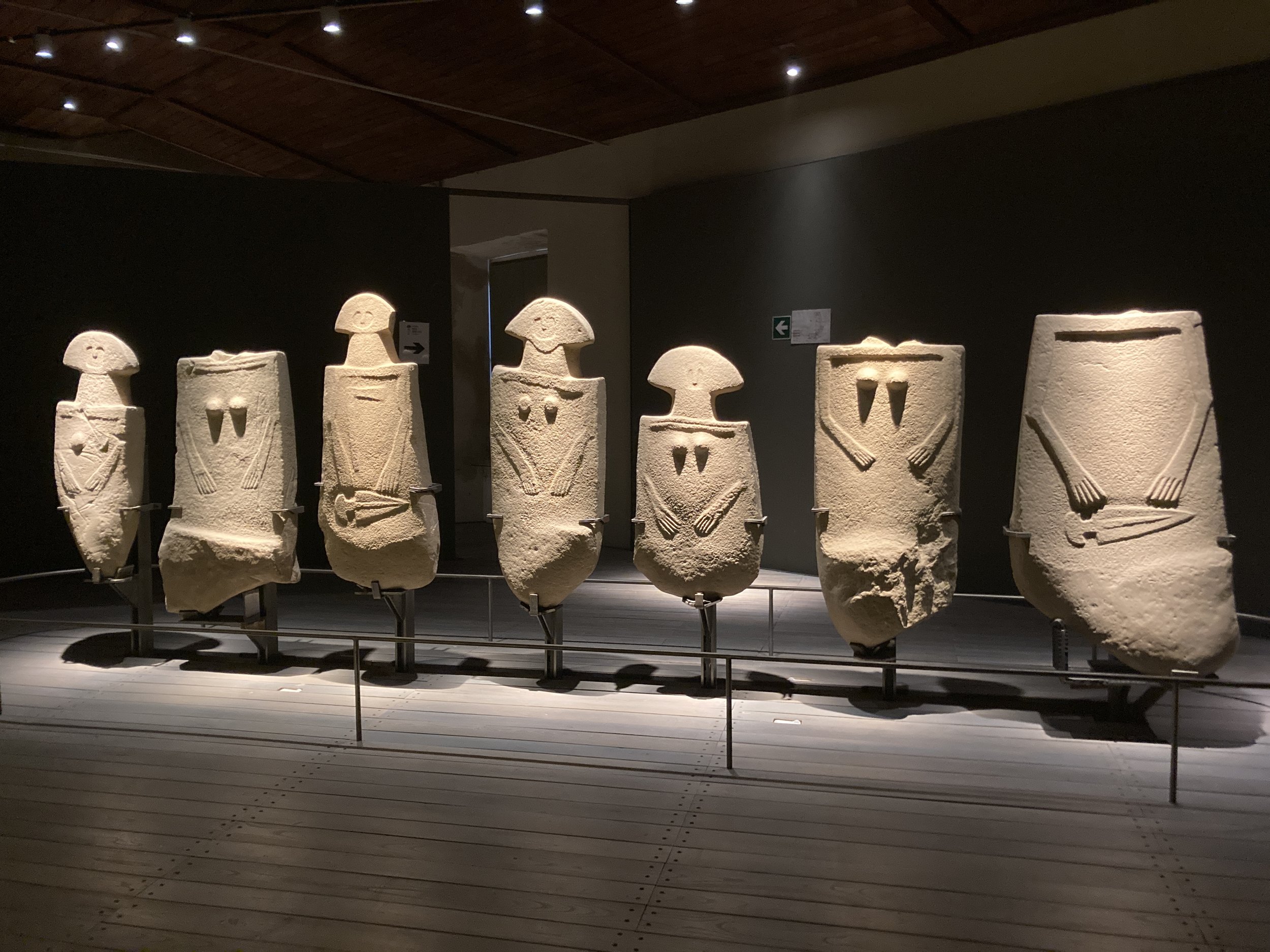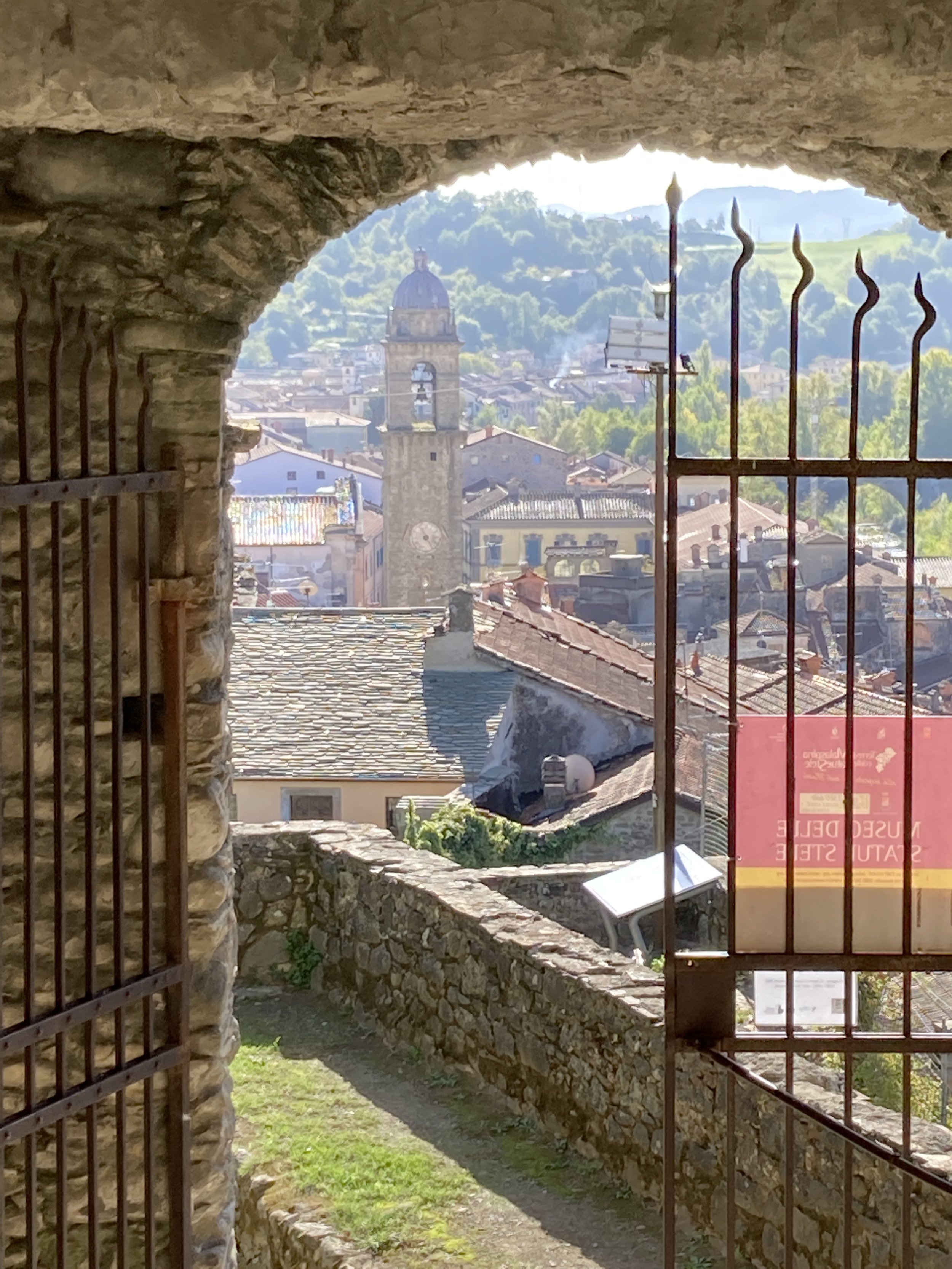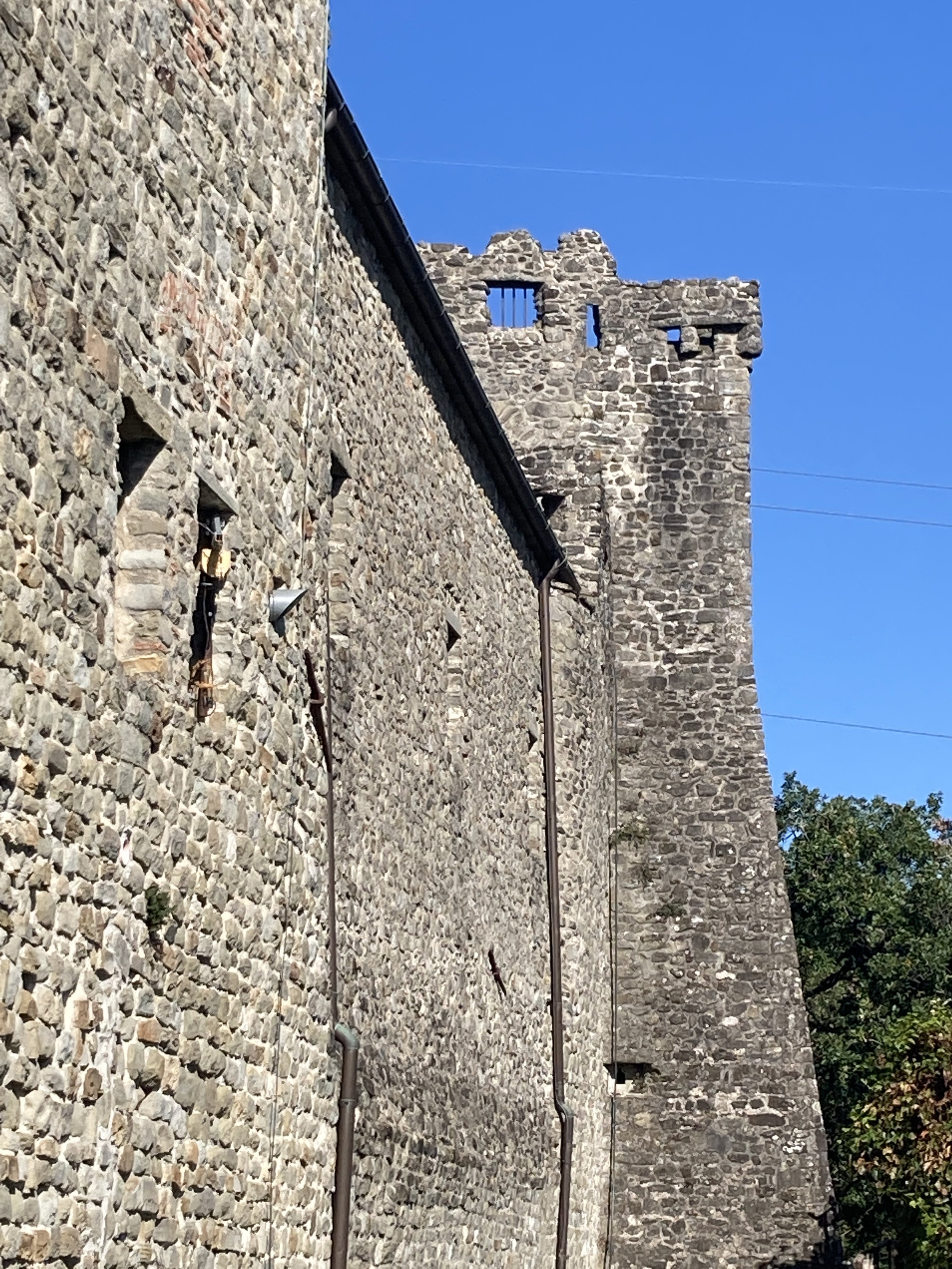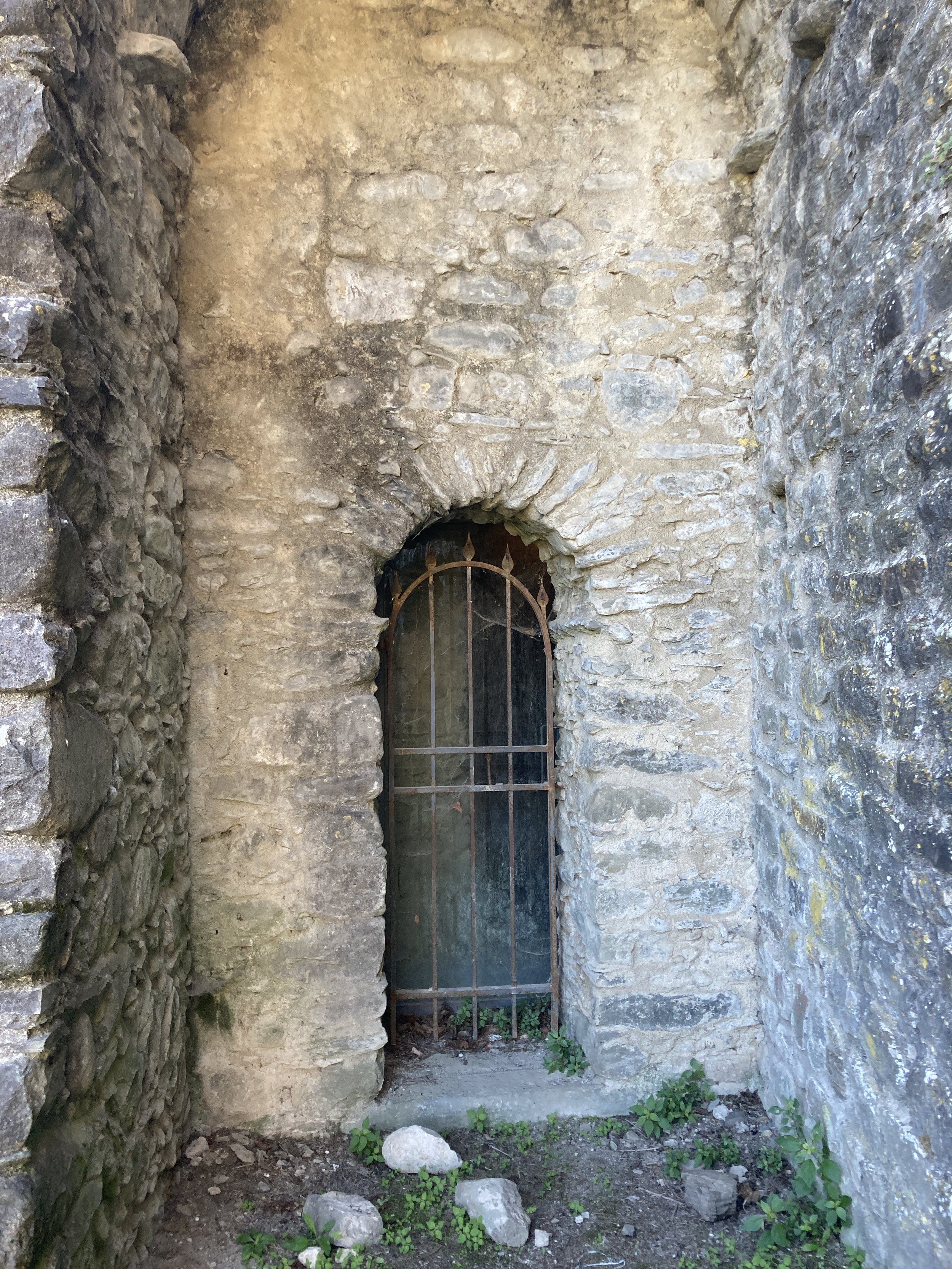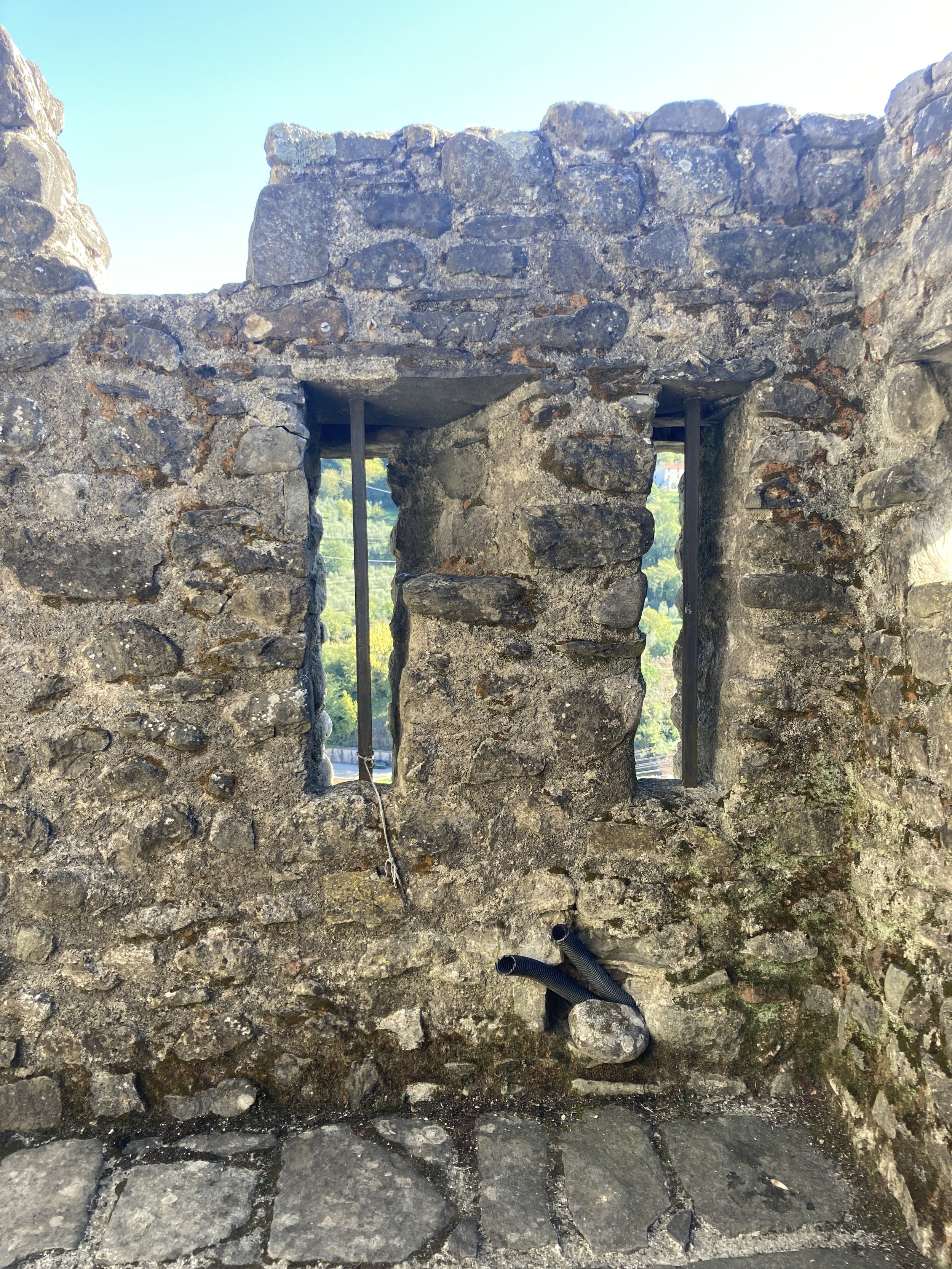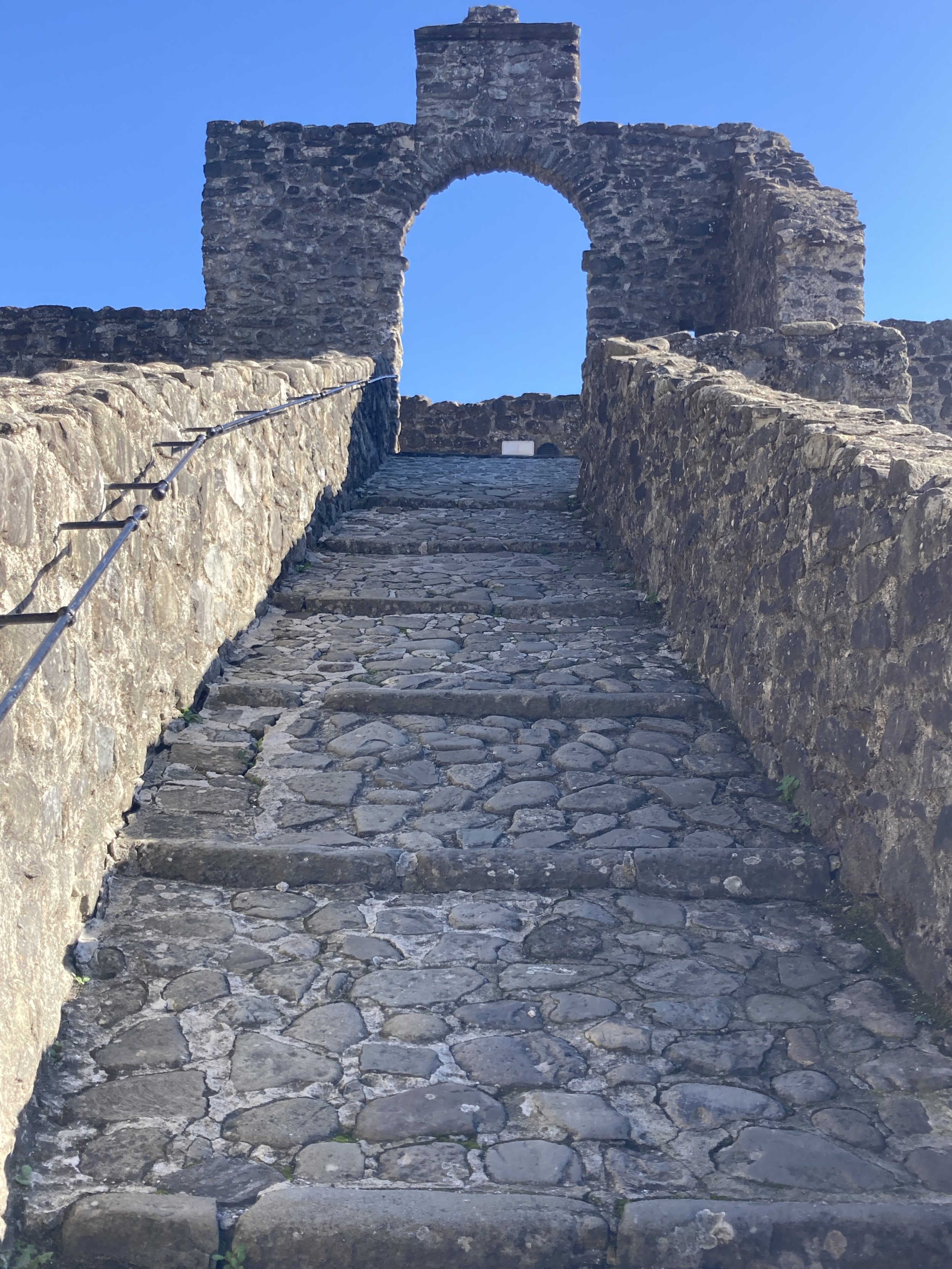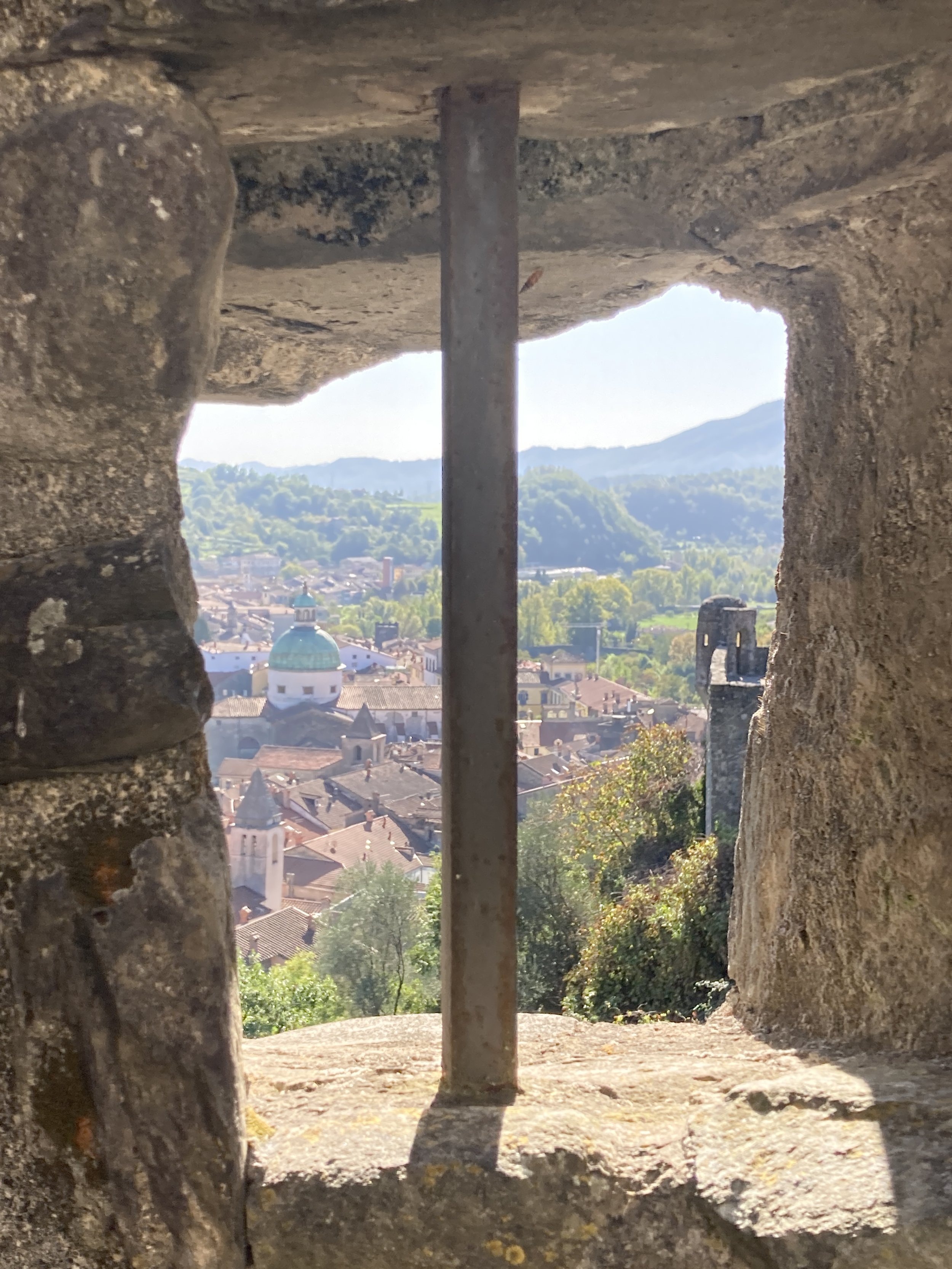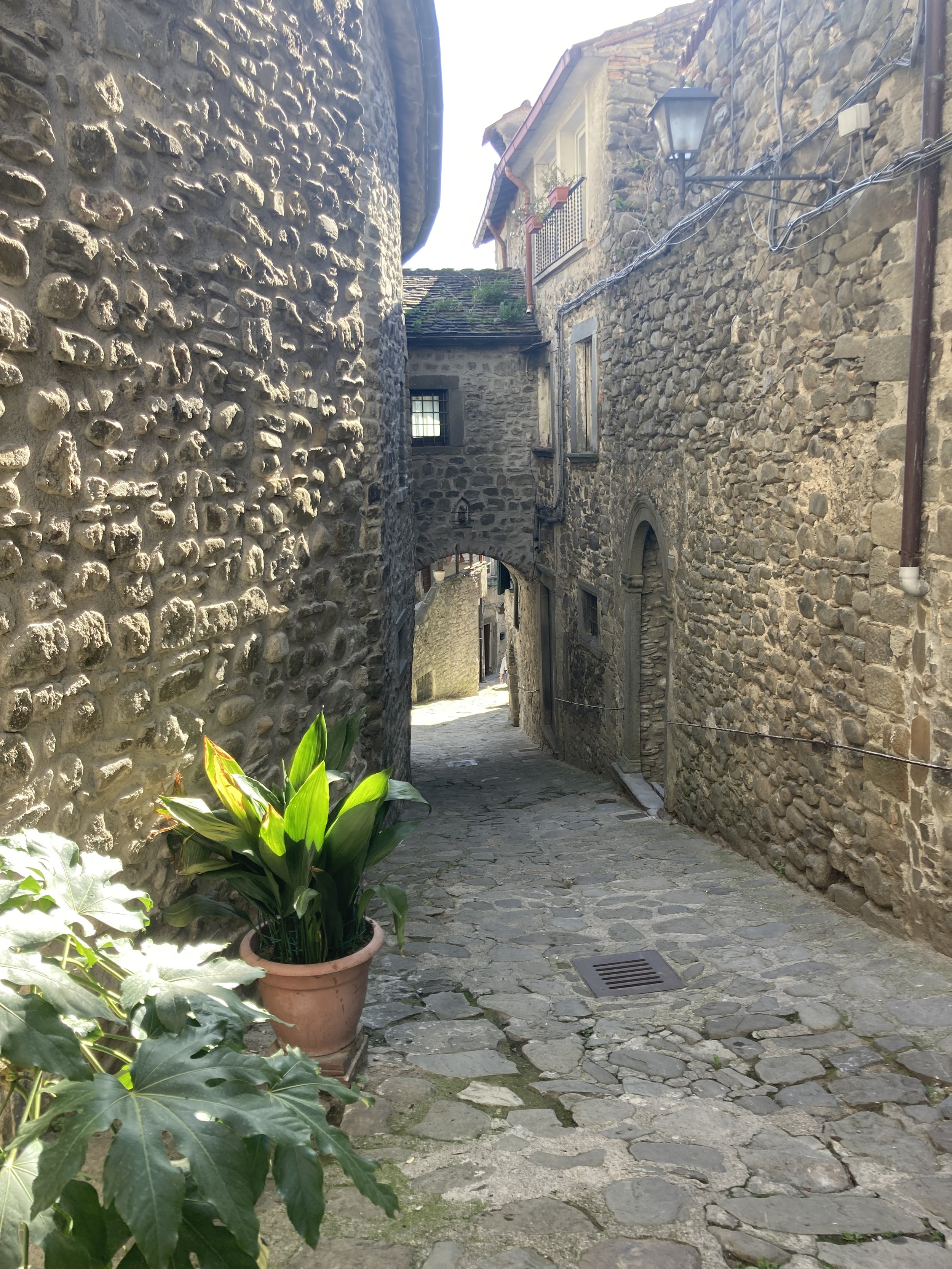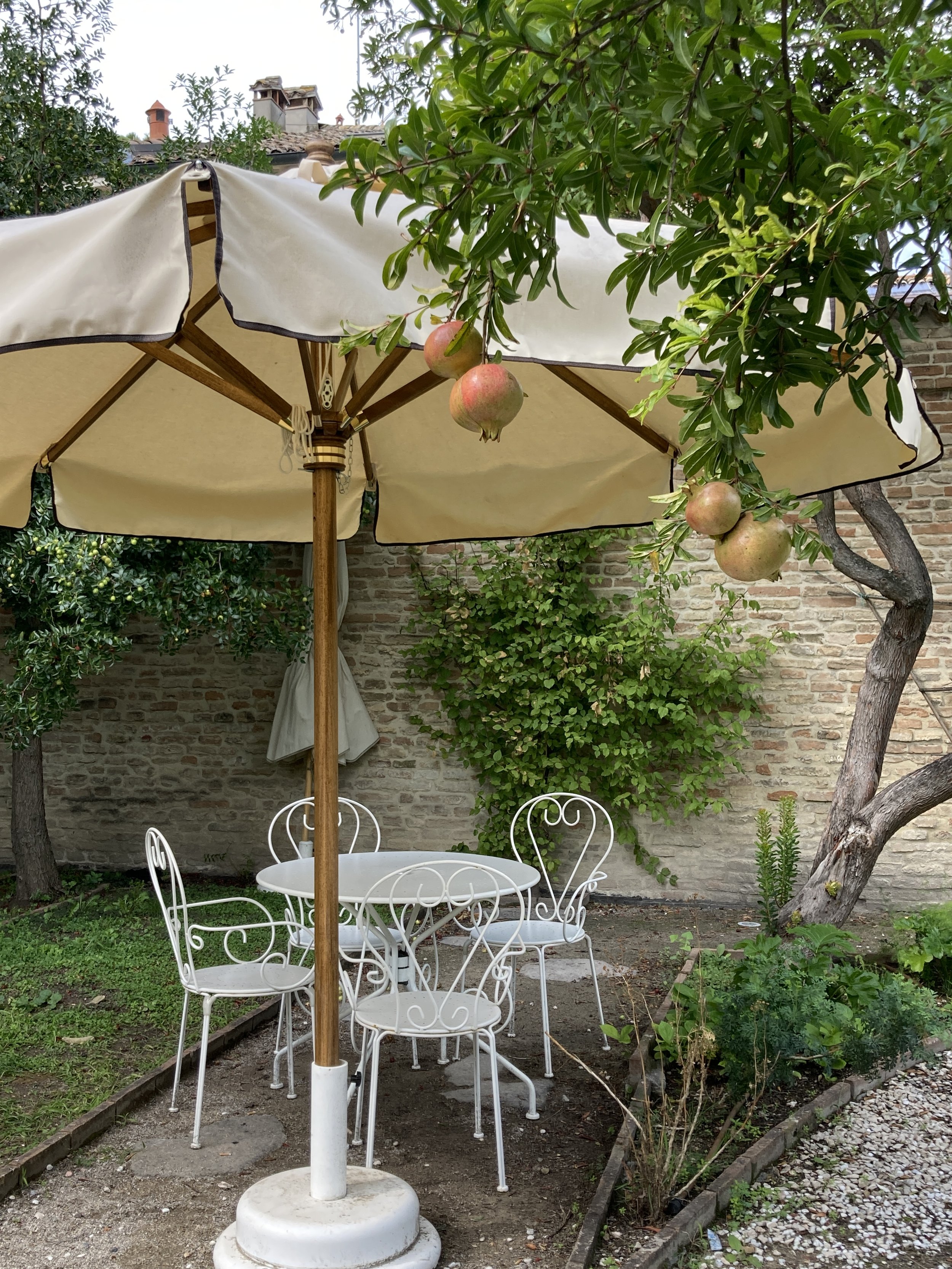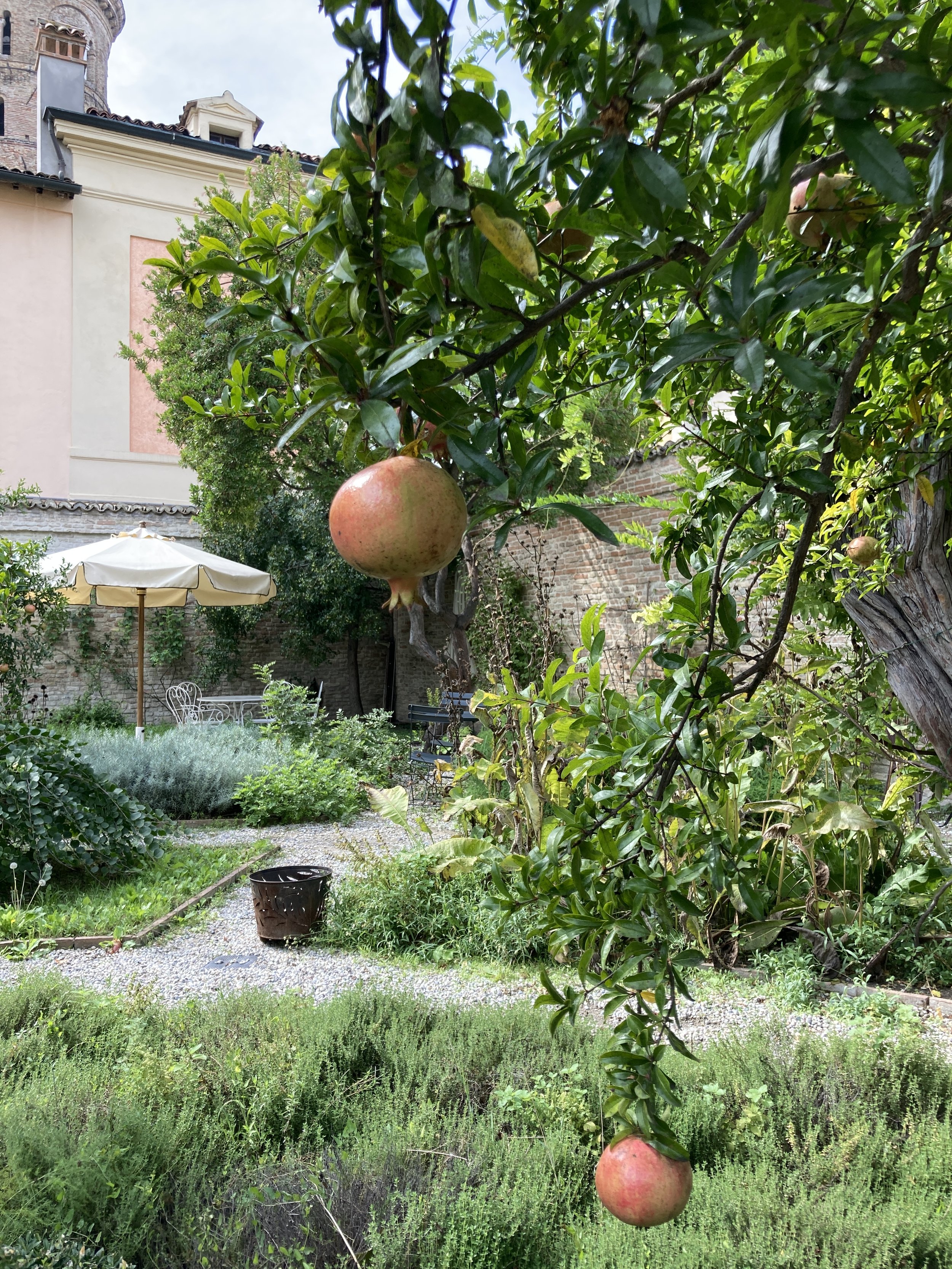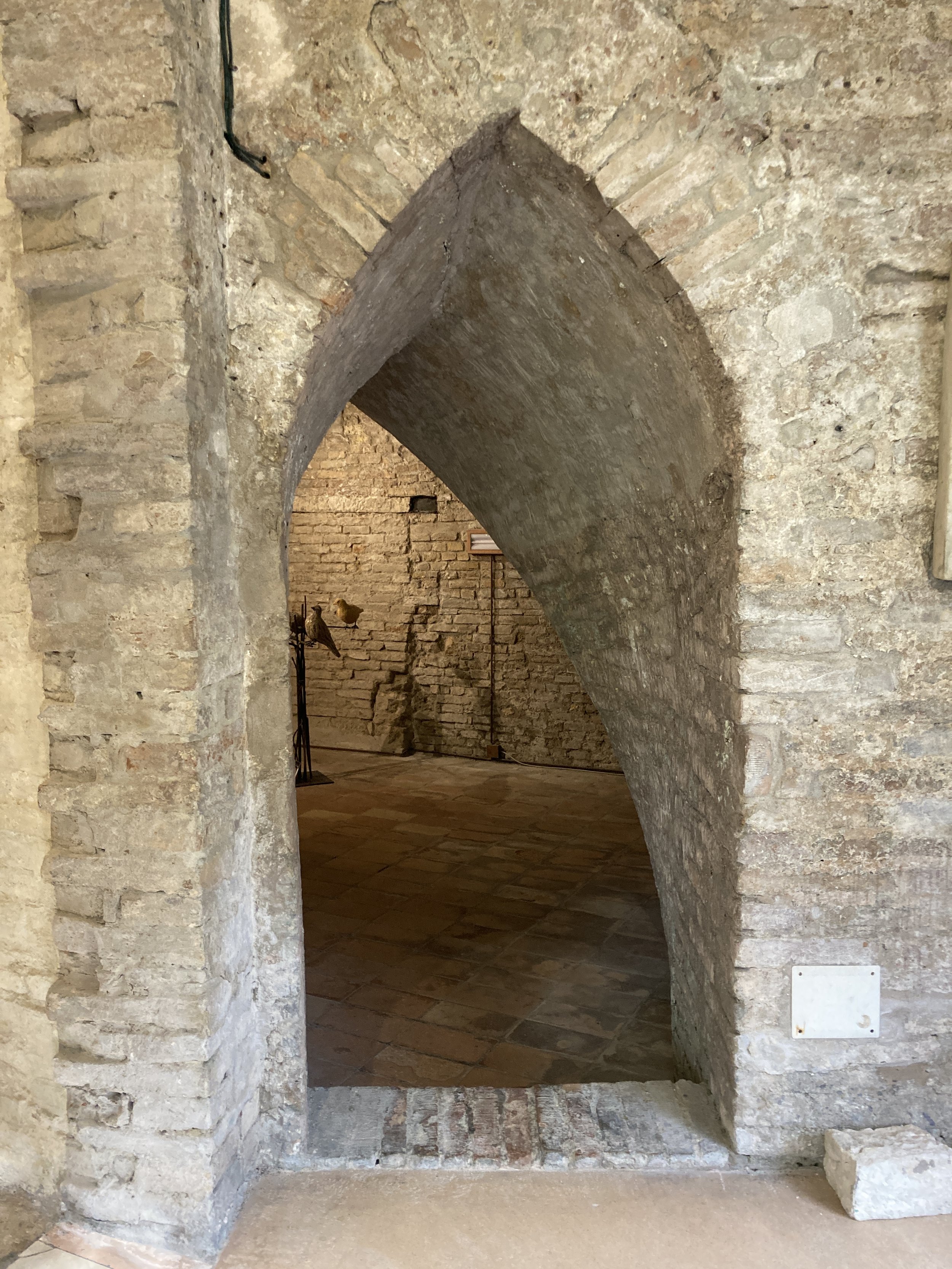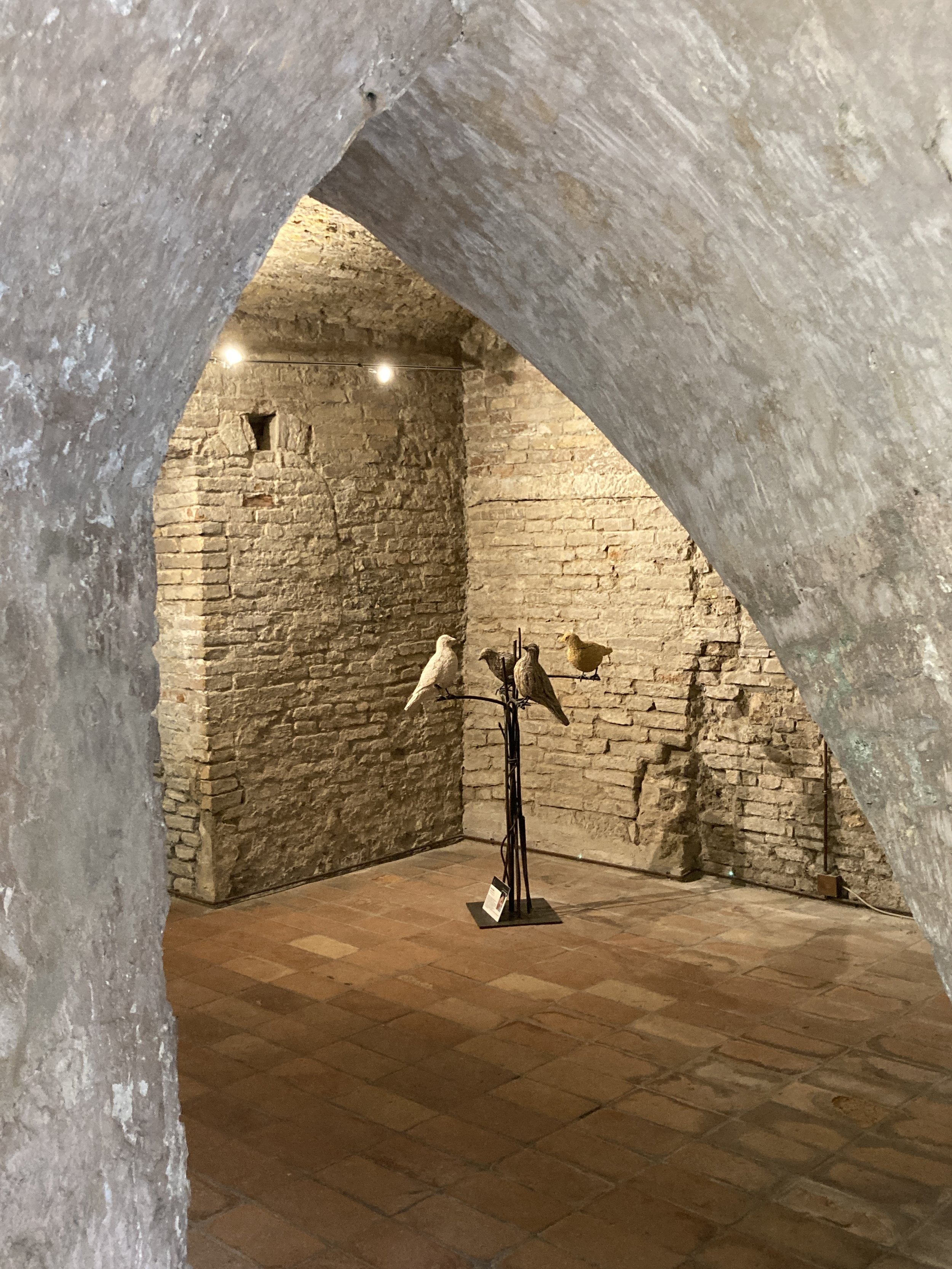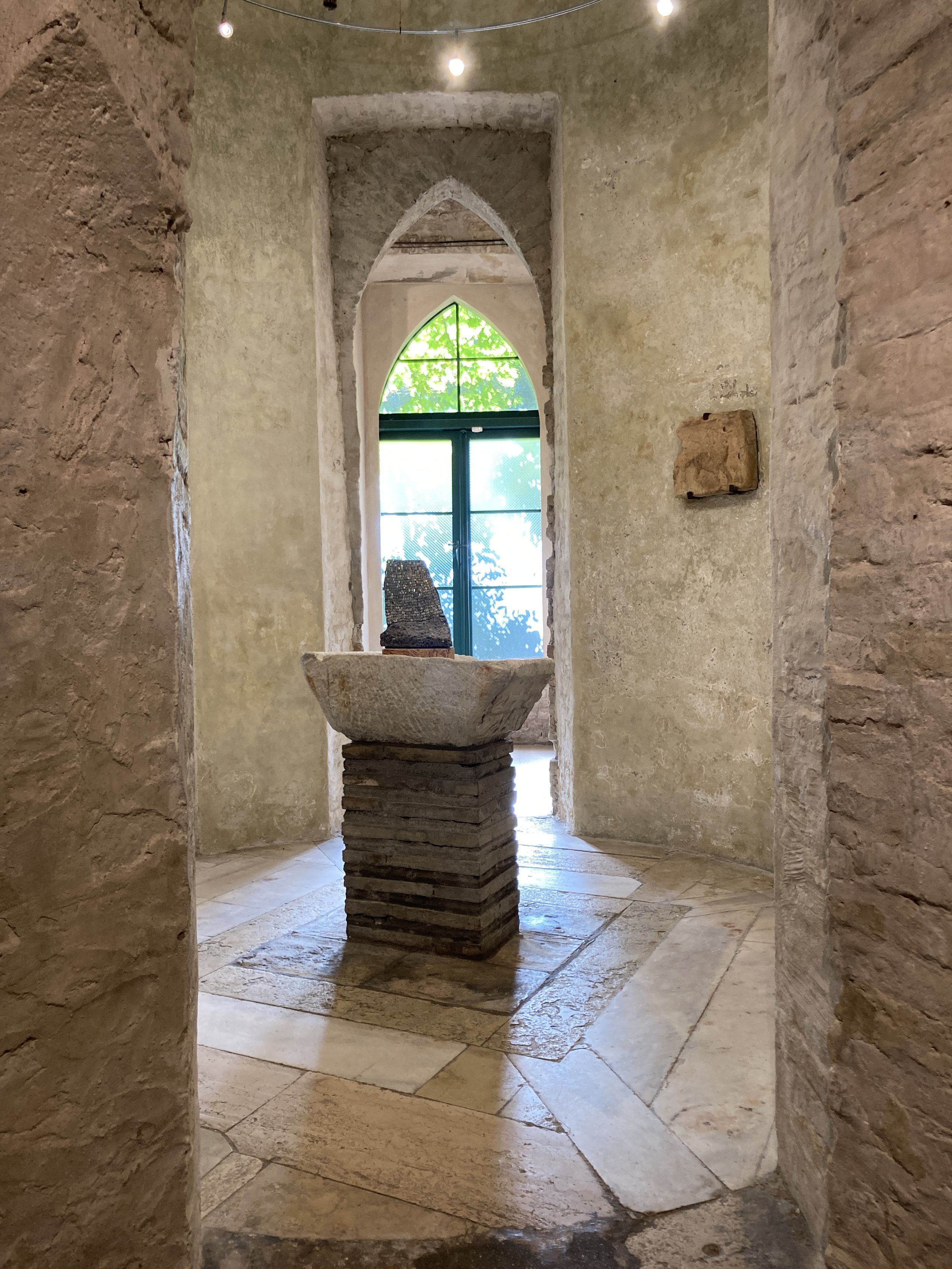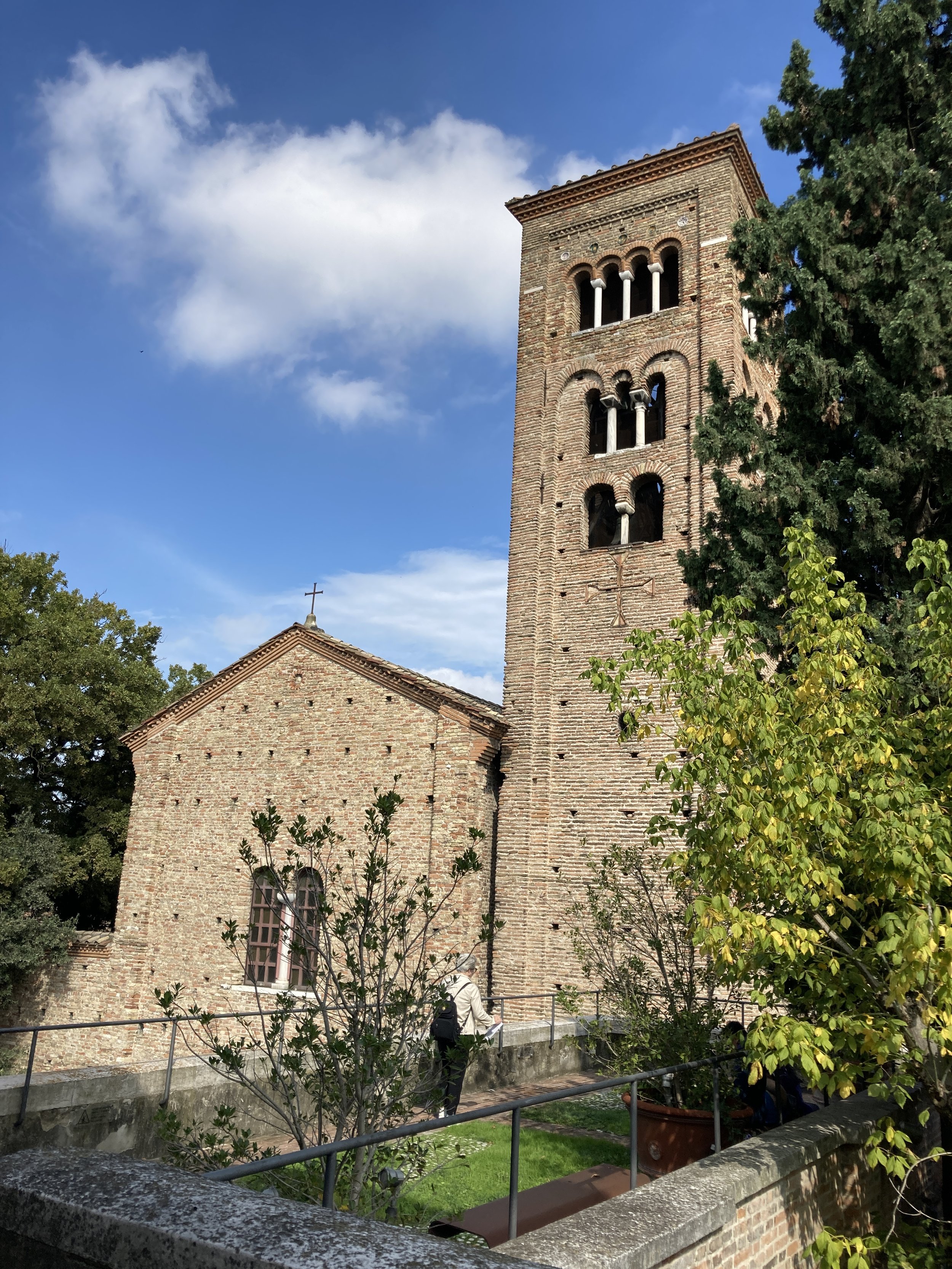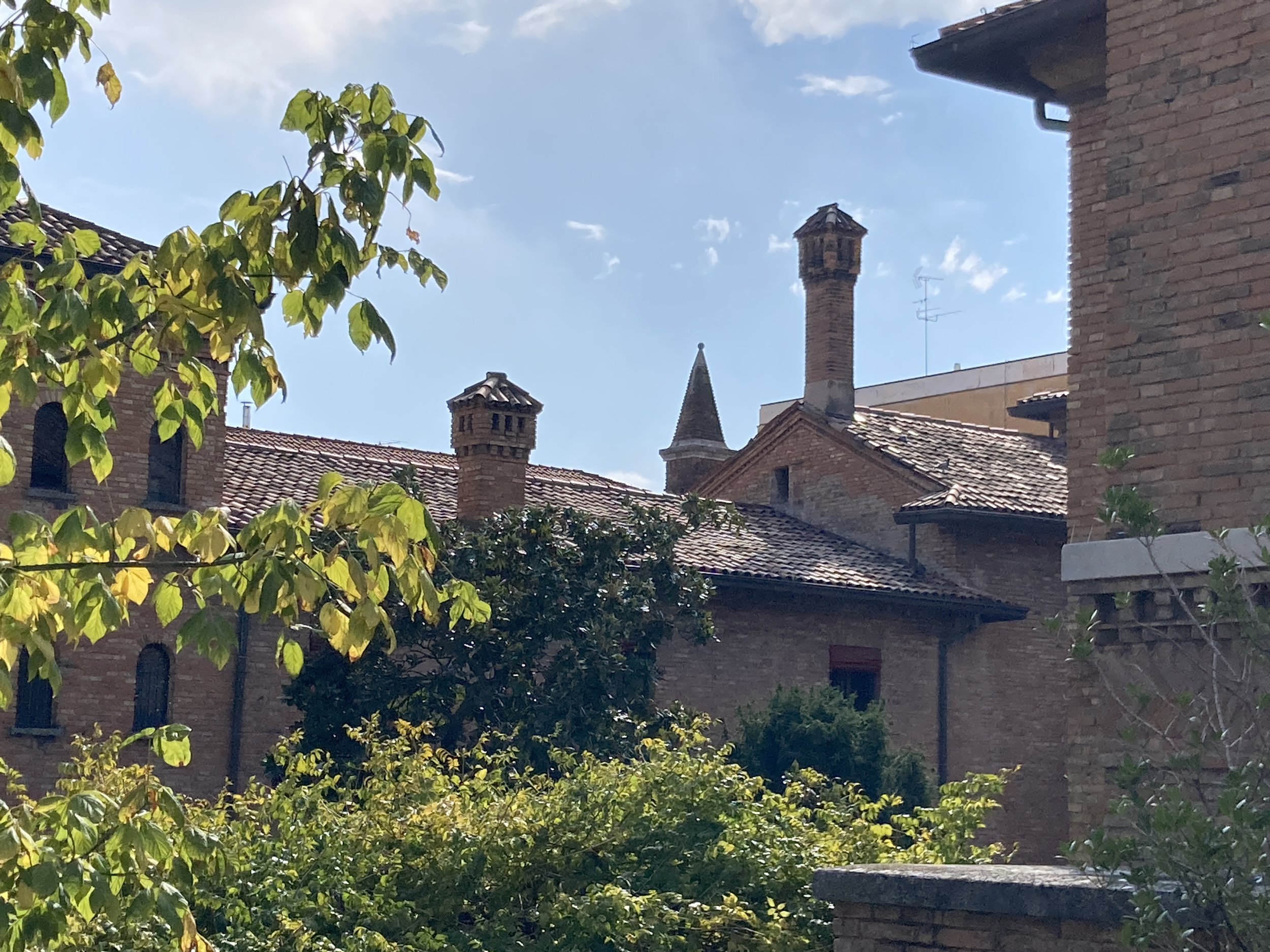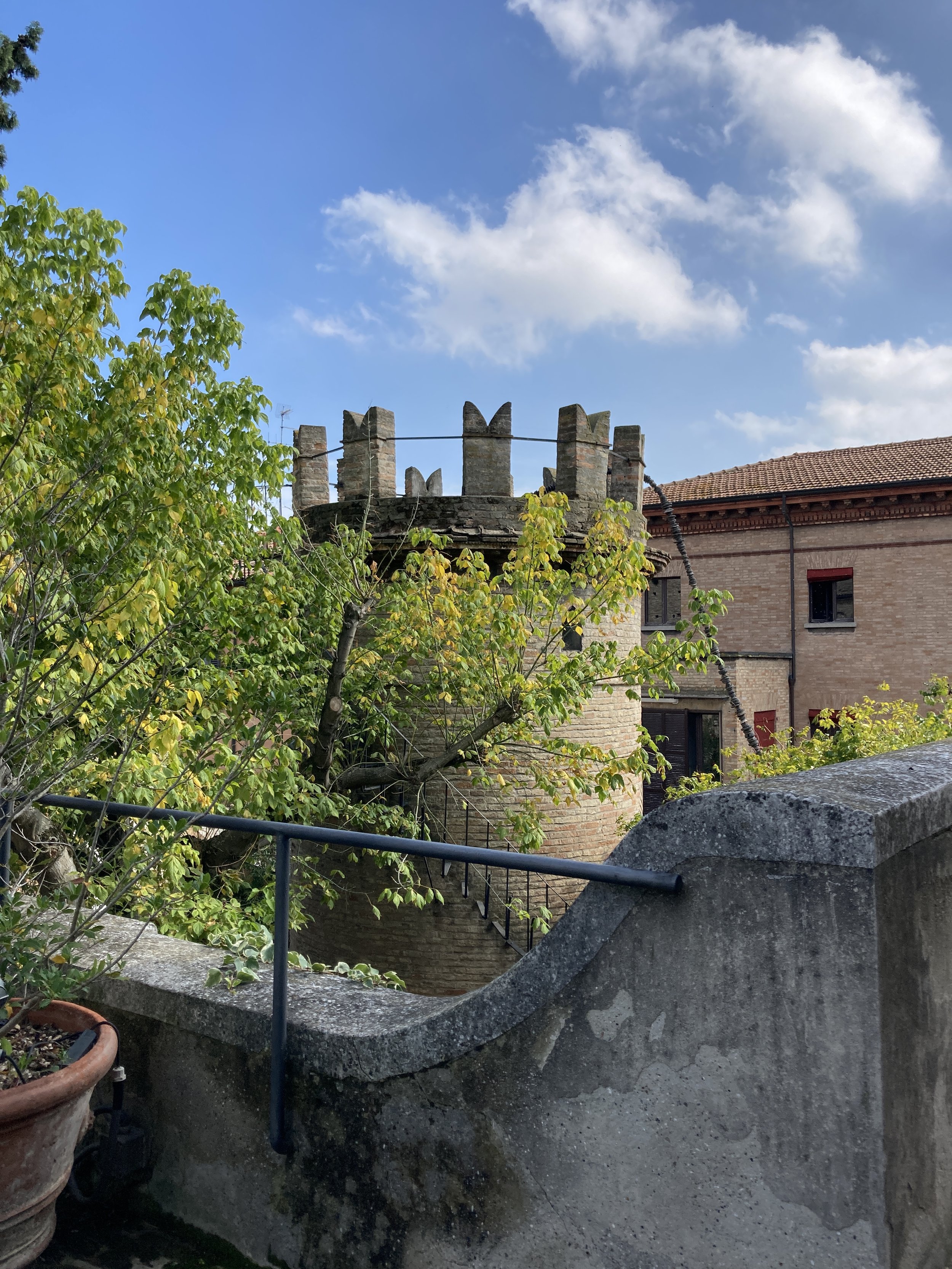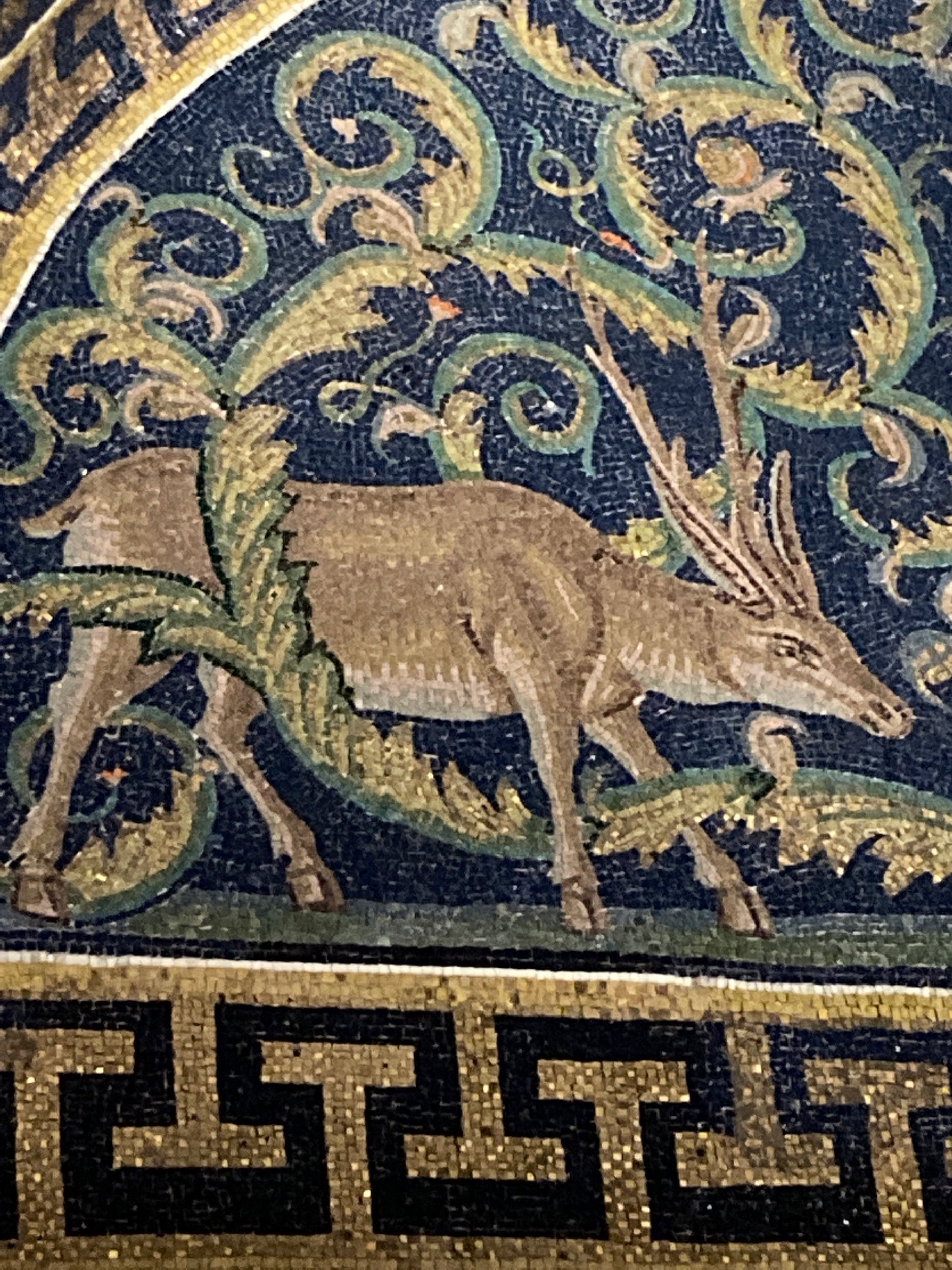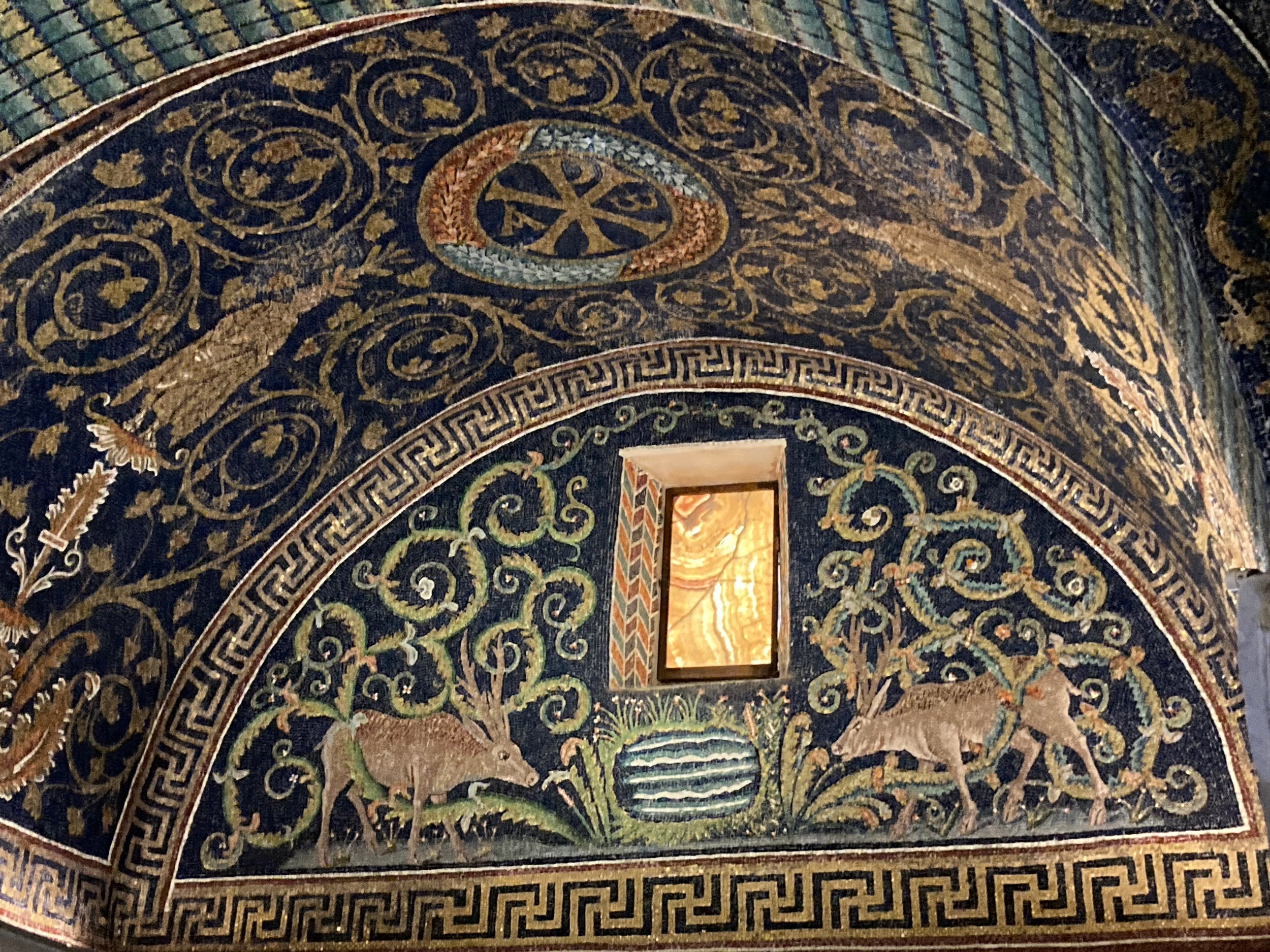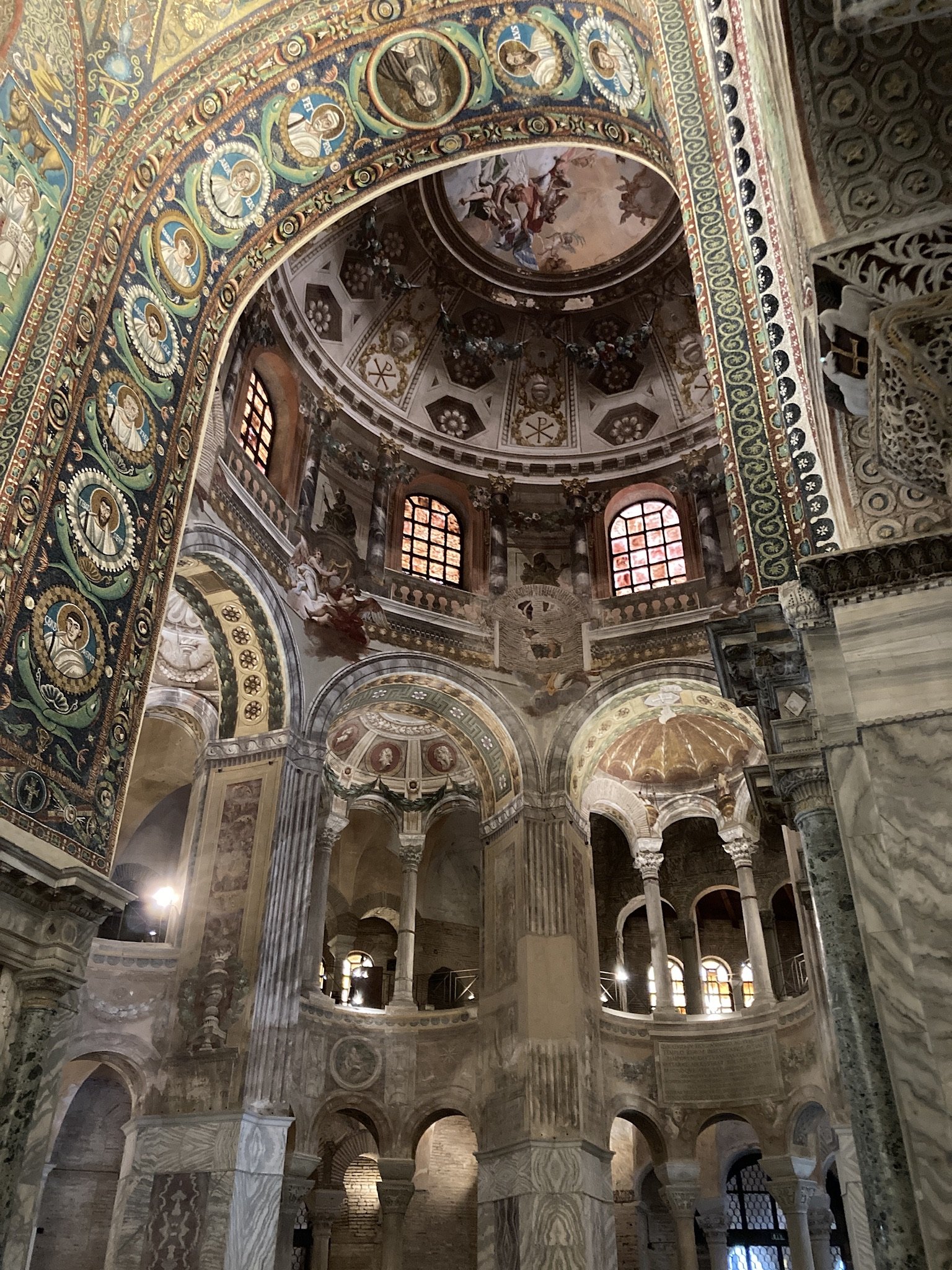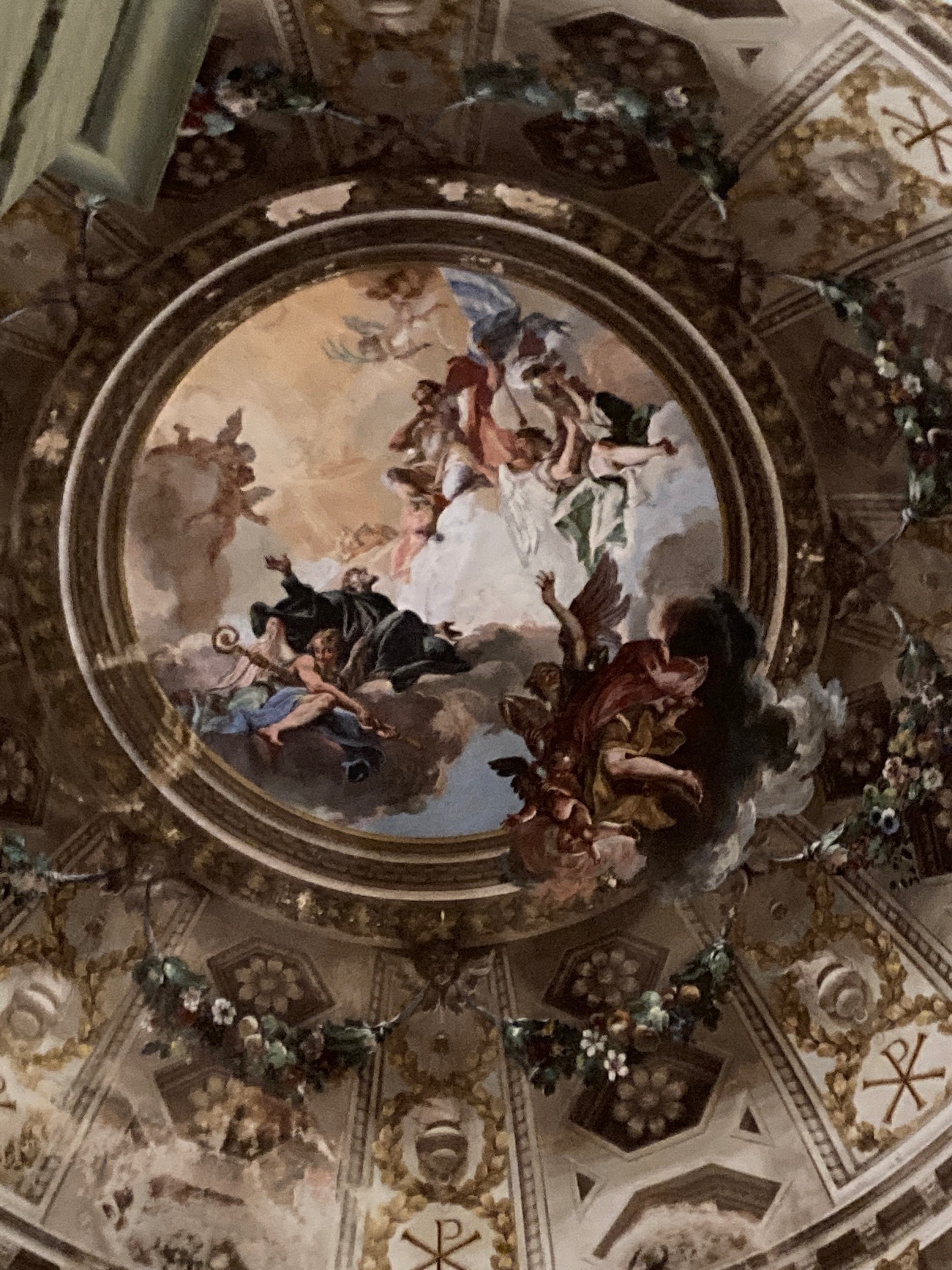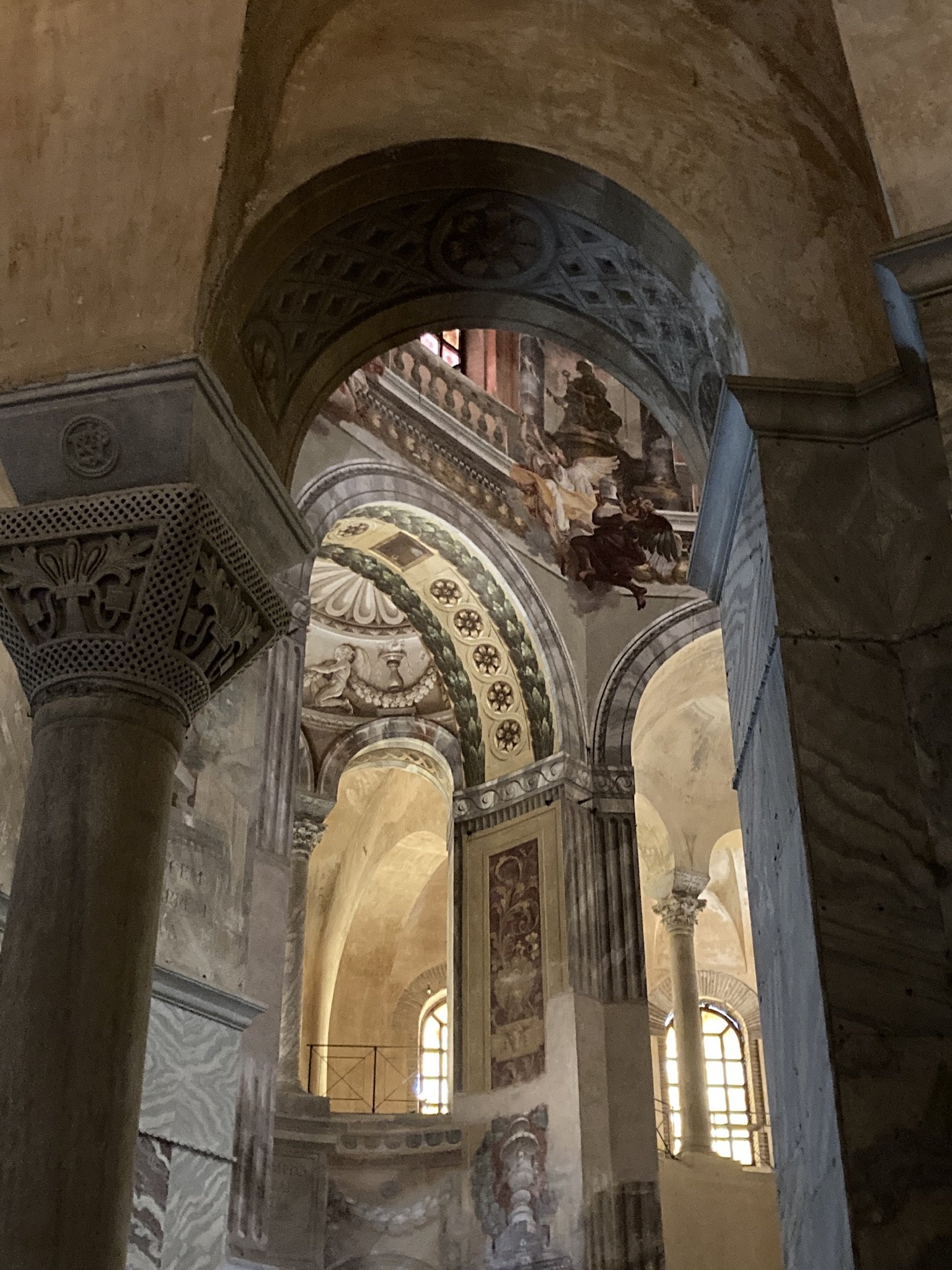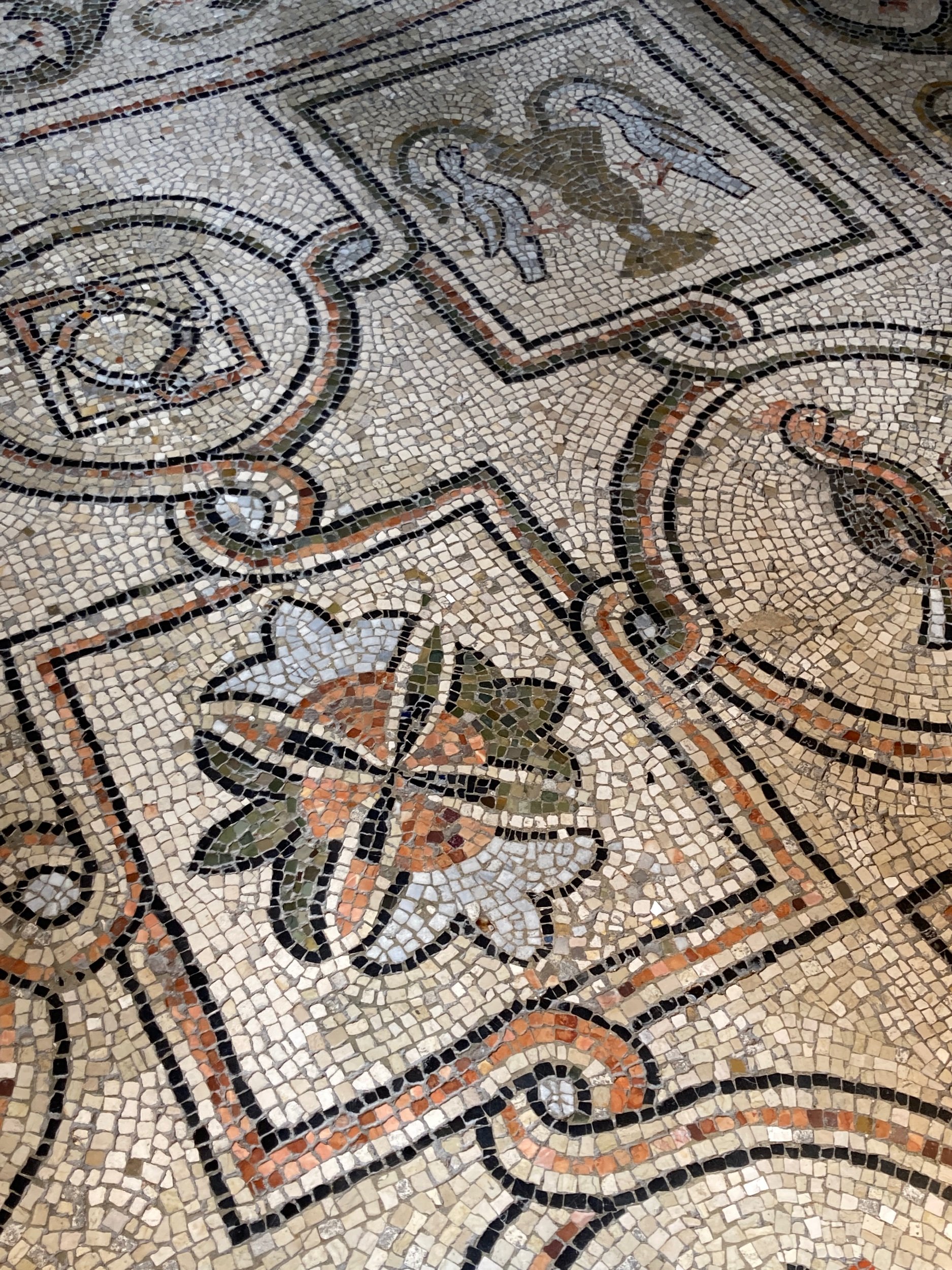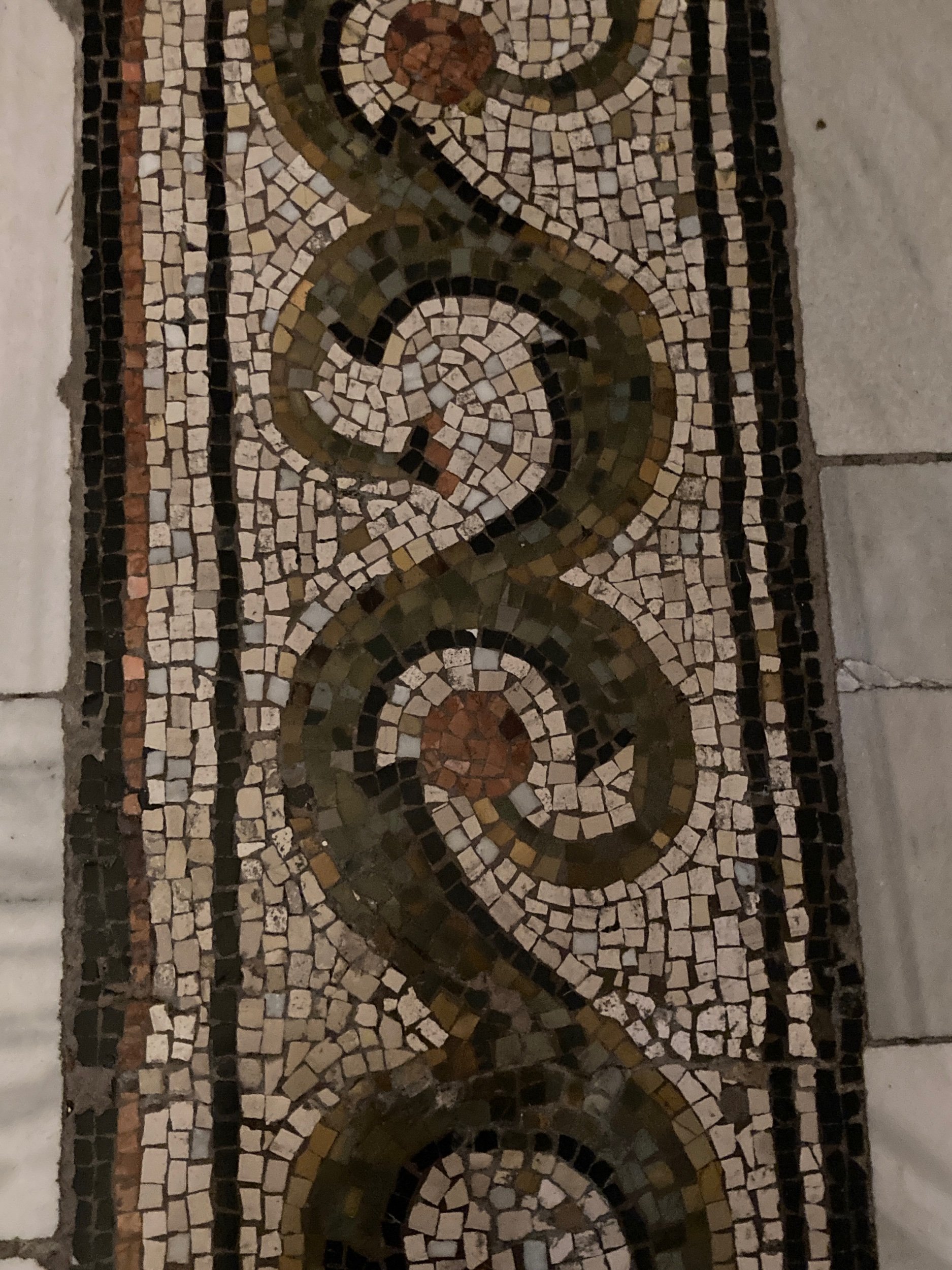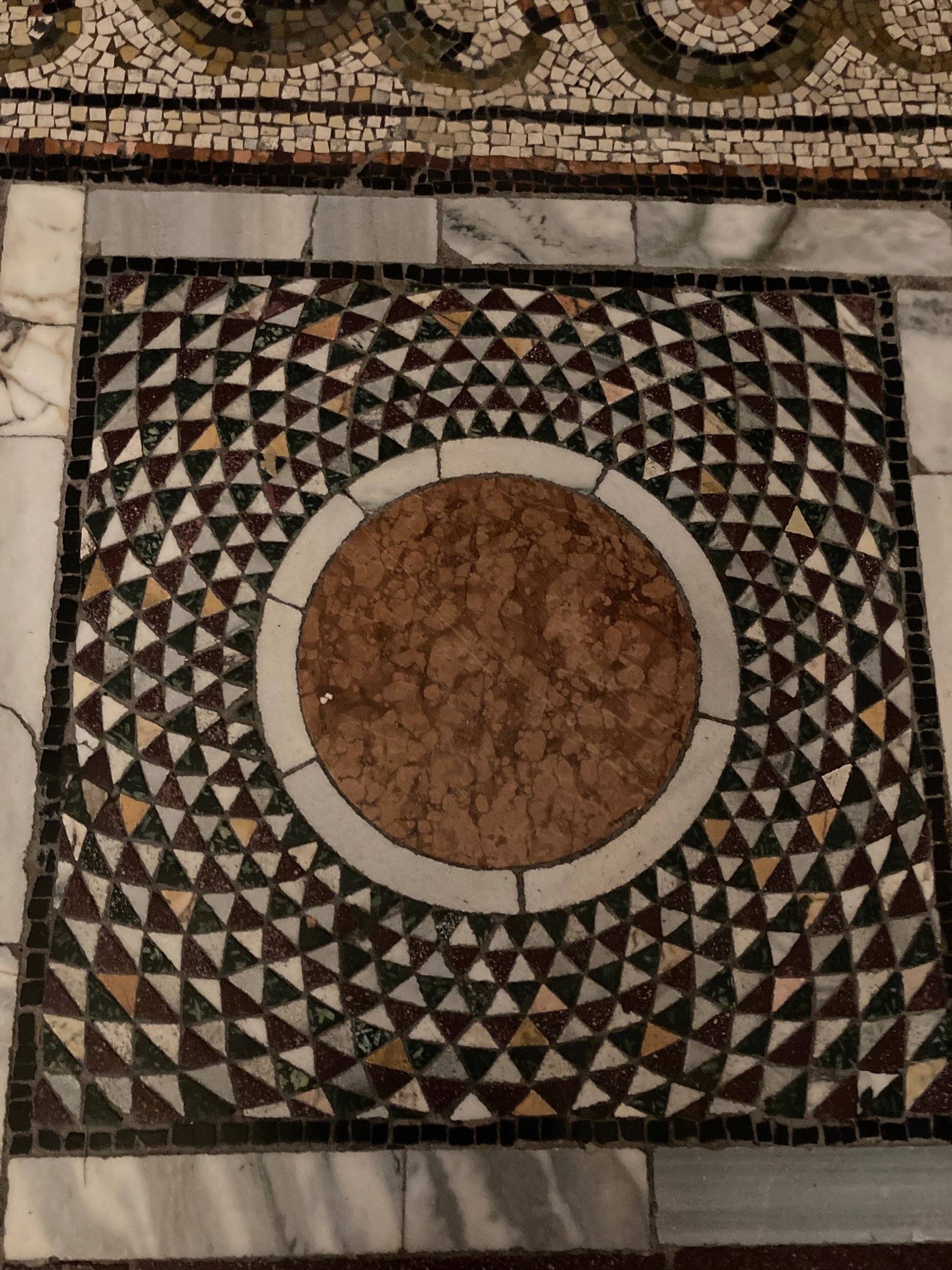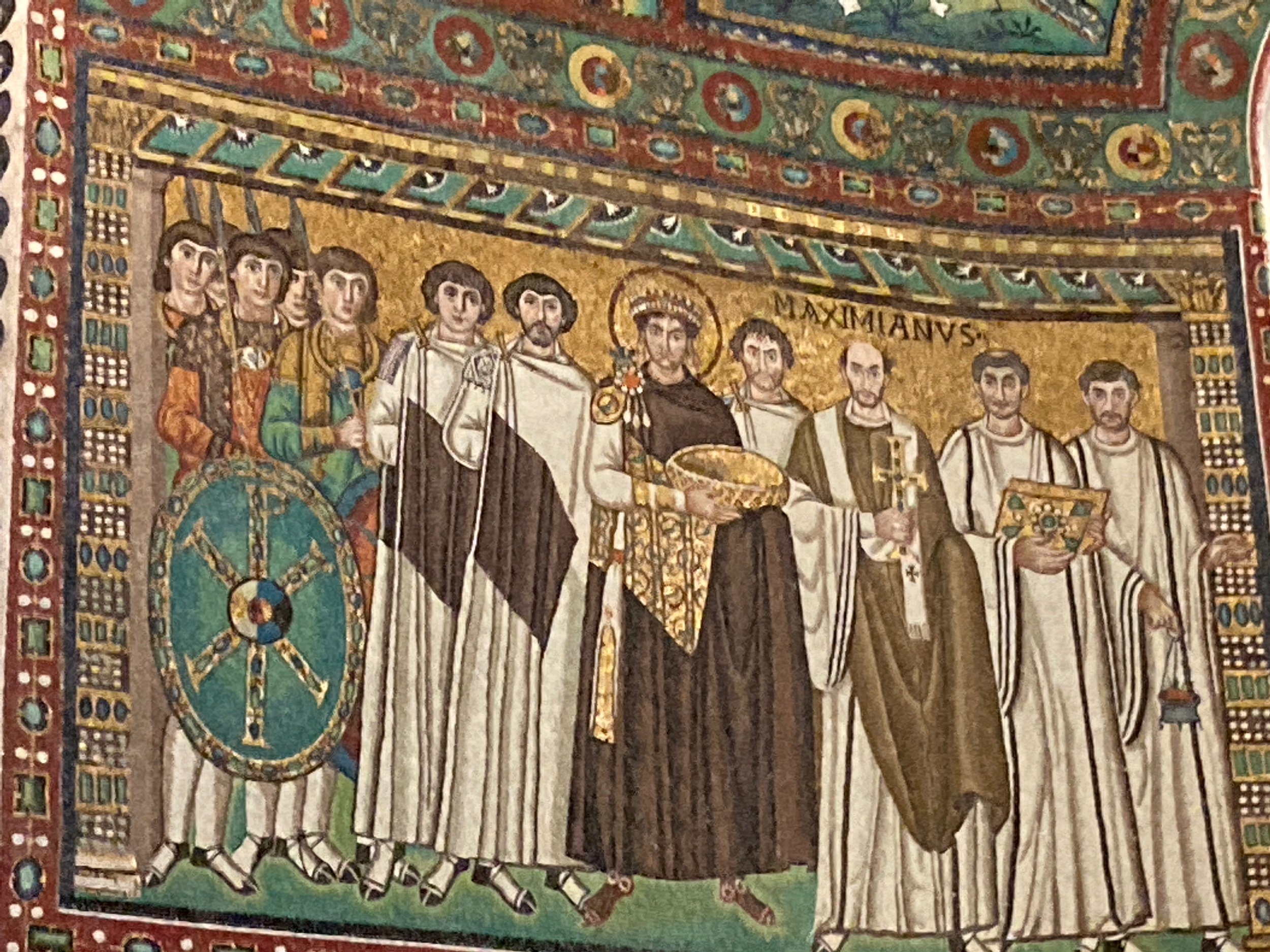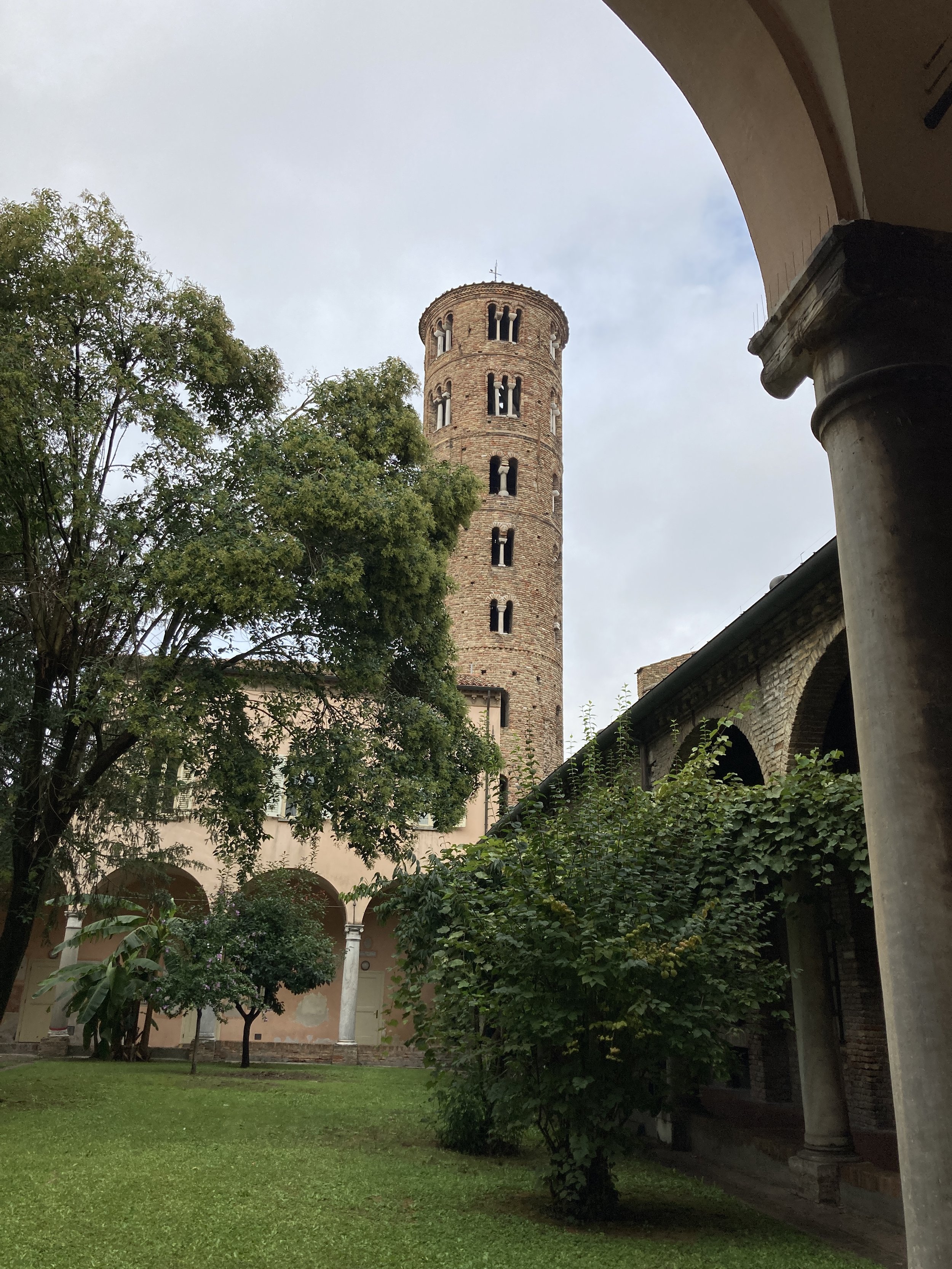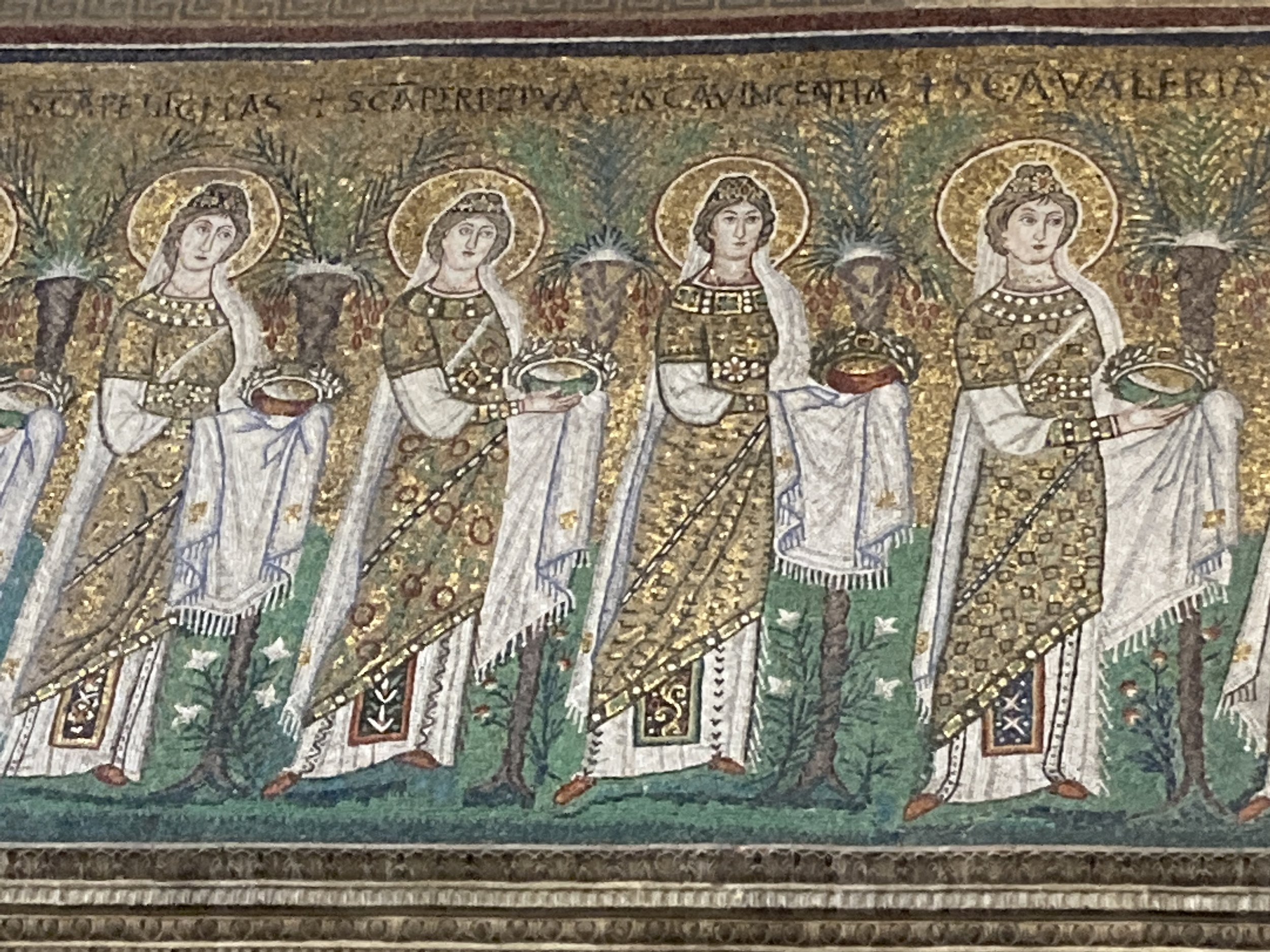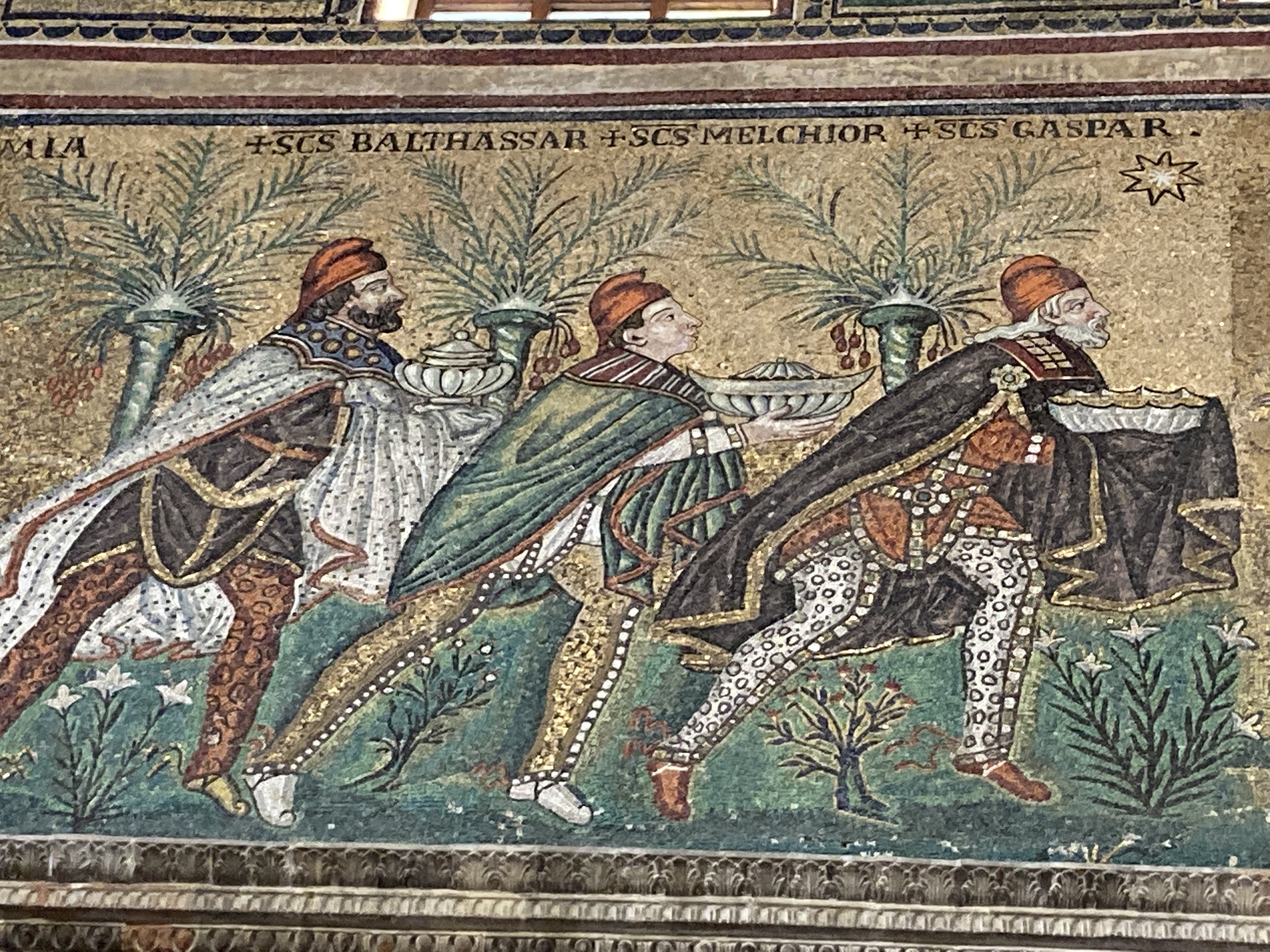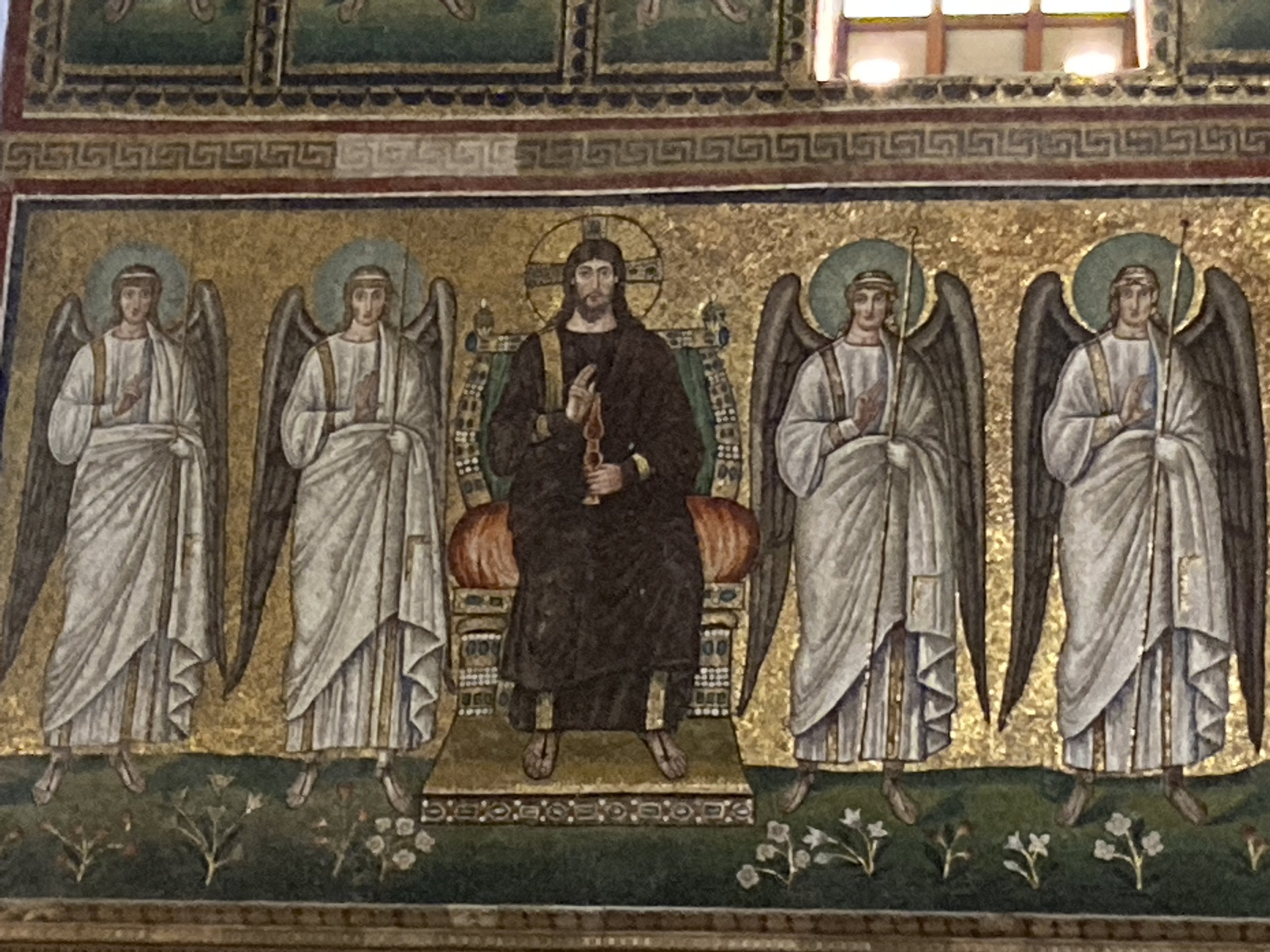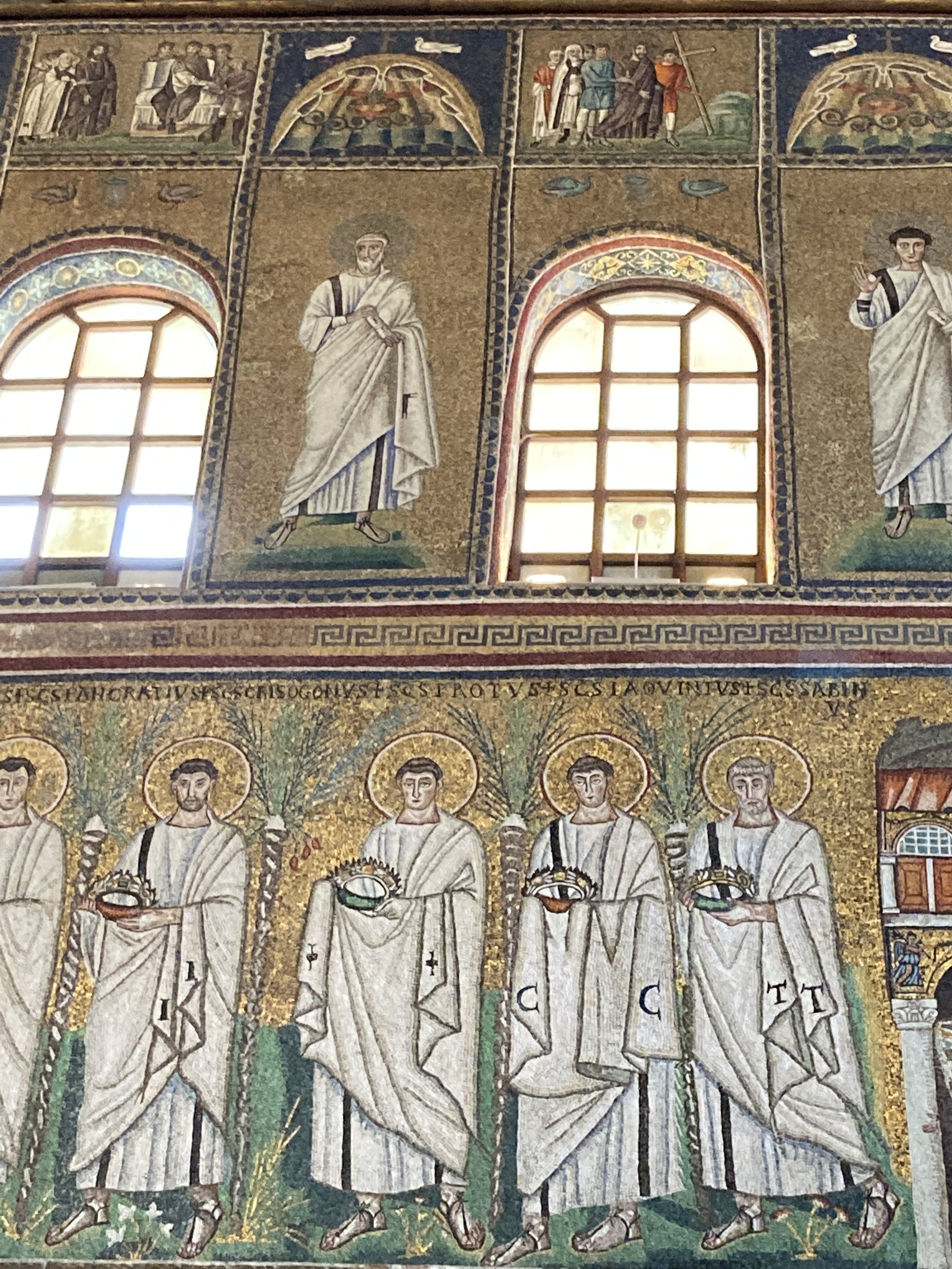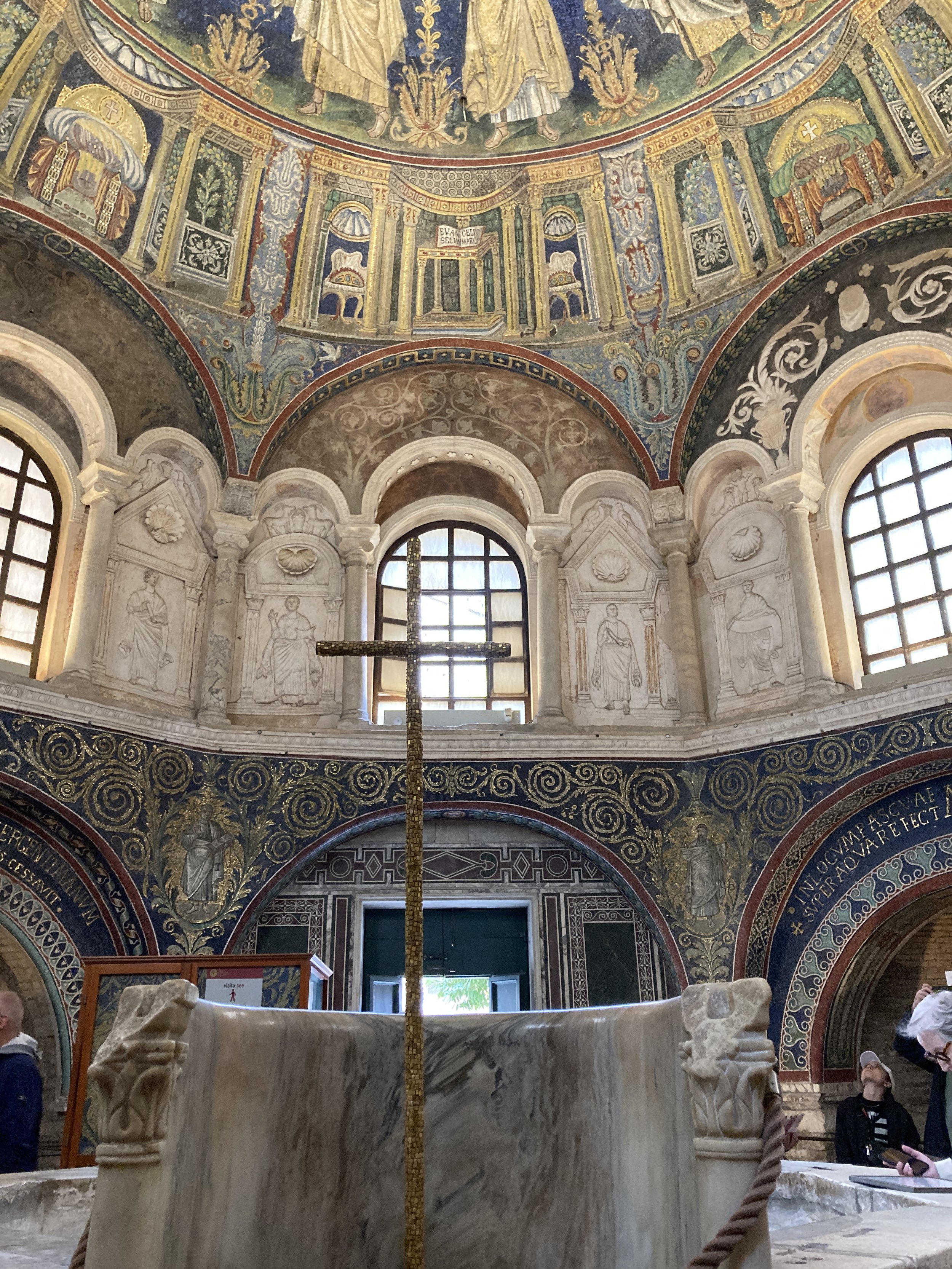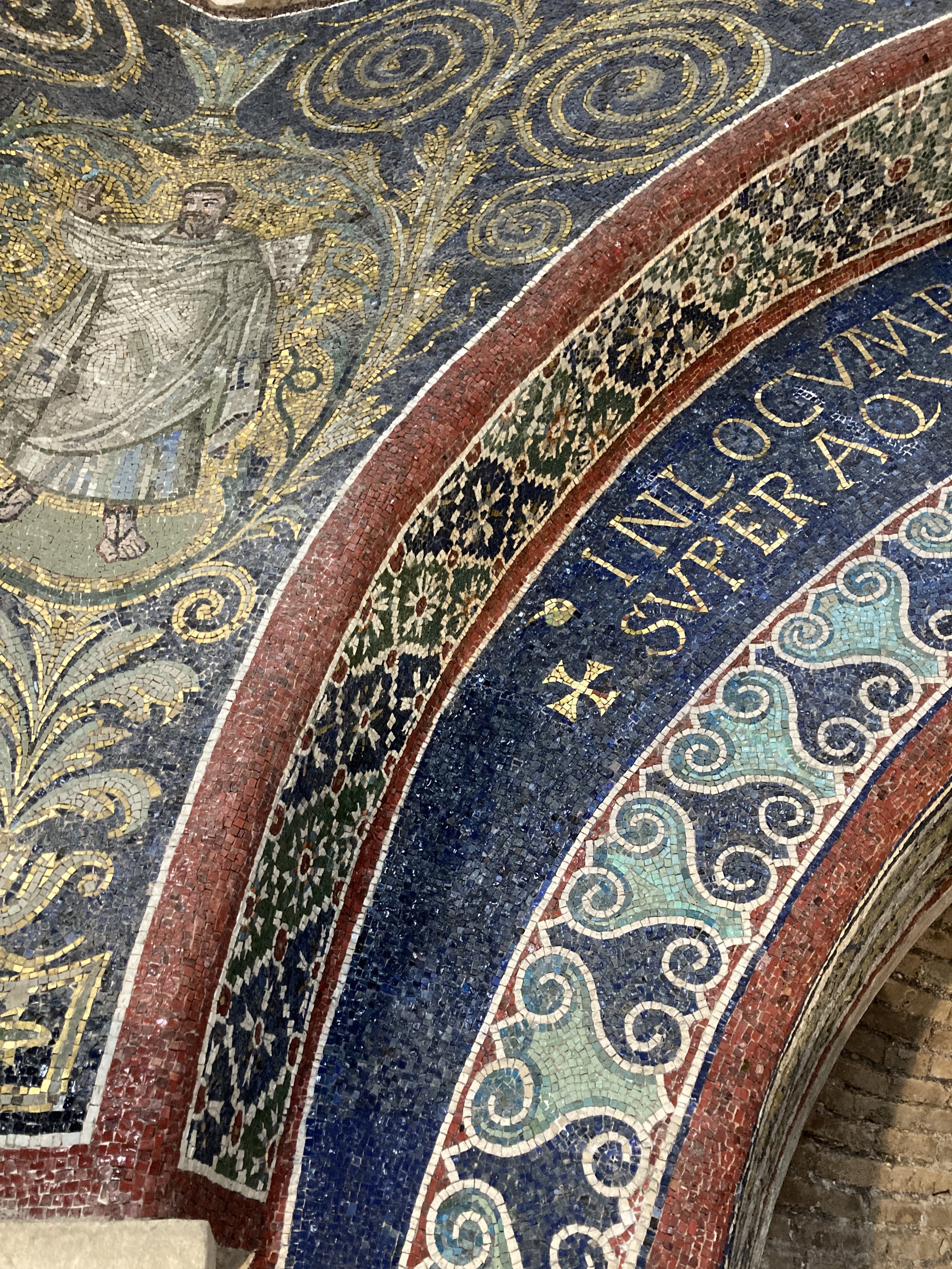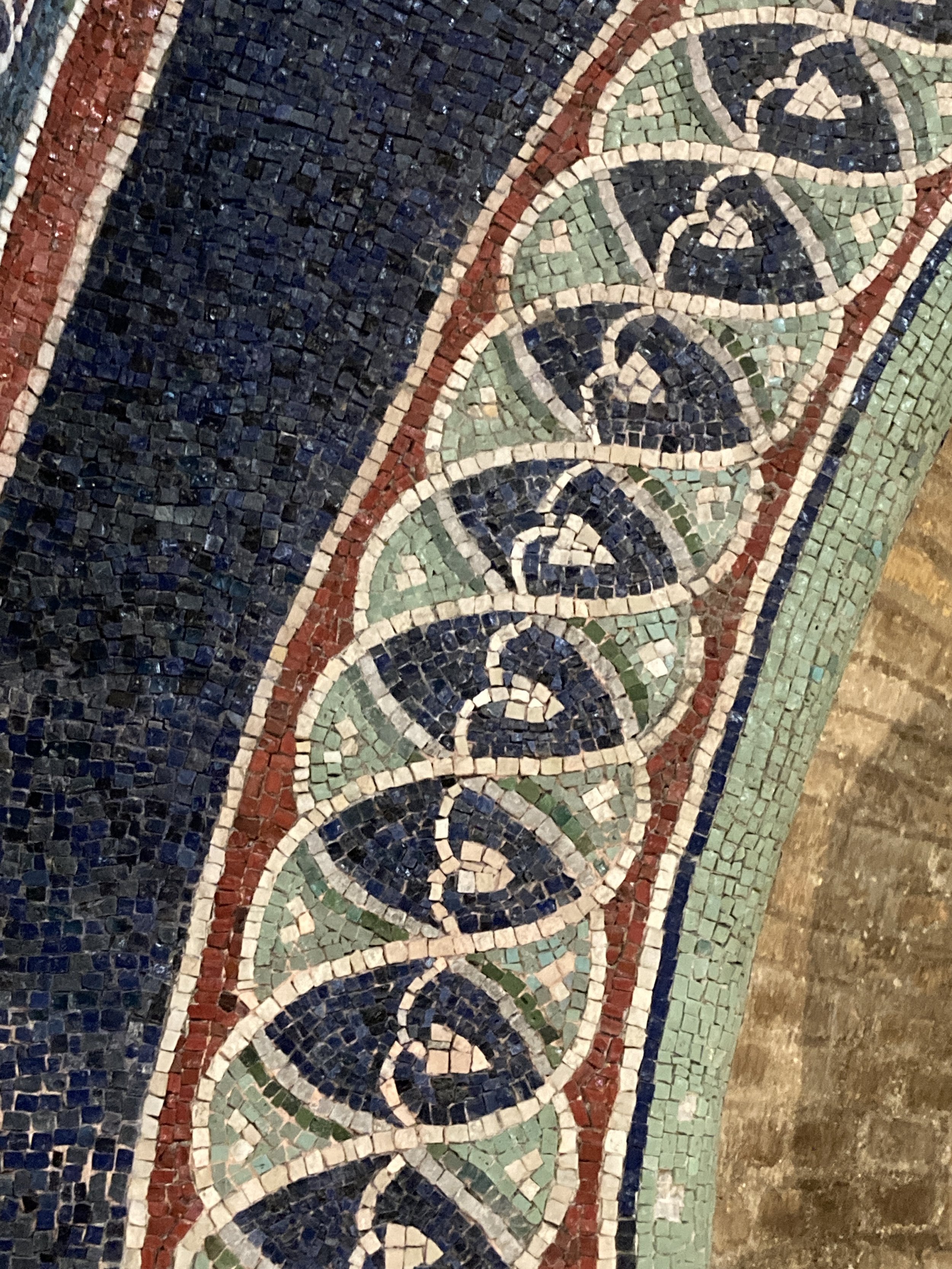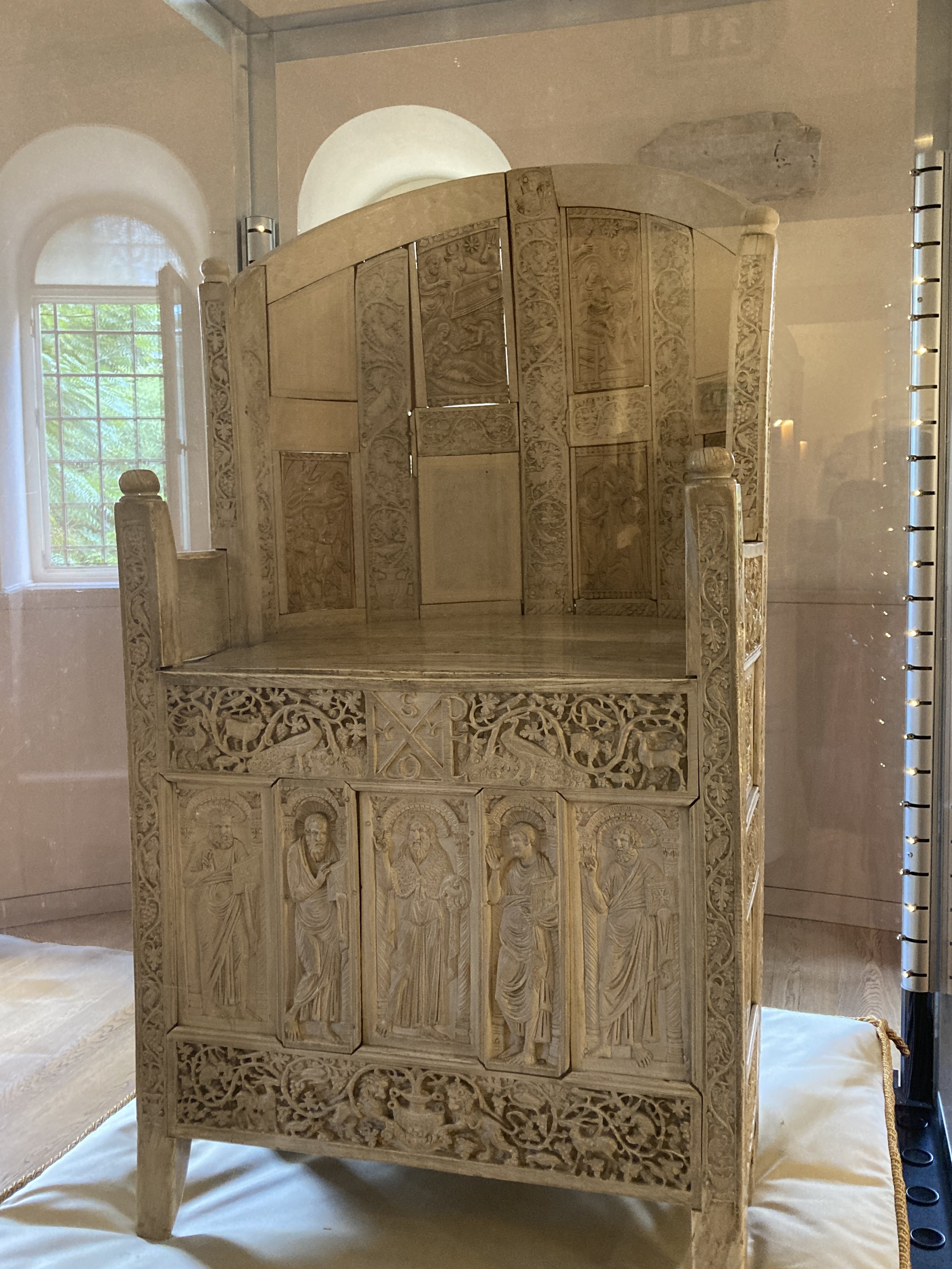Varenna and Villa Monastero
A busy August day in Varenna
There is a lot to love about the town of Varenna on Lake Como’s eastern shore. Smaller and less glamorous than nearby Bellagio, Varenna still has echoes of the simple fishing village it once was. Quieter than some of the mid-lake towns, it is less crowded, has spectacular scenery and offers lots of opportunities to explore history, art, and nature.
Don’t get me wrong, there are still tourists here (especially in July and August) and the stretch of town along the small harbor can get busy. But the crowds disappear just a few steps away from the harbor and after the last ferry leaves!
I think of Varenna as having 3 parts. To the north end of town, well above the lakefront, is the train station. The ability to arrive by train is one of Varenna’s advantages, especially for those staying in town. Most visitors arrive via ferry from one of the other lake towns and the ferry dock is also at the north end of town. I enjoyed my ferry ride from my base in Argegno across the lake to Varenna, there is just something special about those boat trips!
The Passegiata degli Innamorati, Varenna
From the ferry dock, to the south, is the second part of town, the fishing village. The two areas are connected by one of Lake Como’s best walks - the Passegiata degli Innamorati (the Lover’s Walk). This passarella (walkway) is dramatic – a long pathway balanced right above the shore. You will know it by its red railings and the big red heart at a viewpoint along the way. Along the passarella are windswept trees, greenery, stone walls, flowers, villas, and big views. You may even be serenaded by an accordion player as you pass by.
At the end of the walkway lies a tiny harbor full of small fishing boats and then the lakeside village. This is the southwestern part of Varenna. The village has nice shops, artisans, restaurants, cafes and some wonderful views over the lake. It also has some of those typical Lake Como alleys, called contrade, with steep steps leading up to Varenna’s third part – the “upper village” and the town’s main piazza.
Rather than going straight up to the main piazza, I prefer to take a more circuitous walk. By continuing south along the Riva Garibaldi and east along Contrade del Prestino you pass by the luxurious hotel Du Lac. Once a villa, now turned into an elegant hotel, it has fantastic views from its terrace restaurant and bar. Just past the hotel are more contrade leading up towards Piazza San Giorgio, the main square in Varenna, and the Villa Monastero.
A good lunch spot along the way is the Bar Giardini, part of the Hotel Royal Victoria, reached by heading up Contrada della Fontana. Dining under the loggia, wisteria overhead, sipping a glass of wine (this is vacation after all) while gazing at the lake and the mountains beyond made for a quiet, peaceful, and elegant break in the middle of my day in Varenna. Lunch here was a splurge but worth it!
Piazza San Georgio
In the upper village sits Varenna’s main square, the pretty and shady Piazza San Giorgio. Across from the piazza is the 14th century Chiesa di San Georgio with its tall bell tower.
Continuing east (away from the waterfront) up Via IV Novembre is the Tourist Information Office, a good place to stop for a city map. Further along was the main goal for my one day visit to Varenna - the Villa Monastero. Visiting gardens, especially in Italy, is one of my favorite things to do. I came across this one almost 30 years ago on my first trip to Italy. I was looking forward to a return visit.
Villa Monastero, Varenna
The villa, which began as a Cistercian Monastery in the 12th century, later became a private home. The last owners donated it and today it is a public museum and botanical garden.
The garden, which has evolved over more than a century, meanders for about a mile along the lake. The plants, many quite unusual, have come from all over the world. There are evergreen trees, giant cacti, palms, citrus trees, vines and flowers. The combination of colors, sizes, forms and textures creates a truly special garden.
The garden is more than just plants. It’s an architectural and artistic wonder as well. The setting includes terraces, fountains, sculptures, ornately carved balustrades, ironwork, and breathtaking views.
I spent so much time in the garden that there wasn’t time to explore the villa museum. That will call me back to Varenna on a future trip.
website: villamonastero.eu



